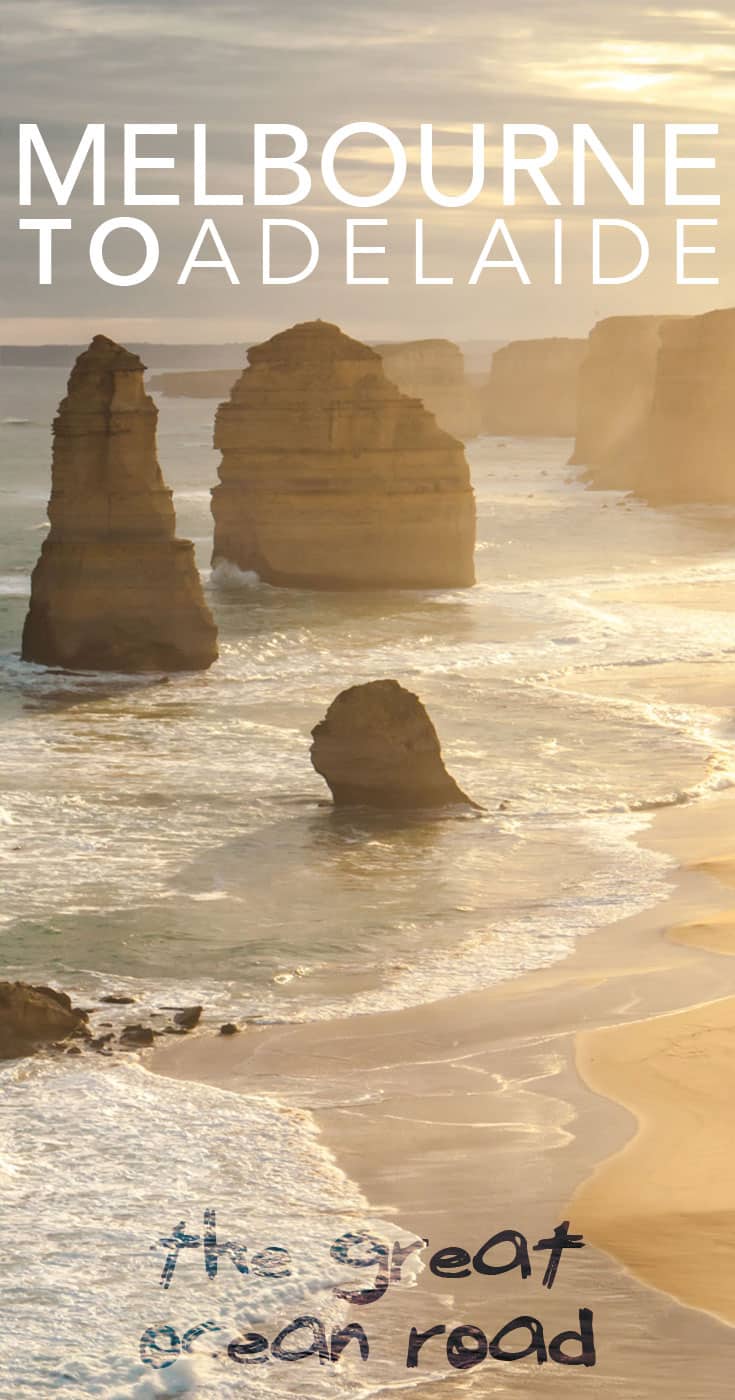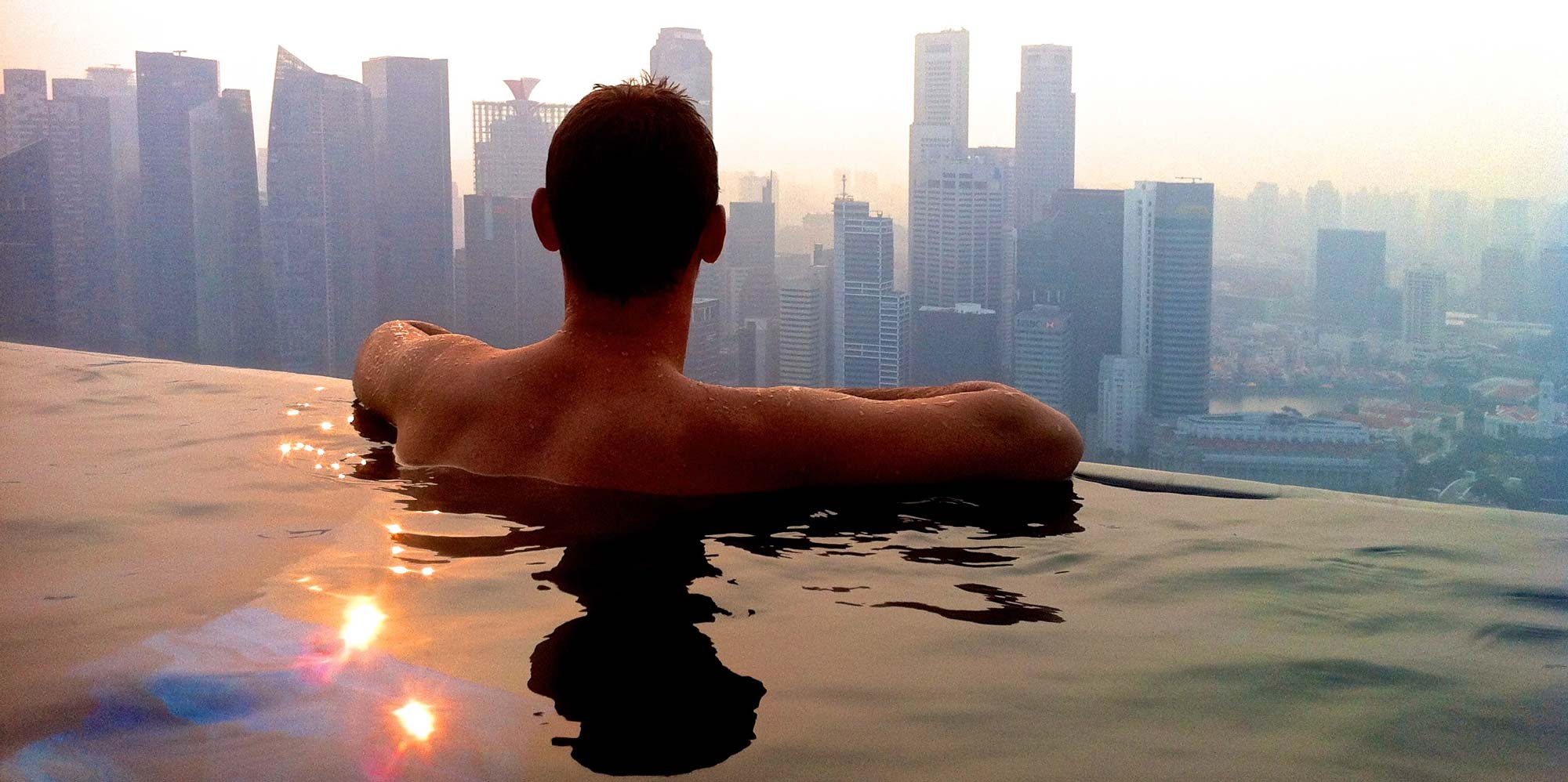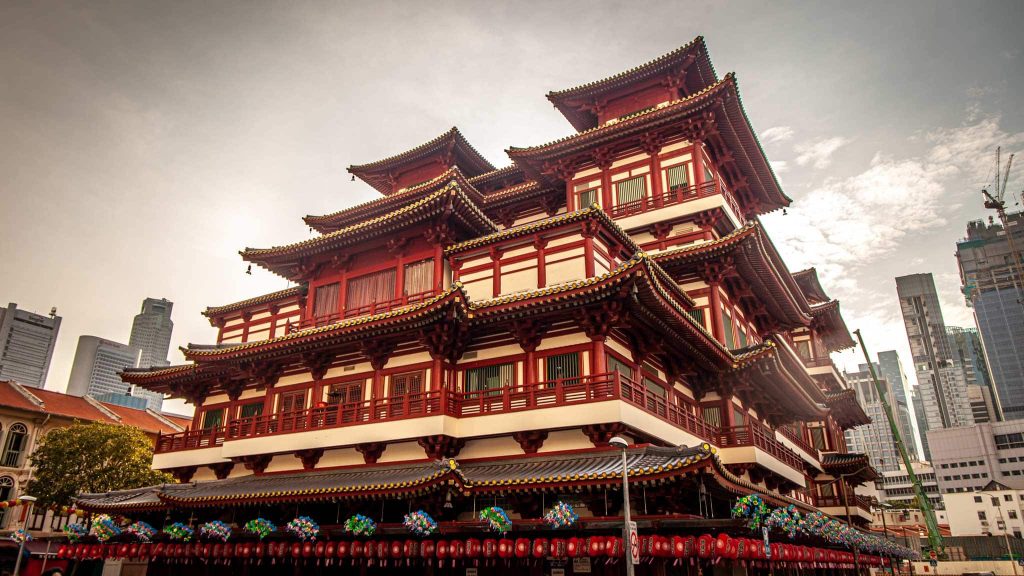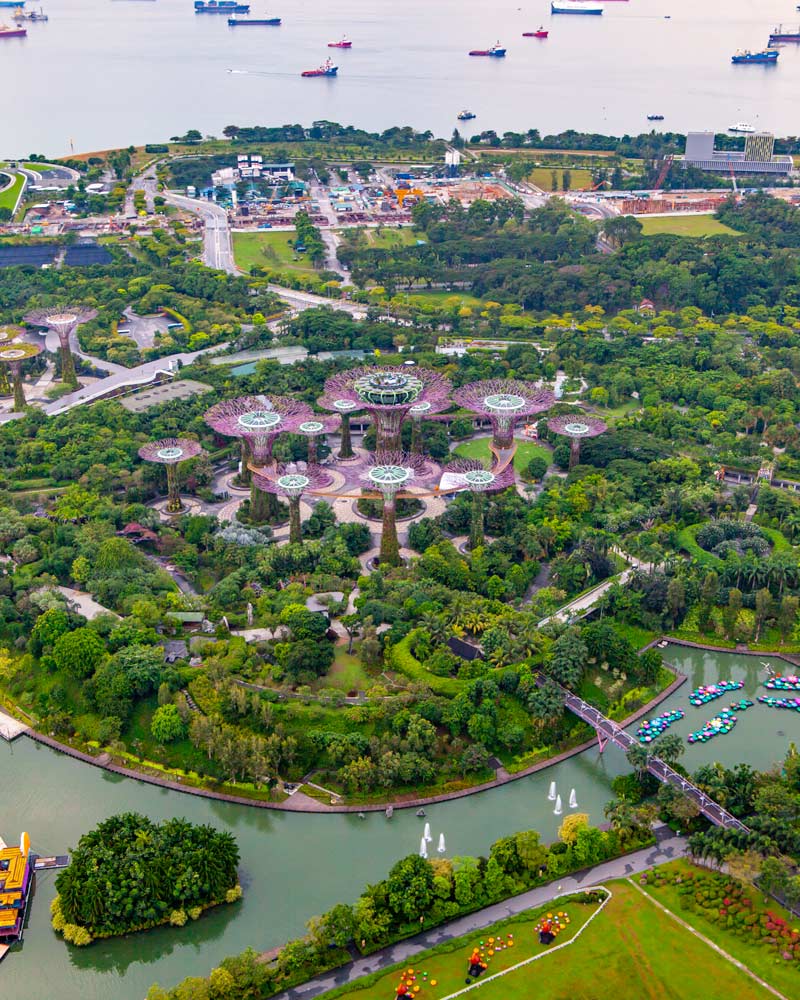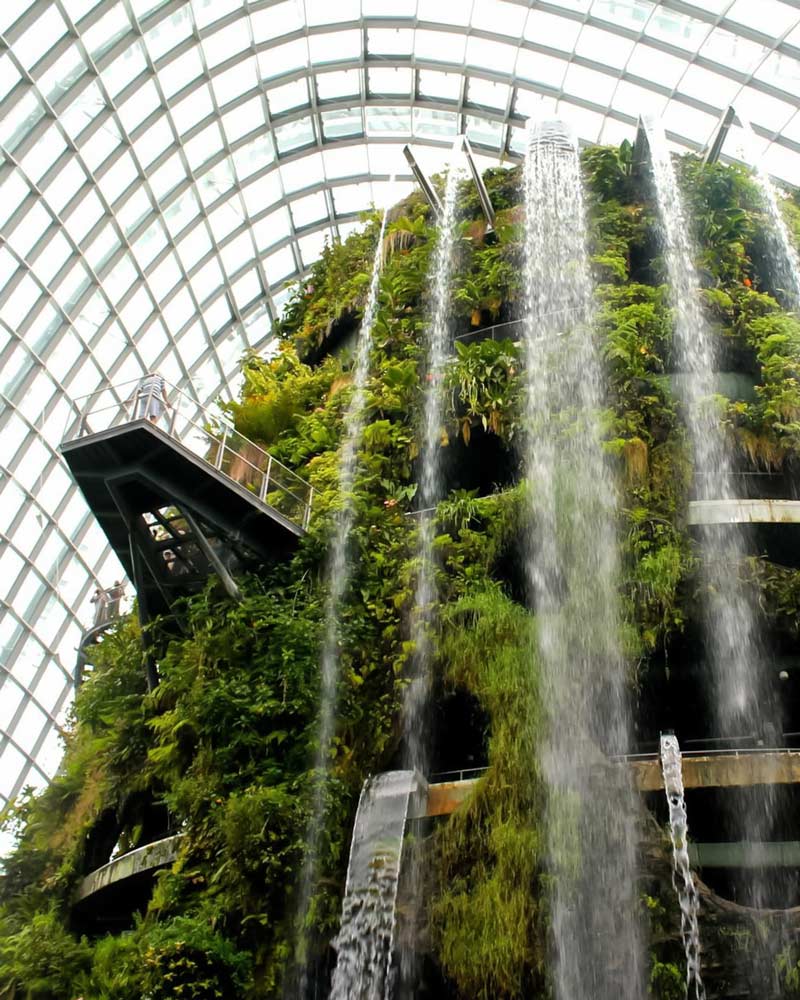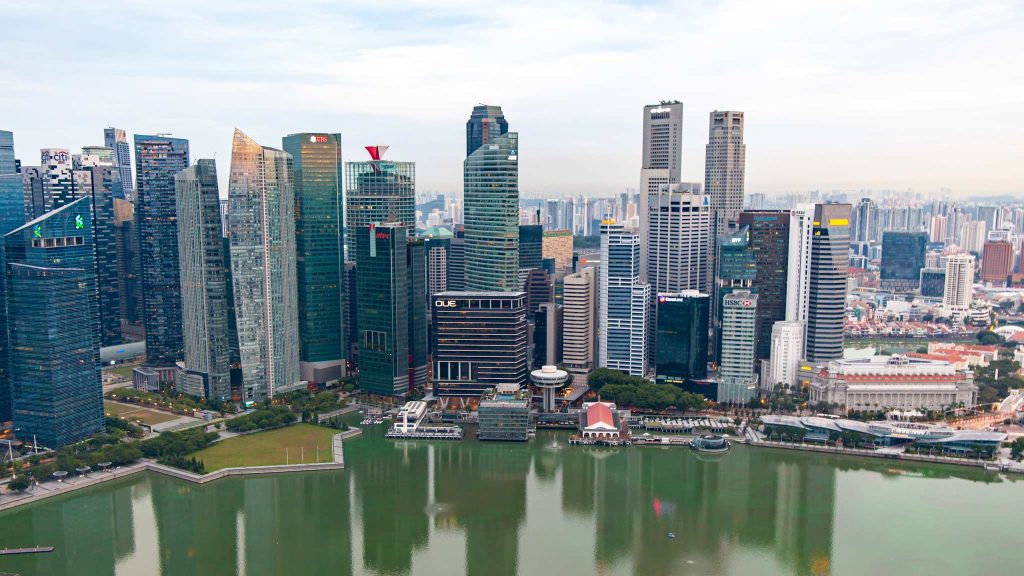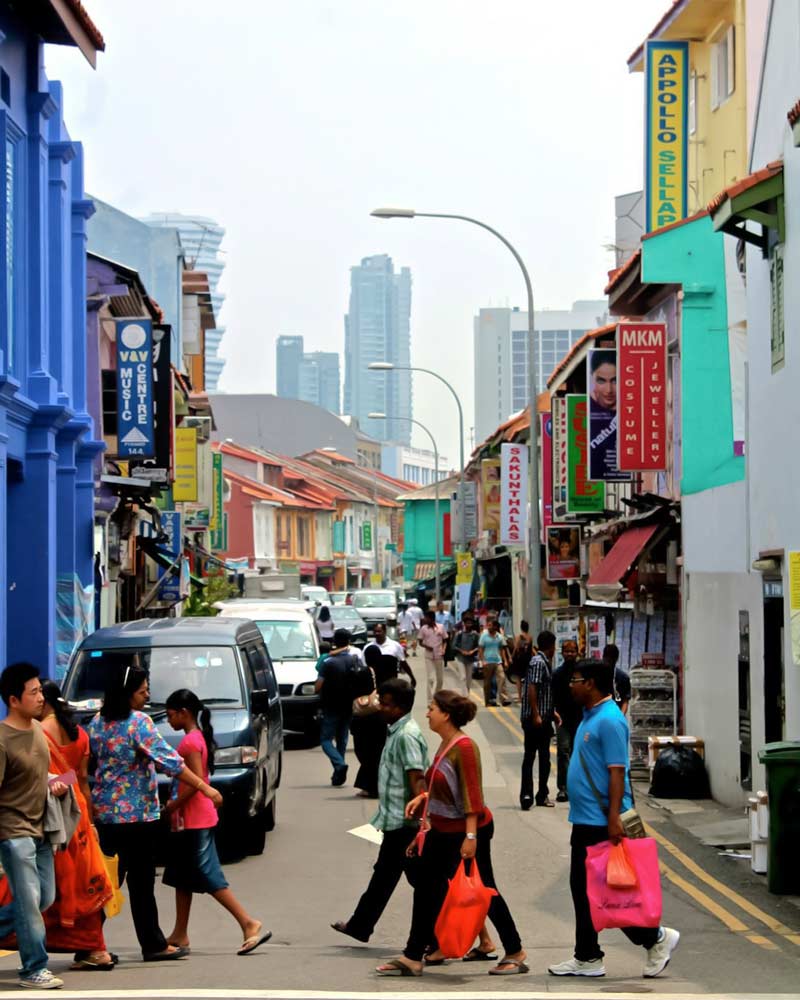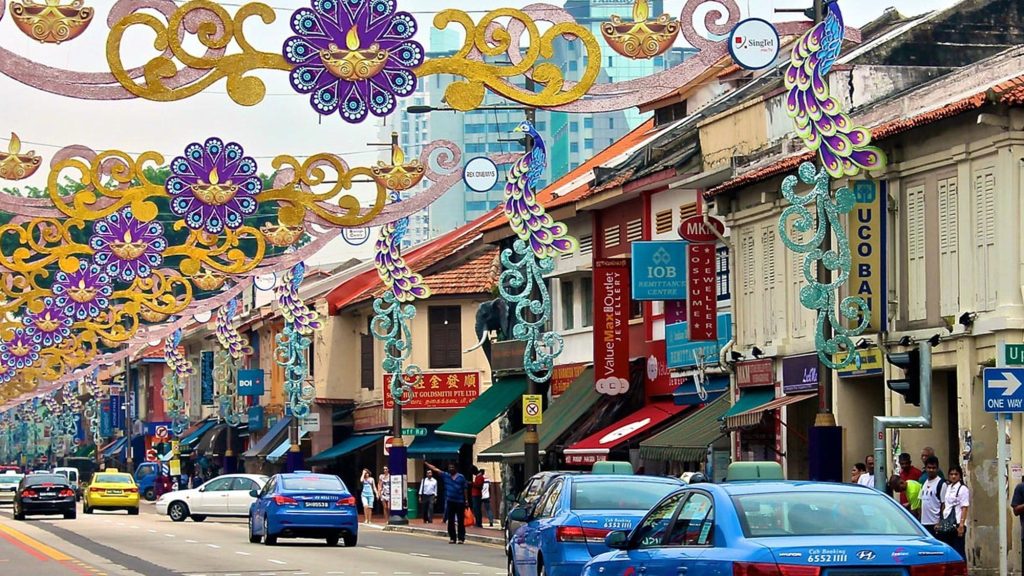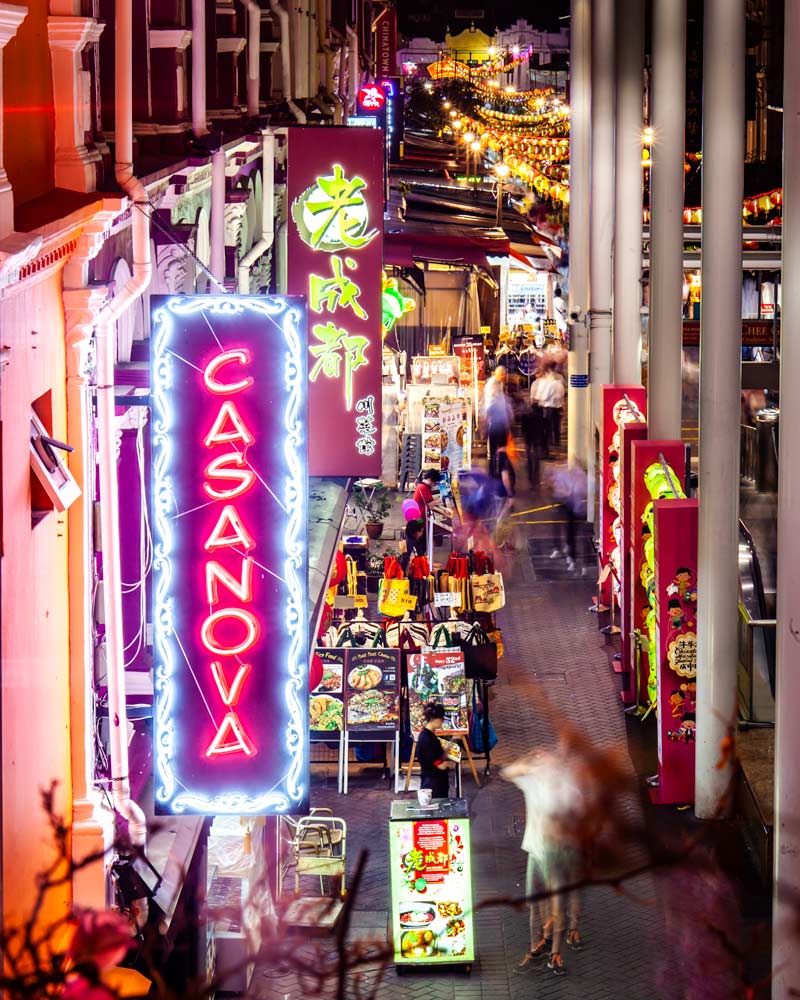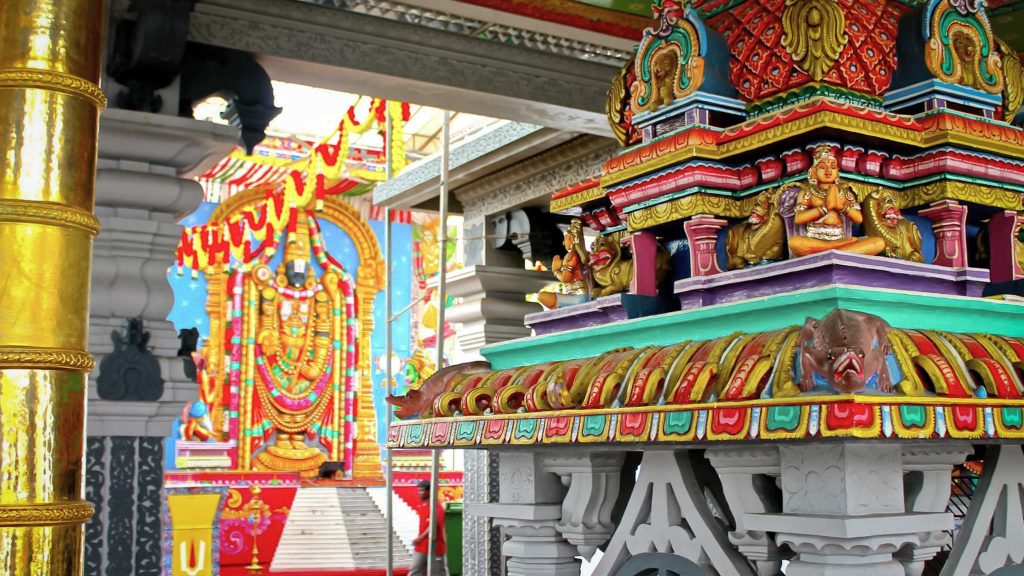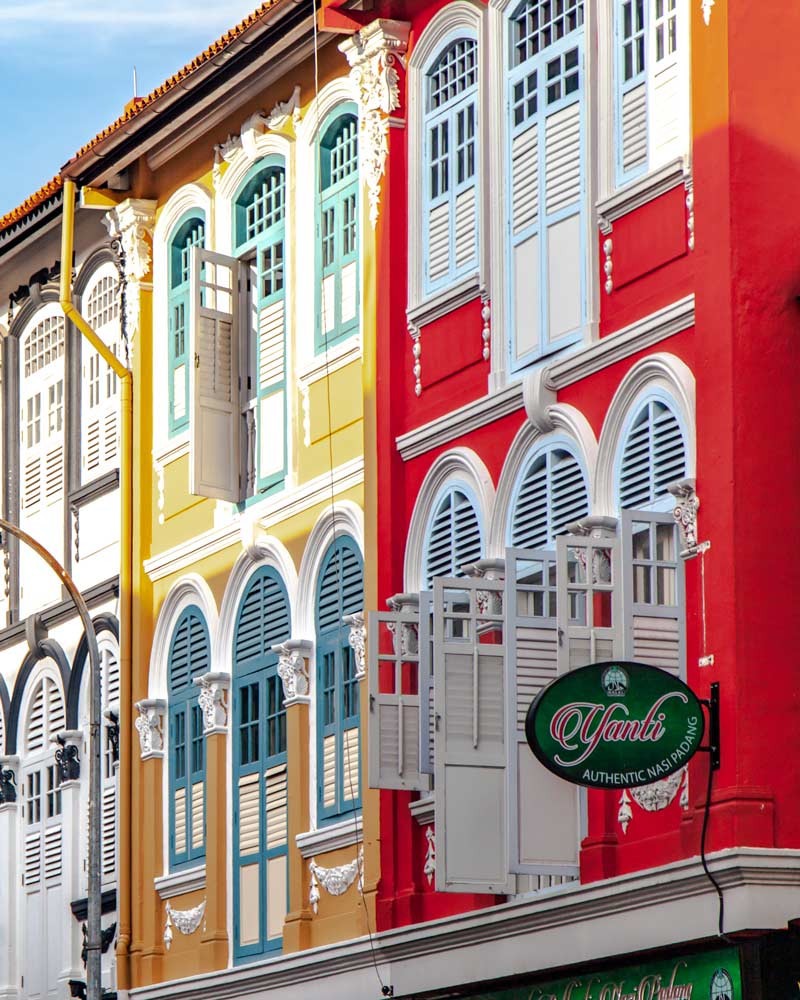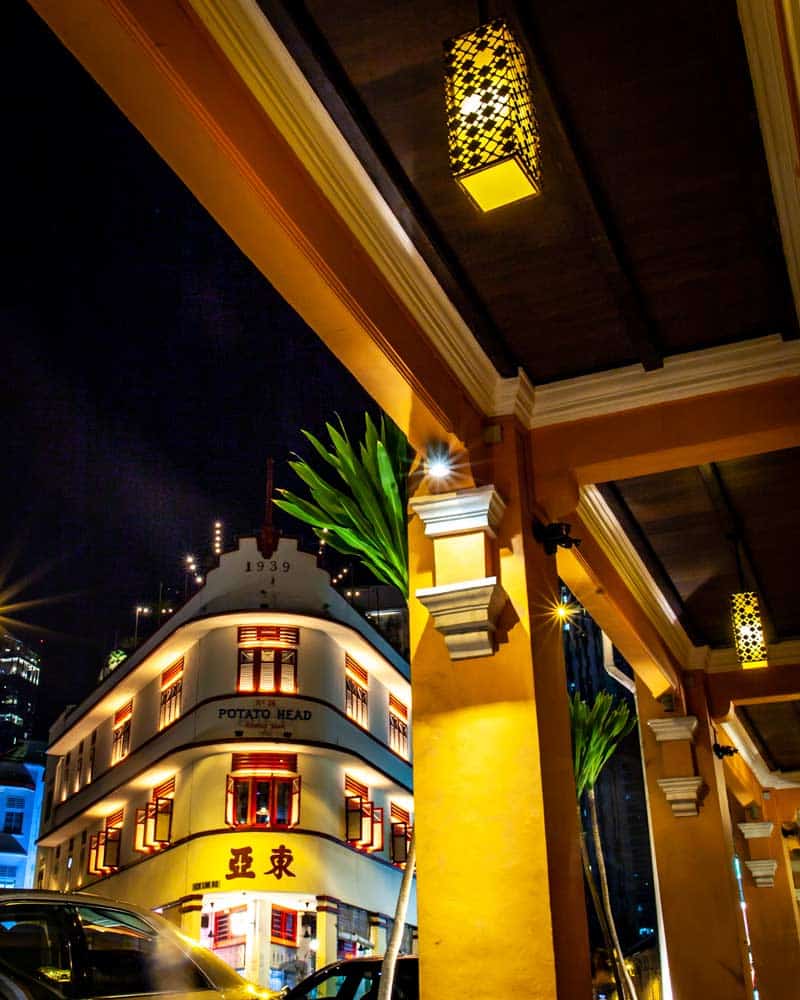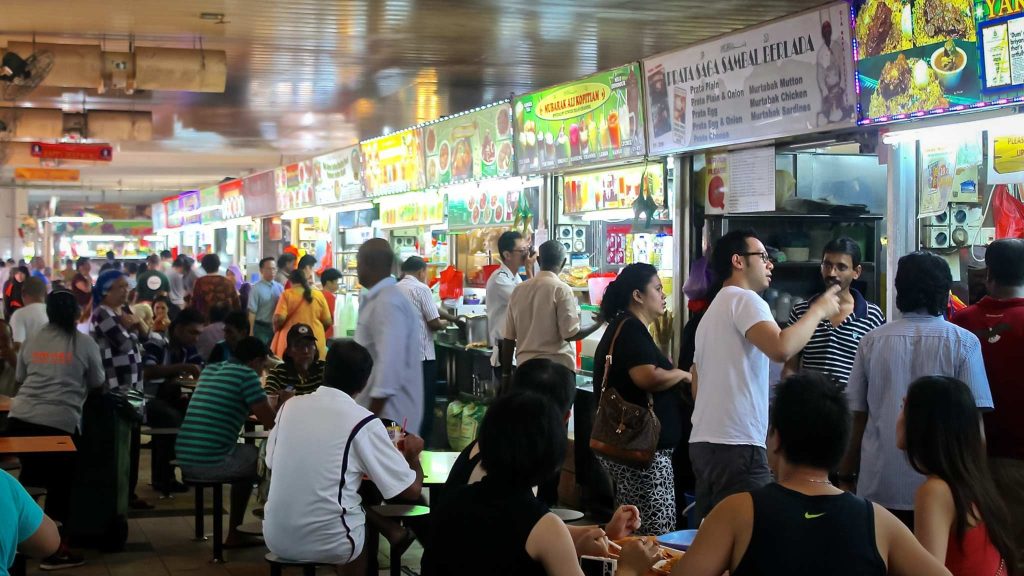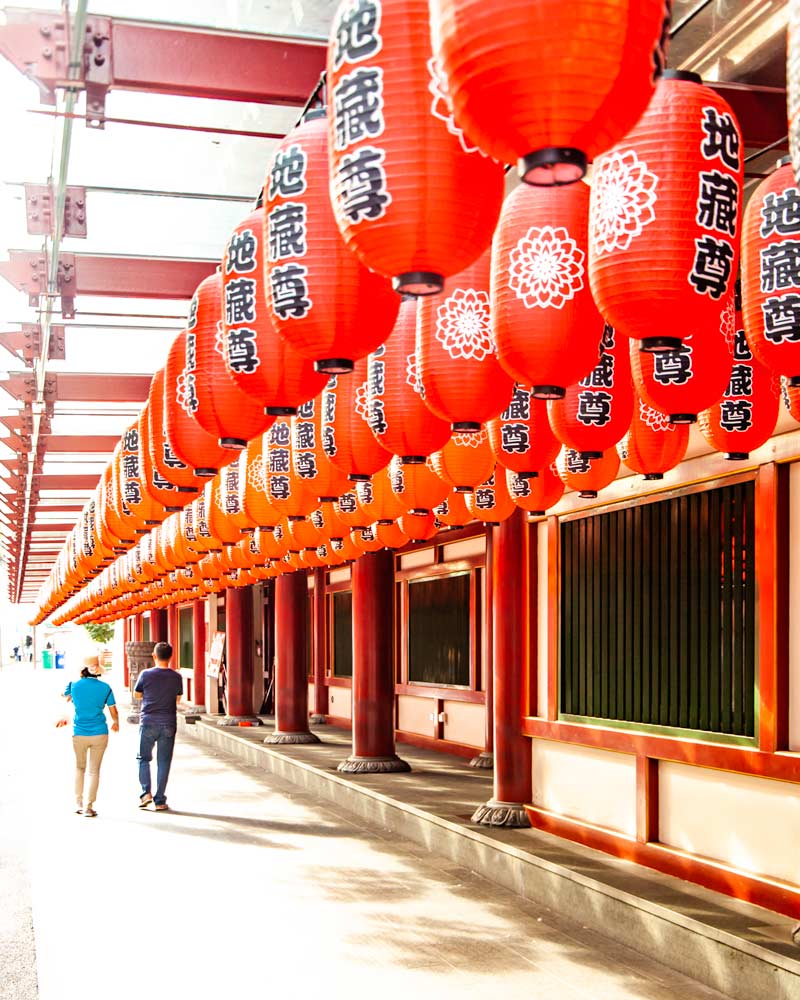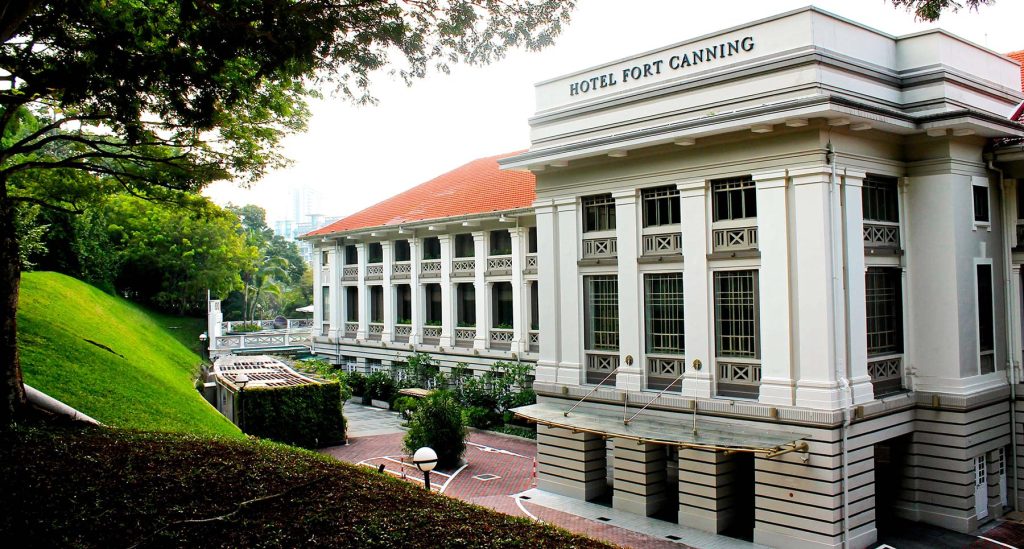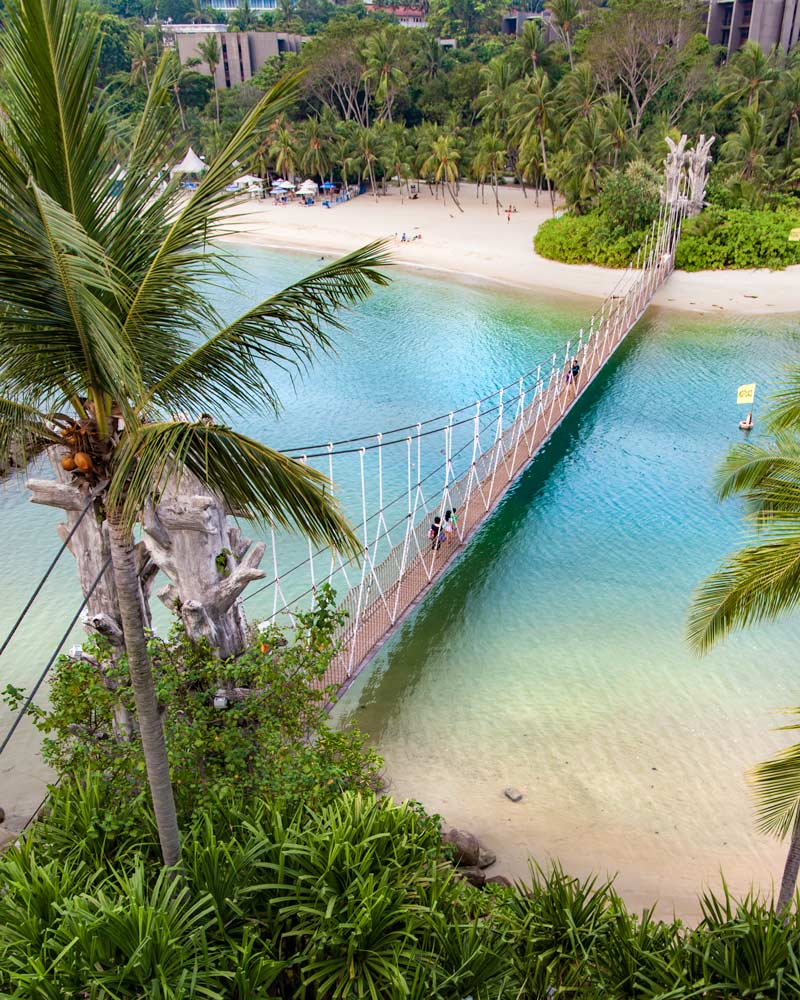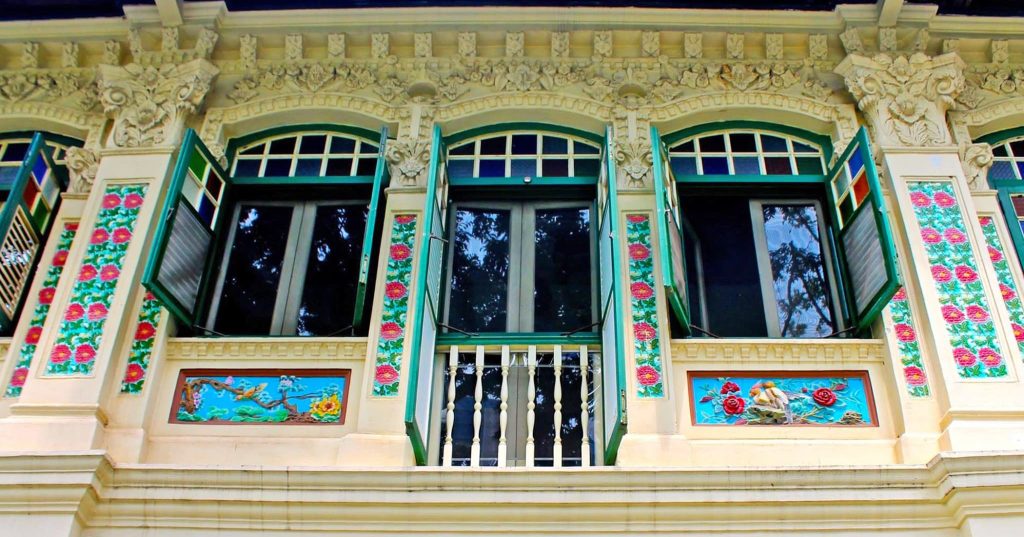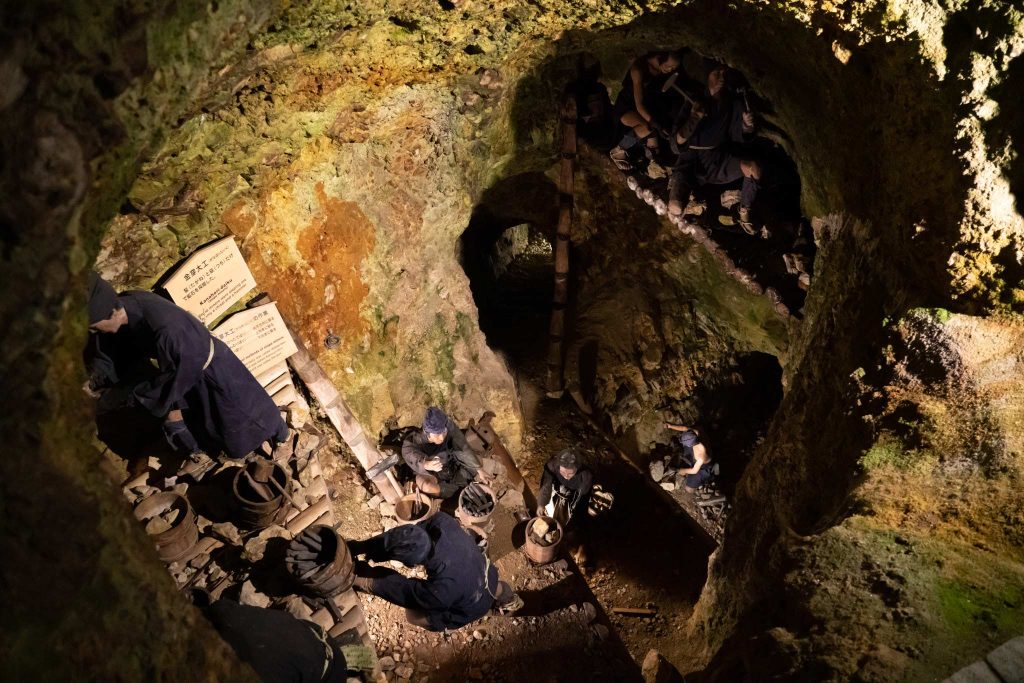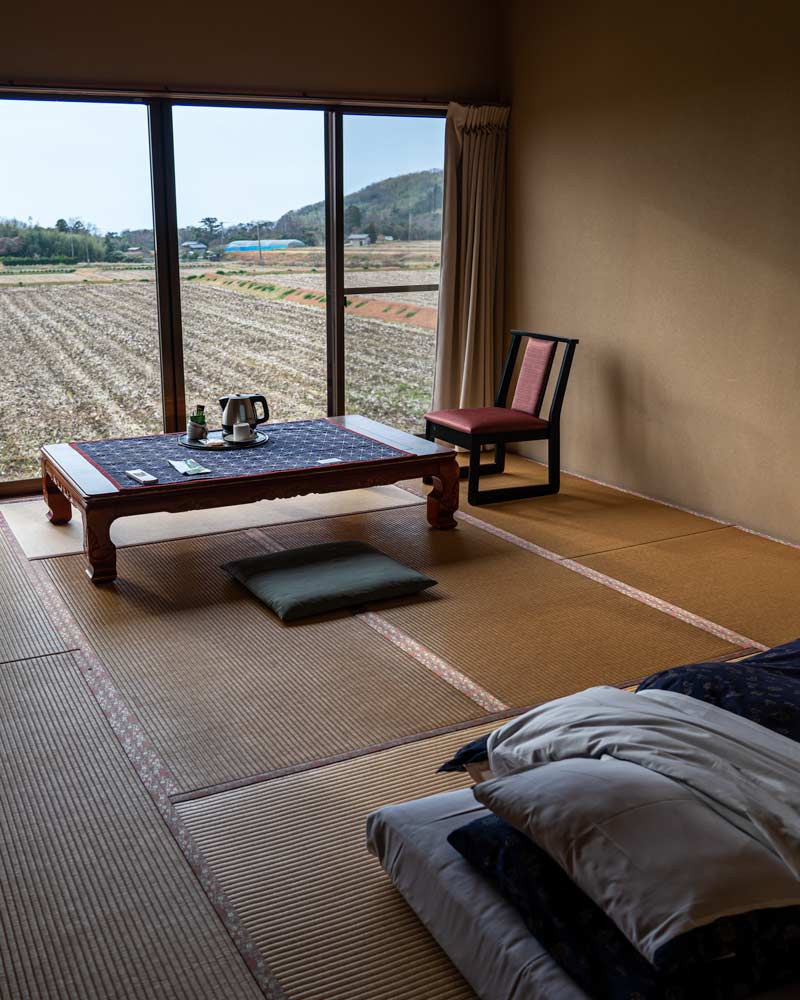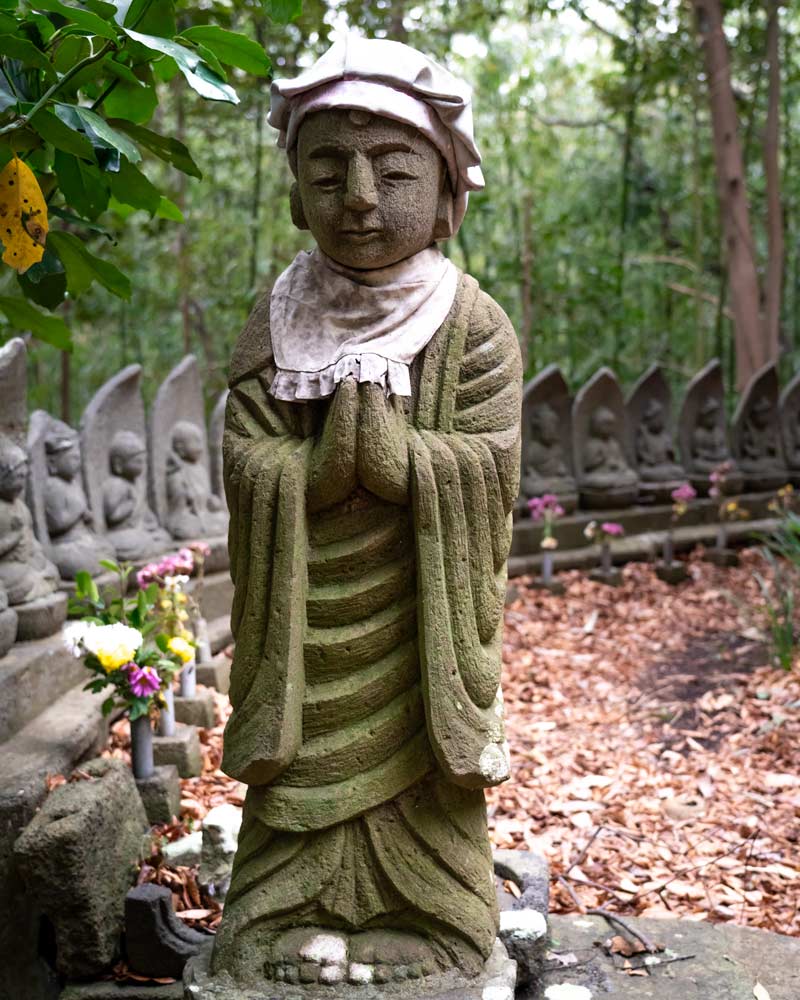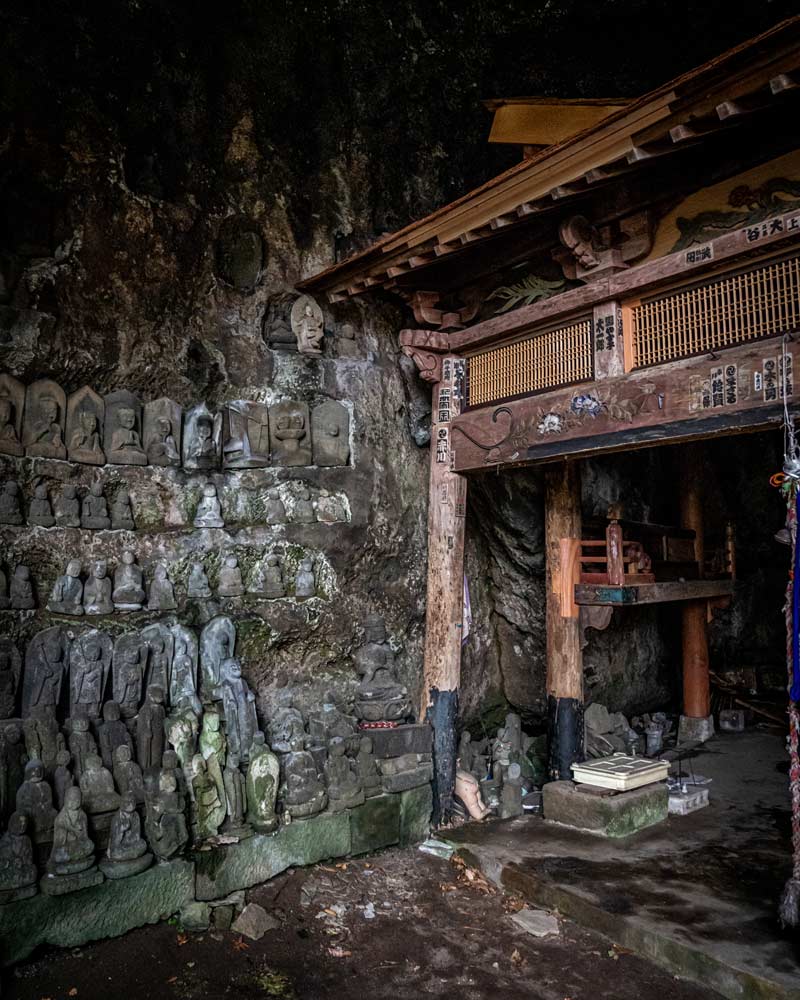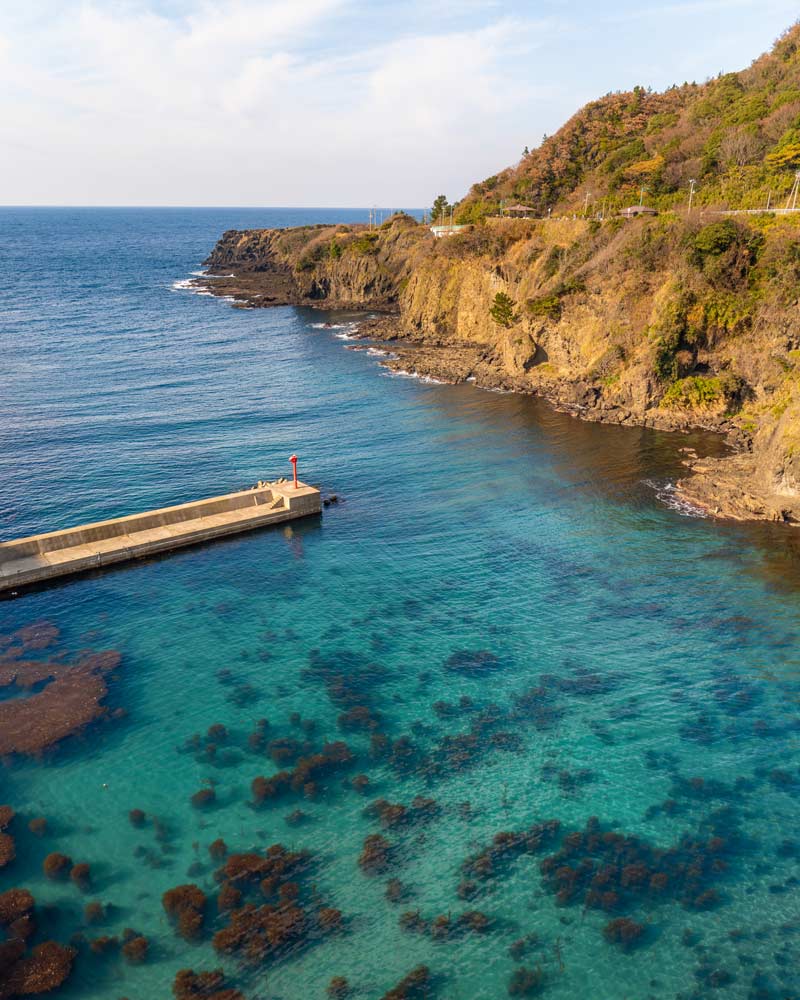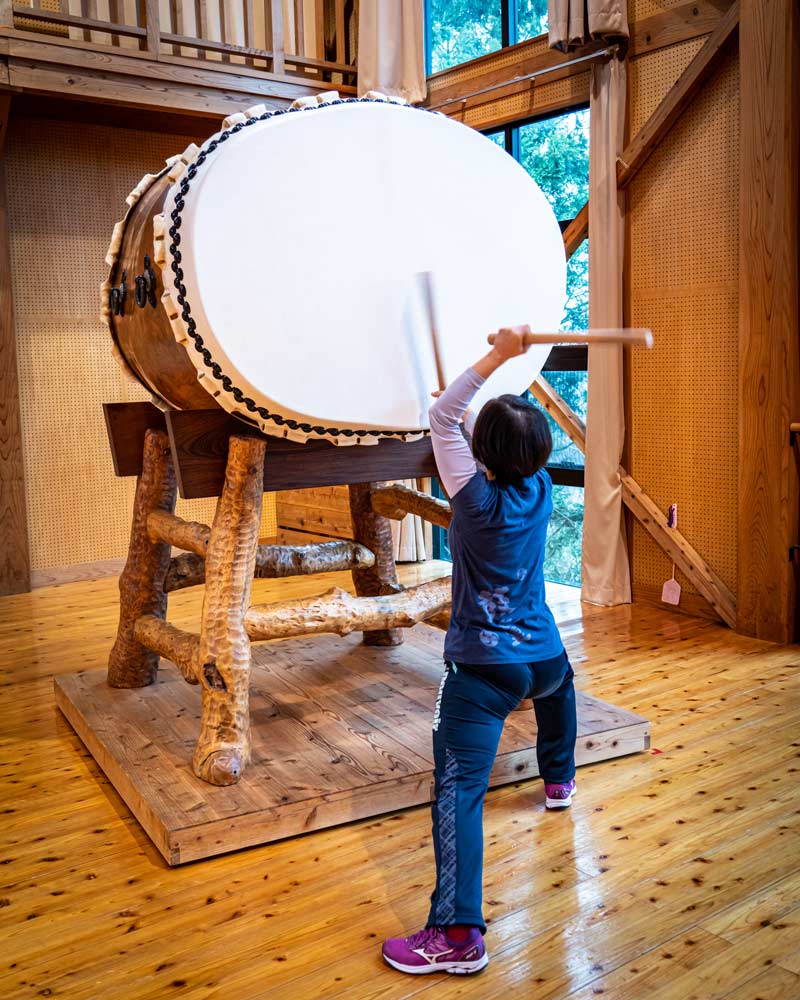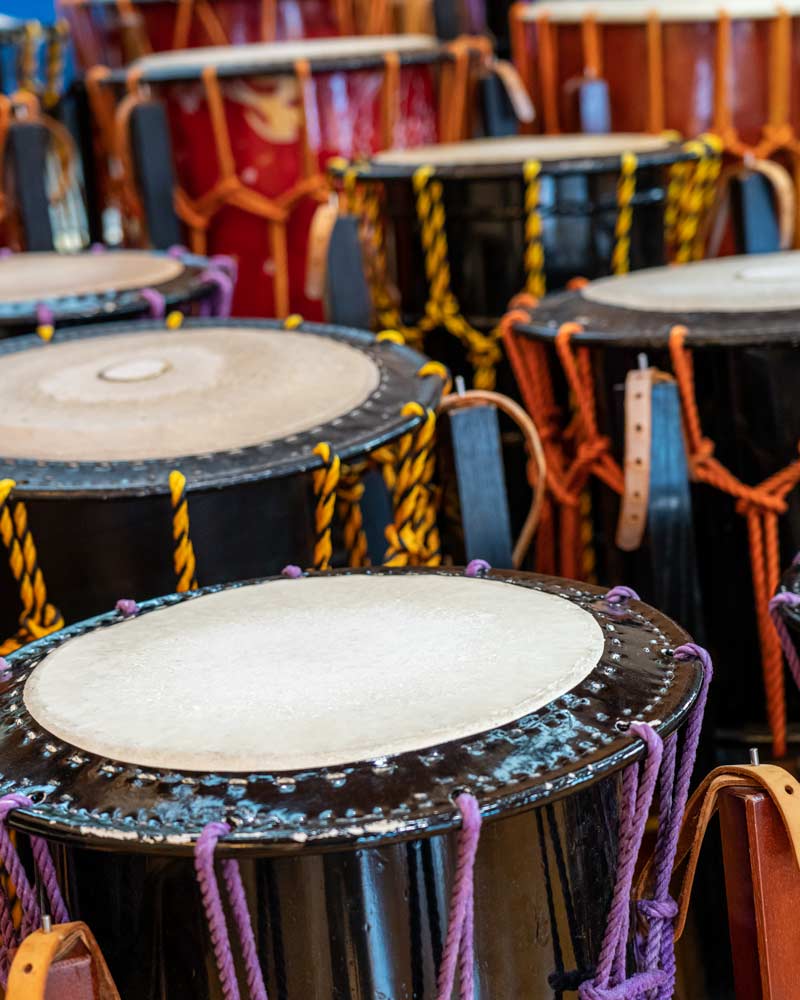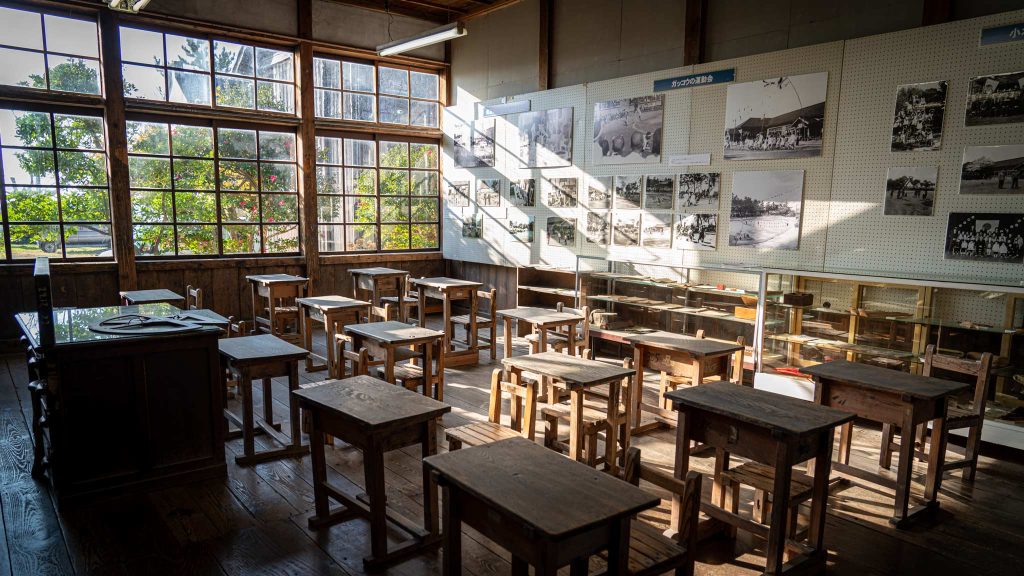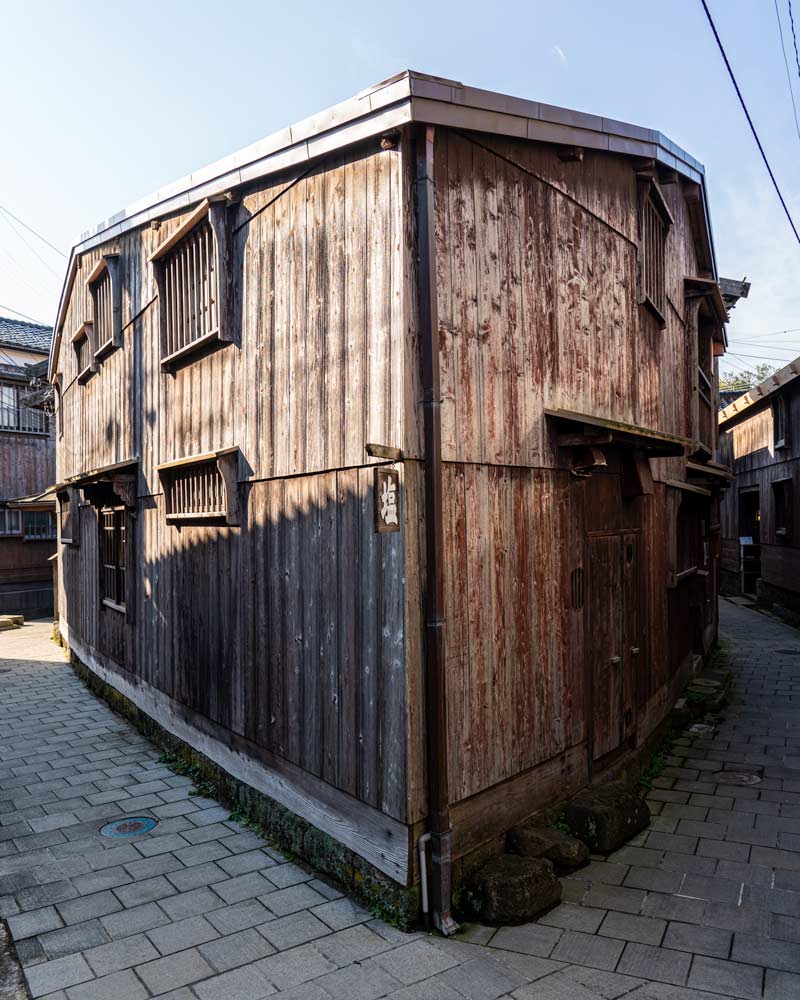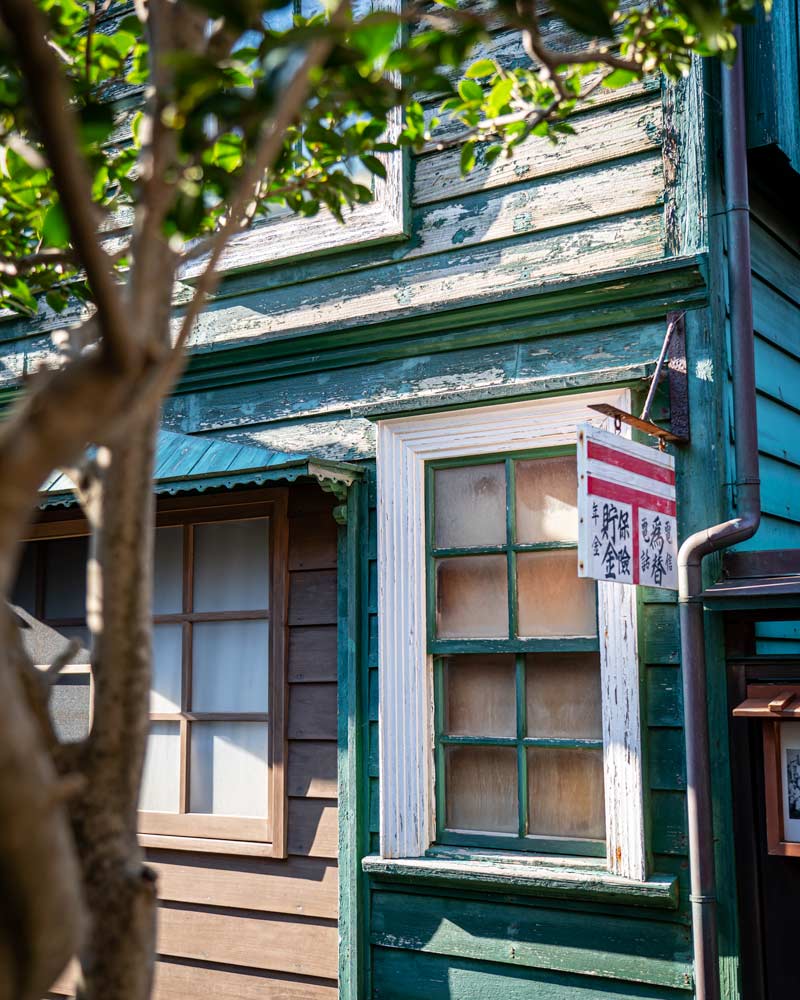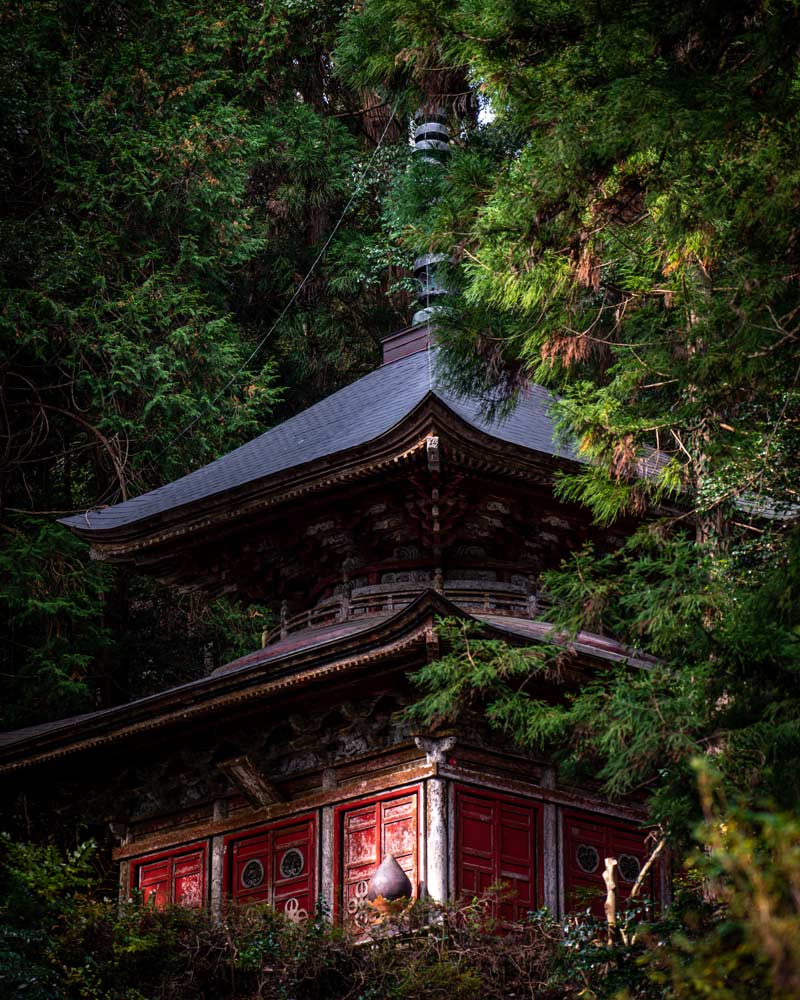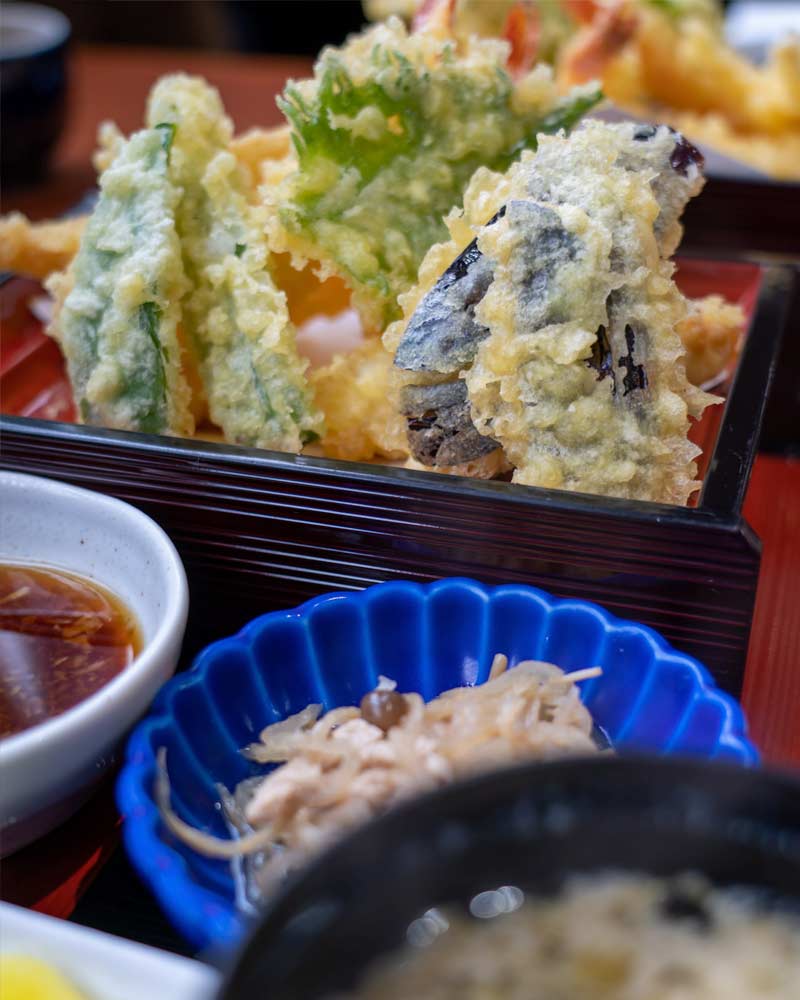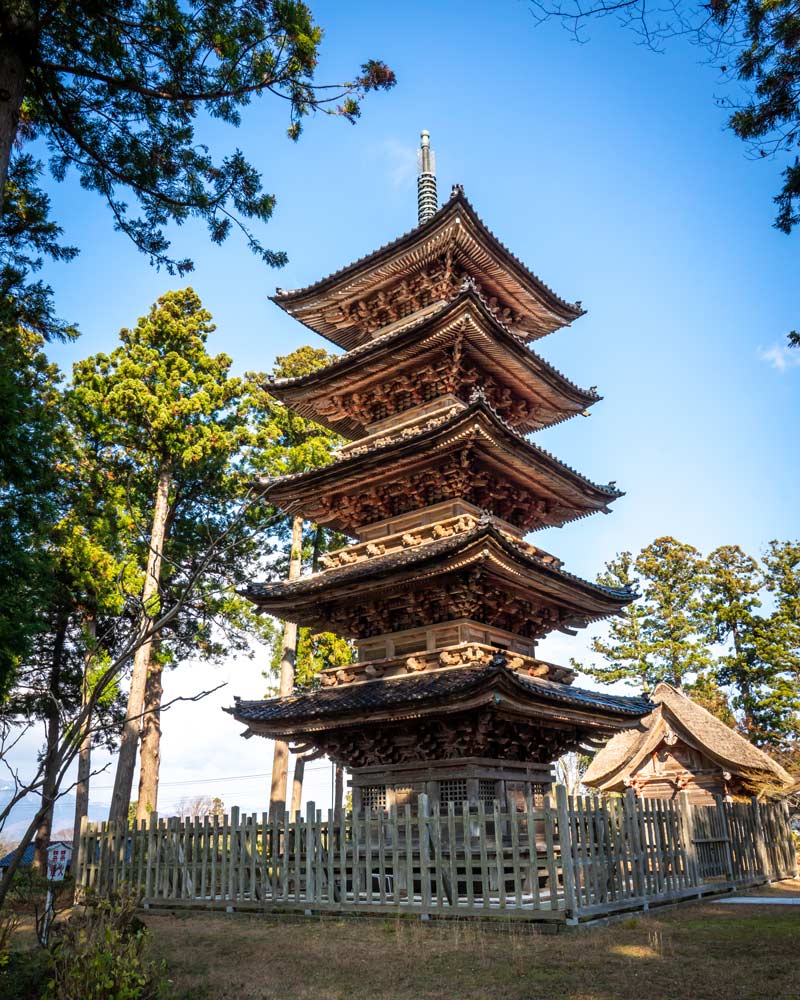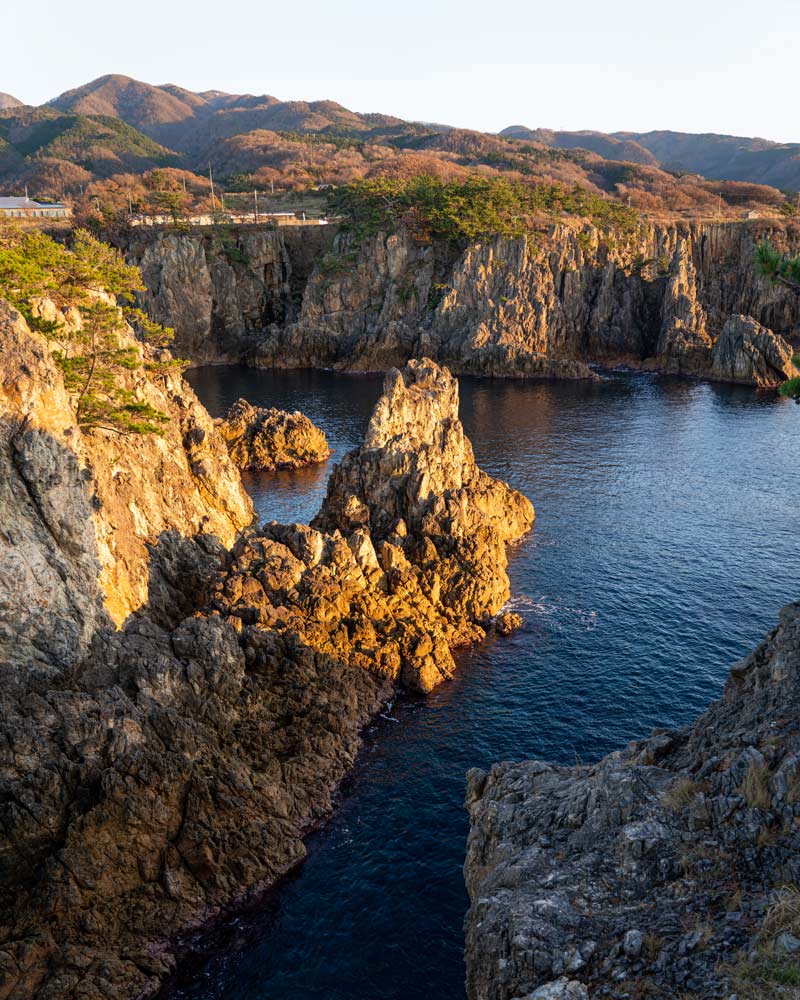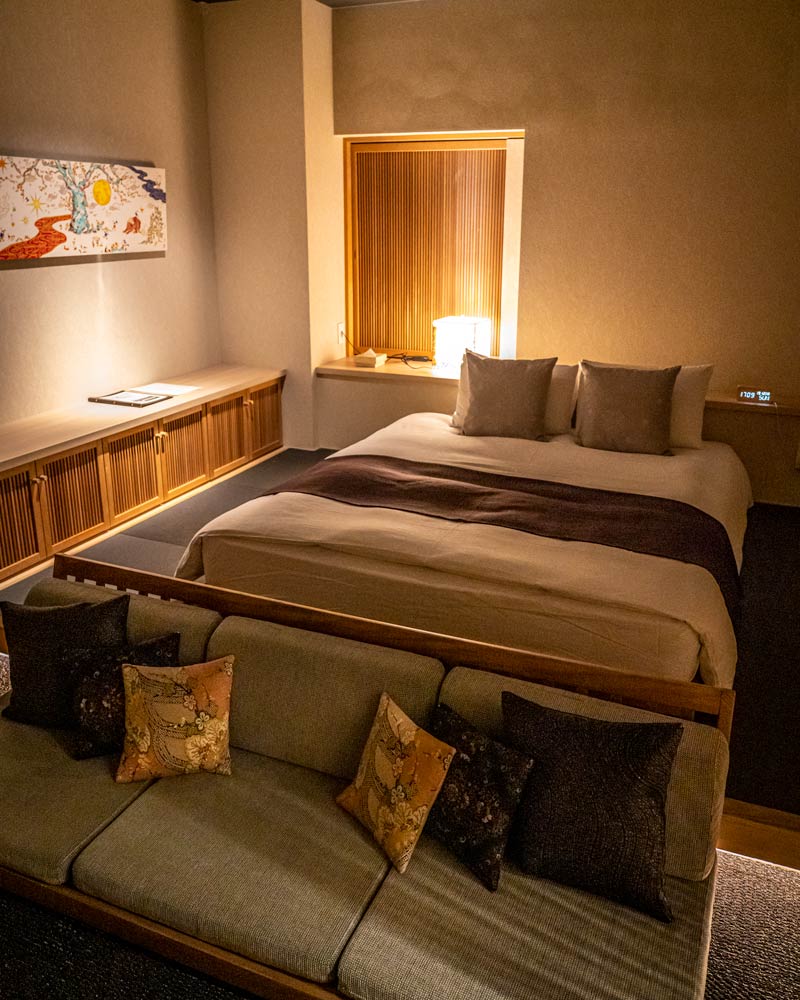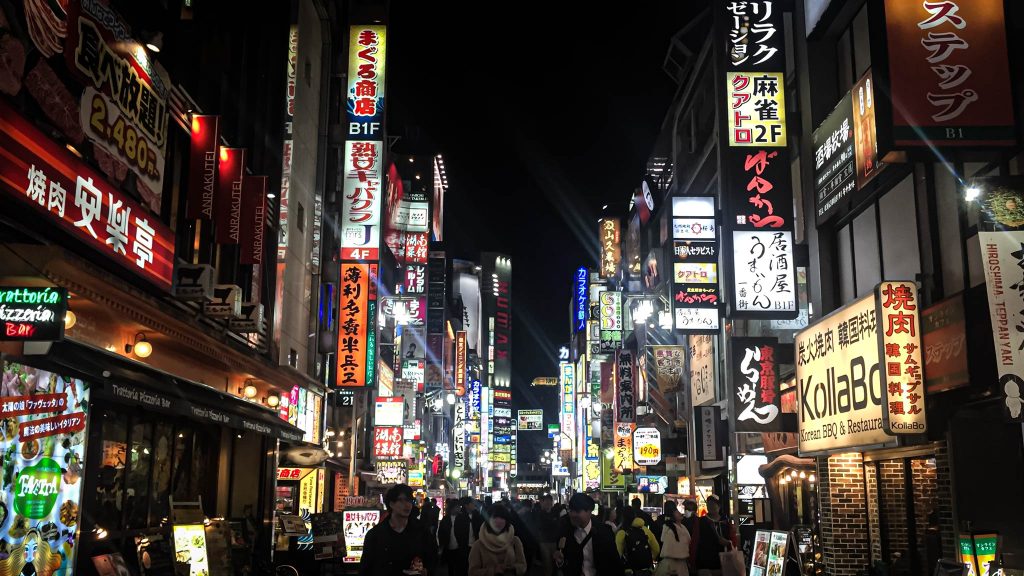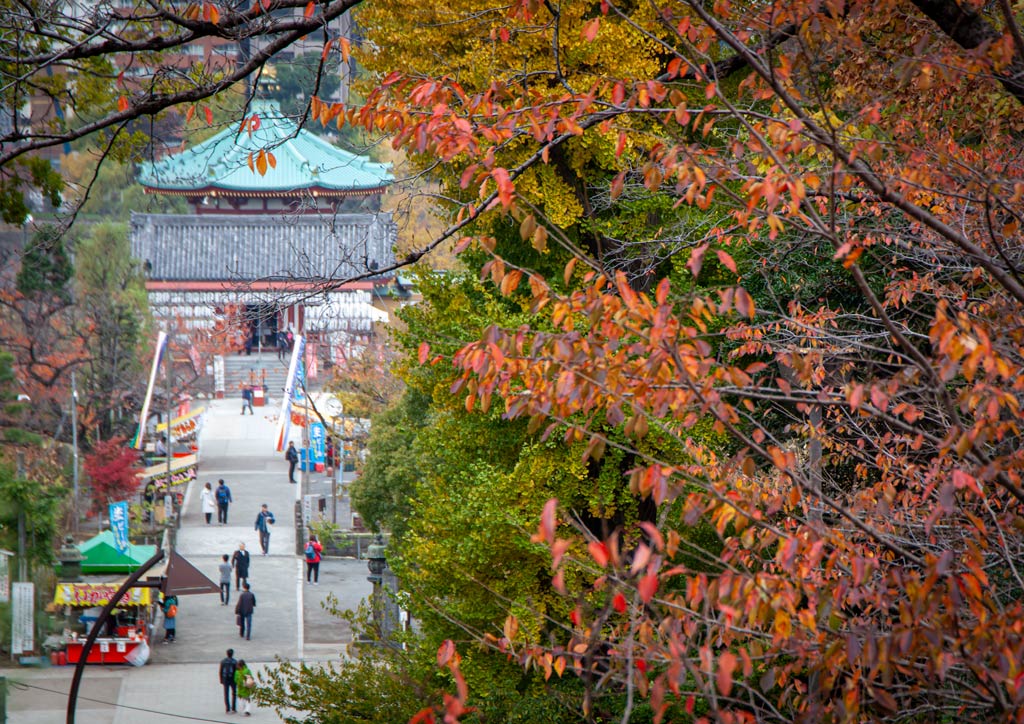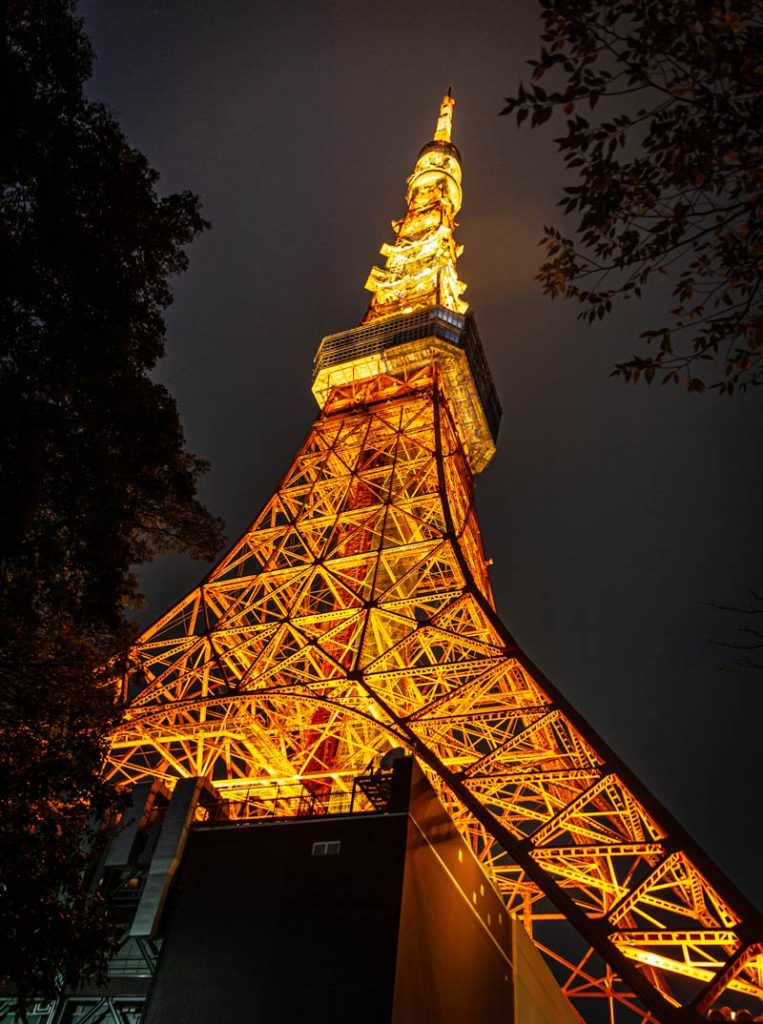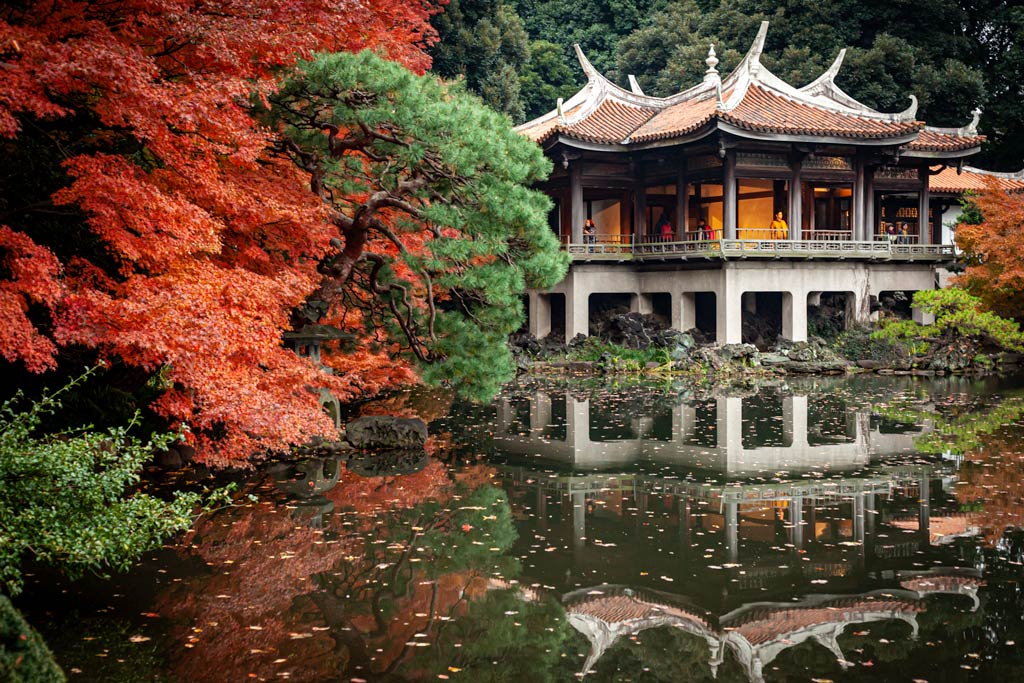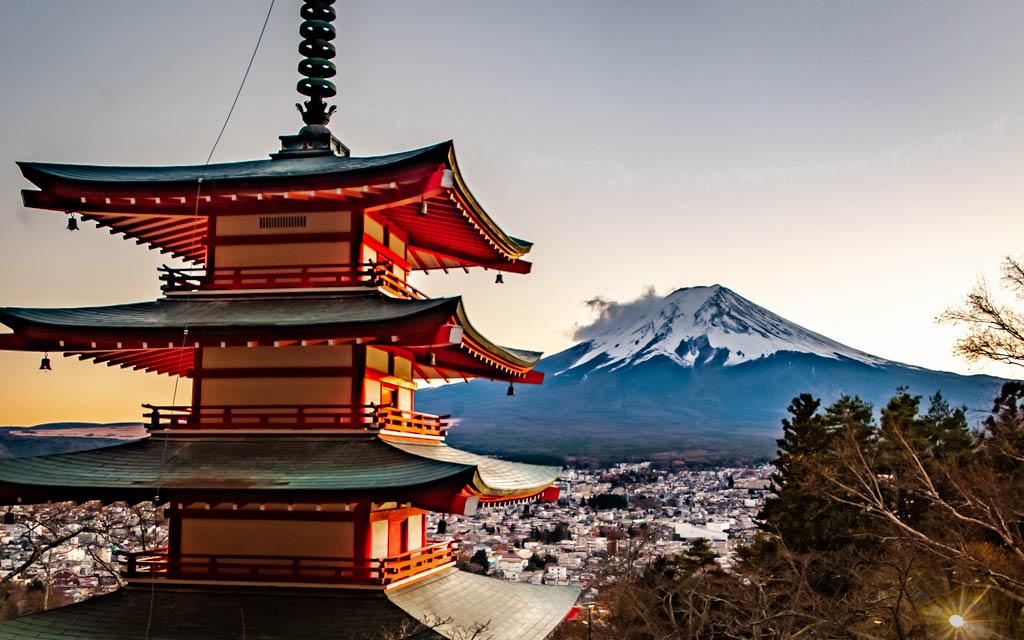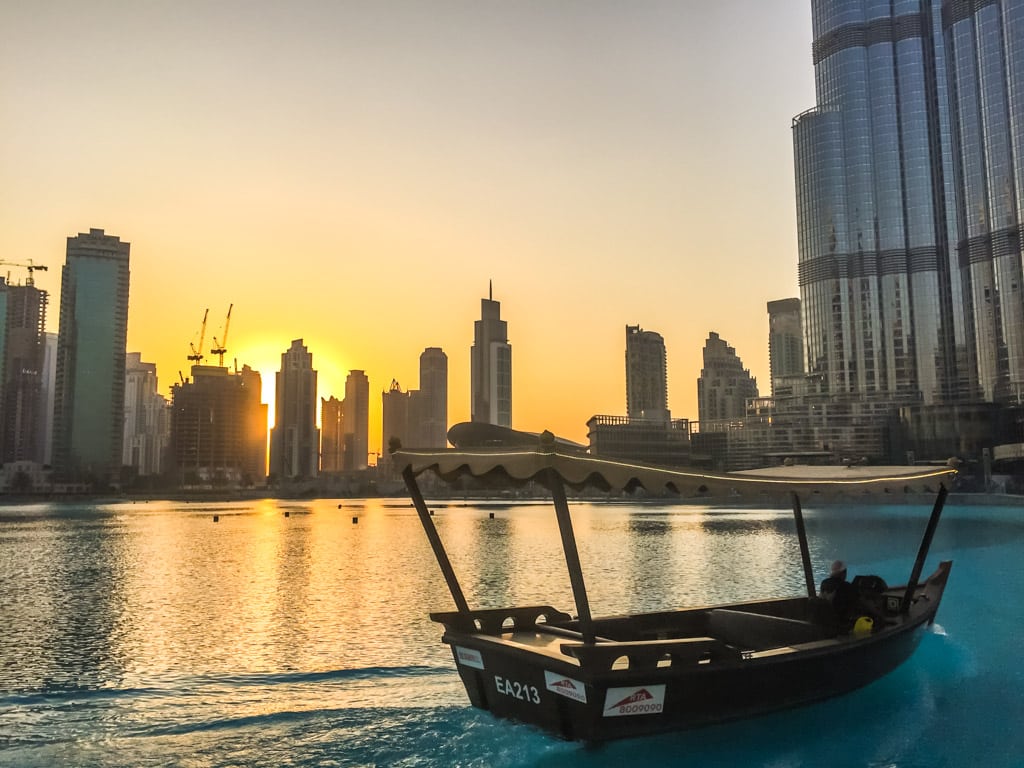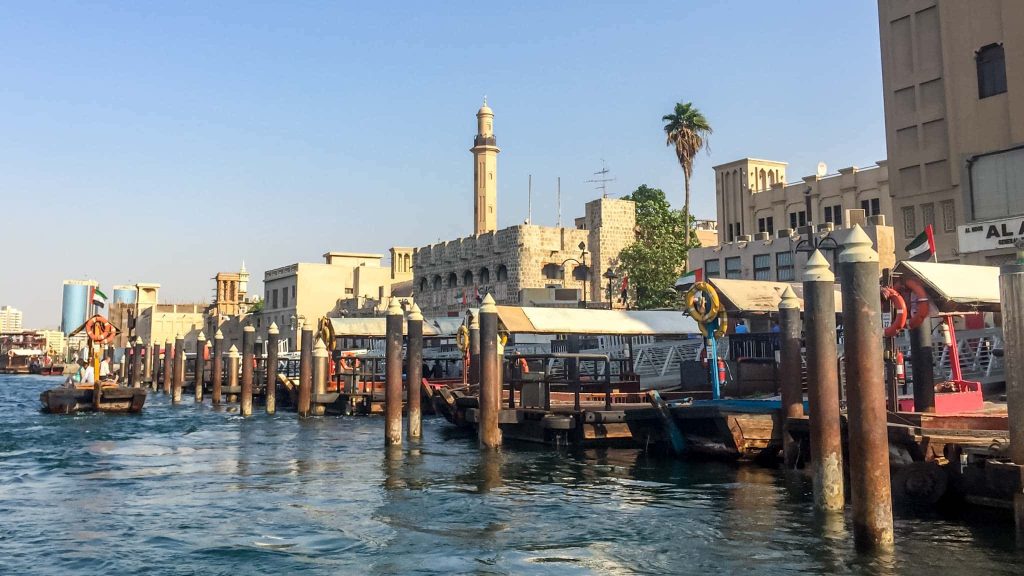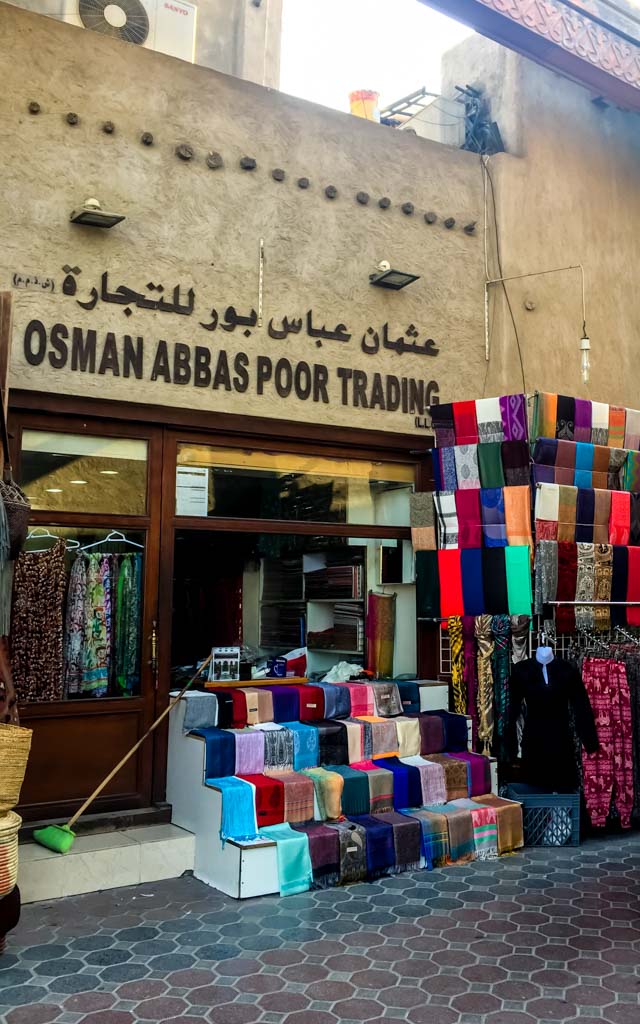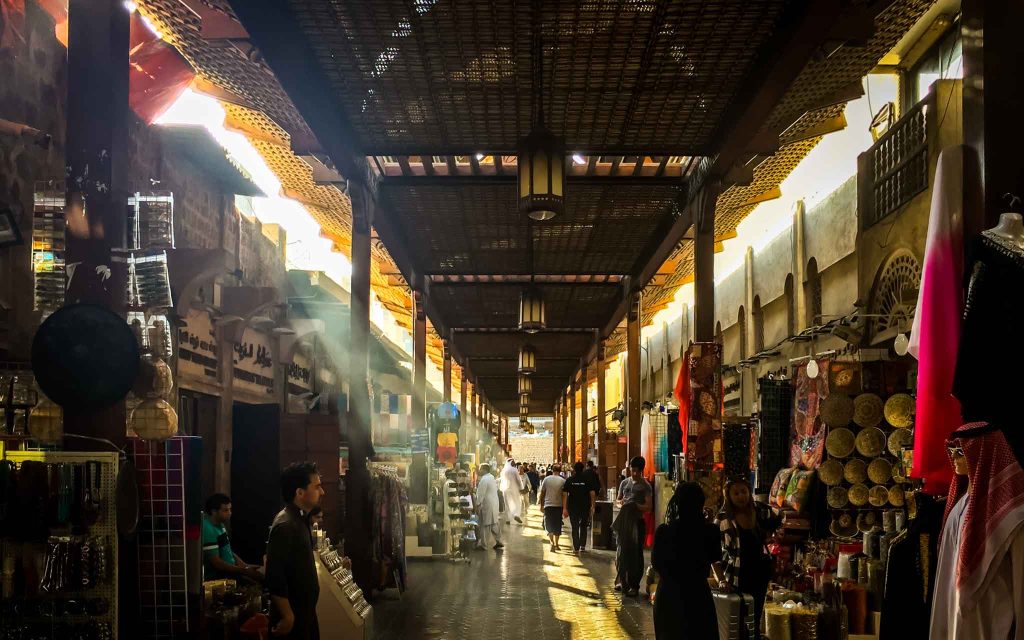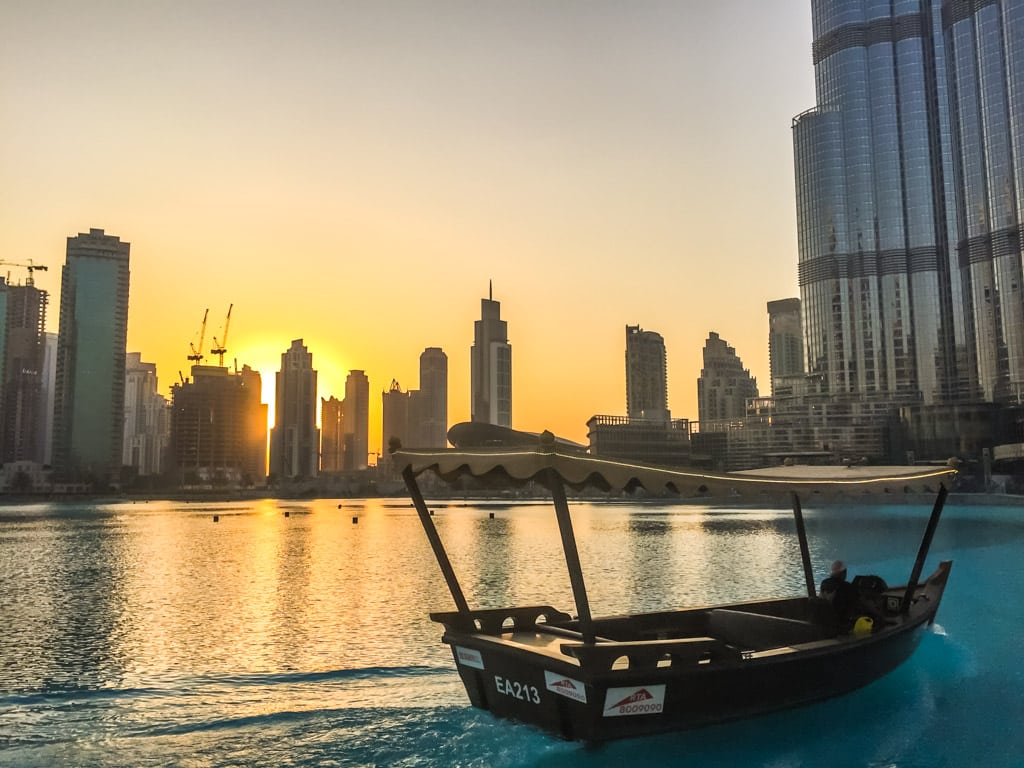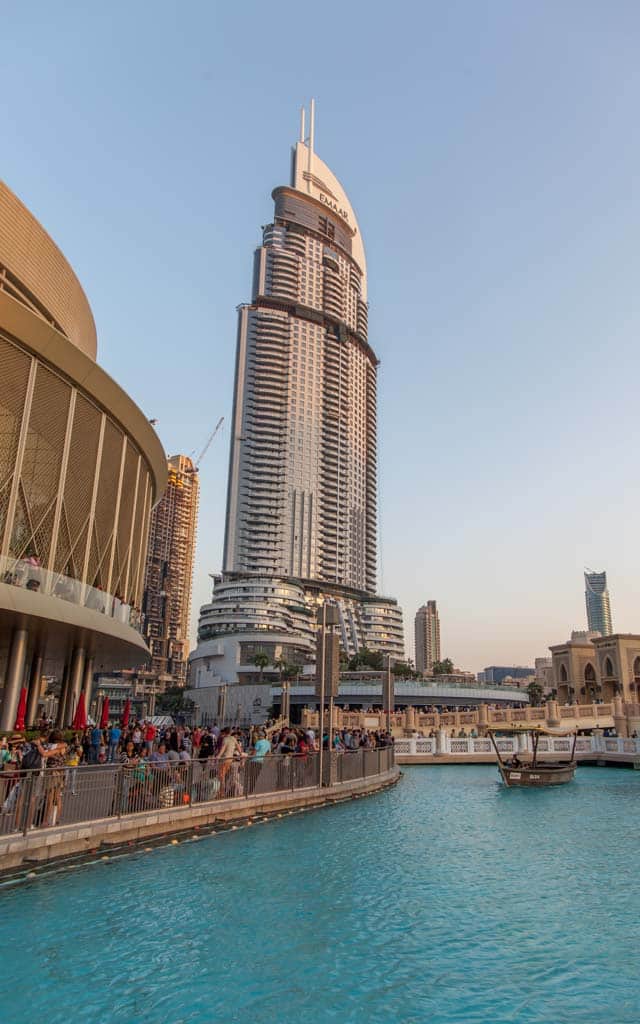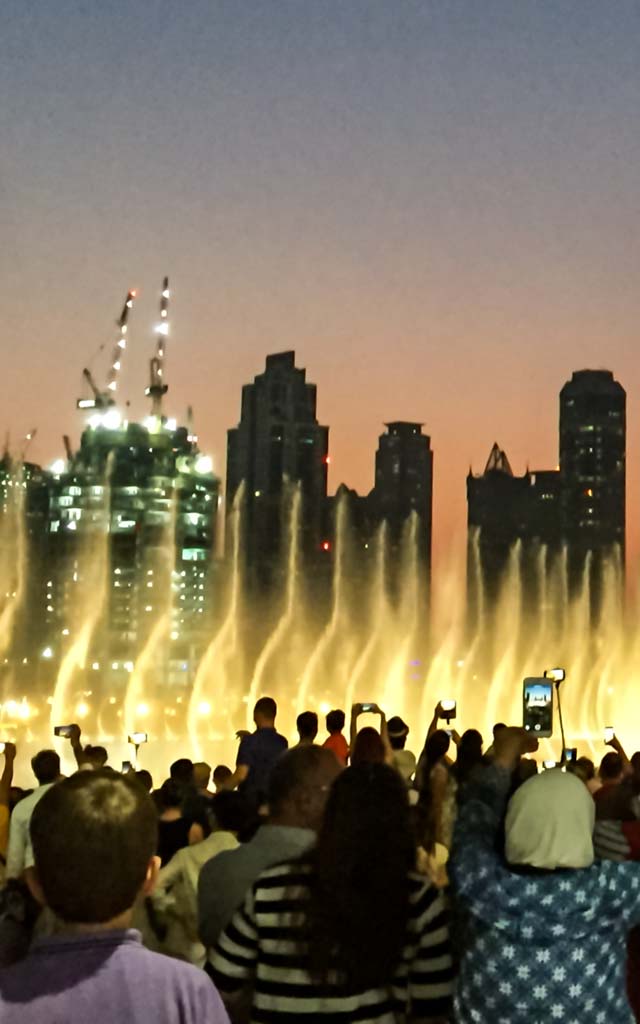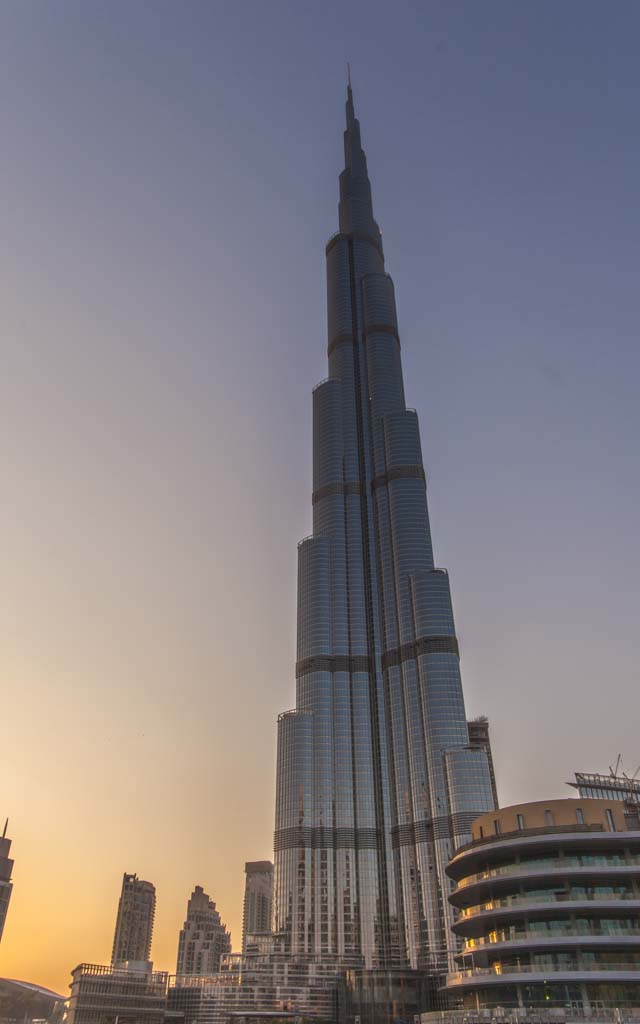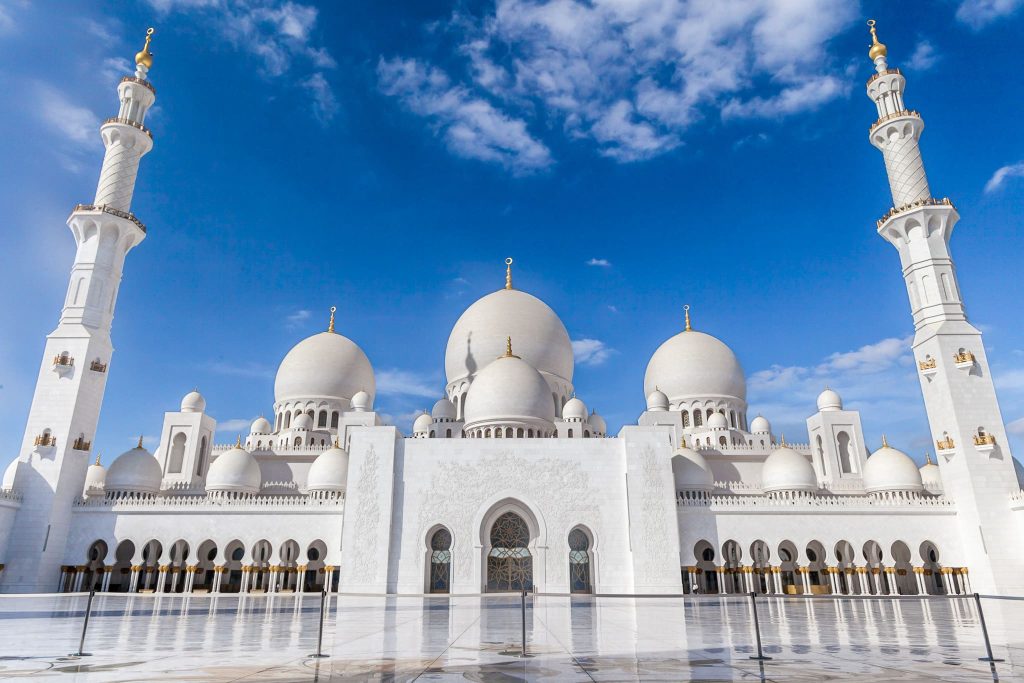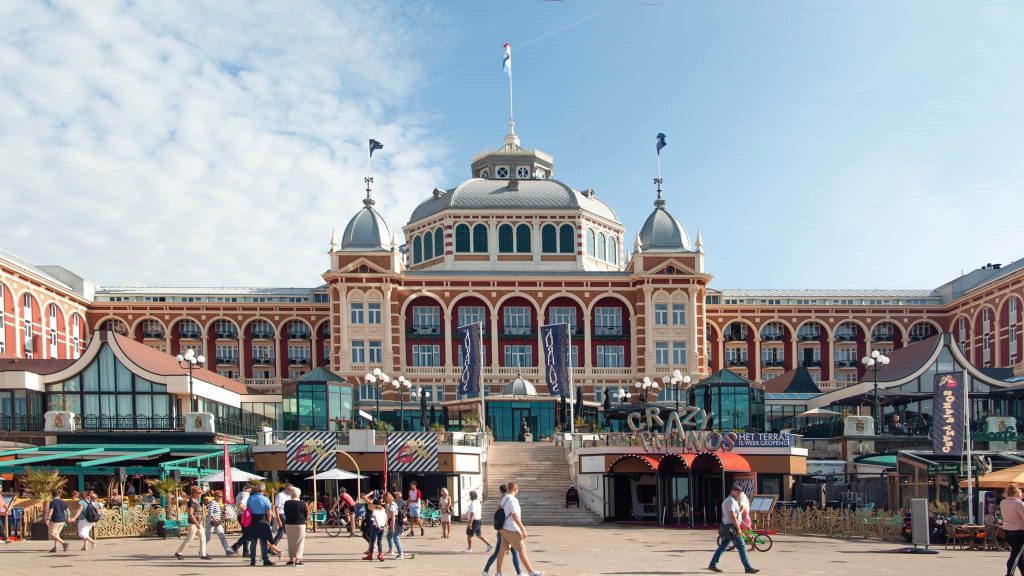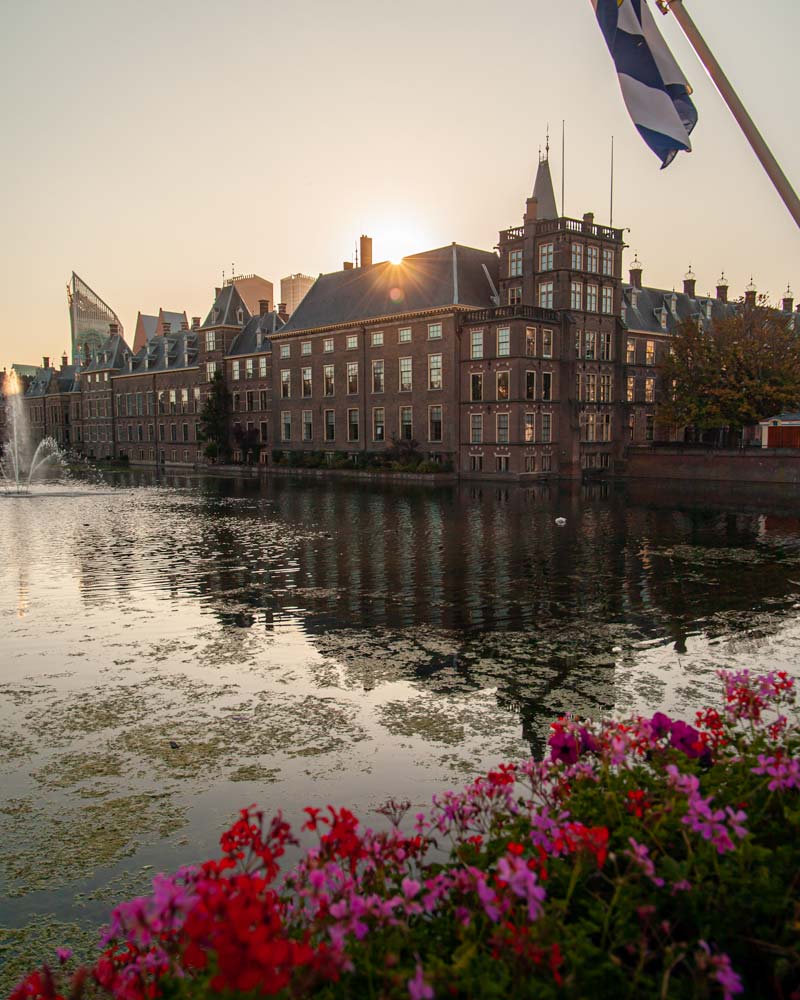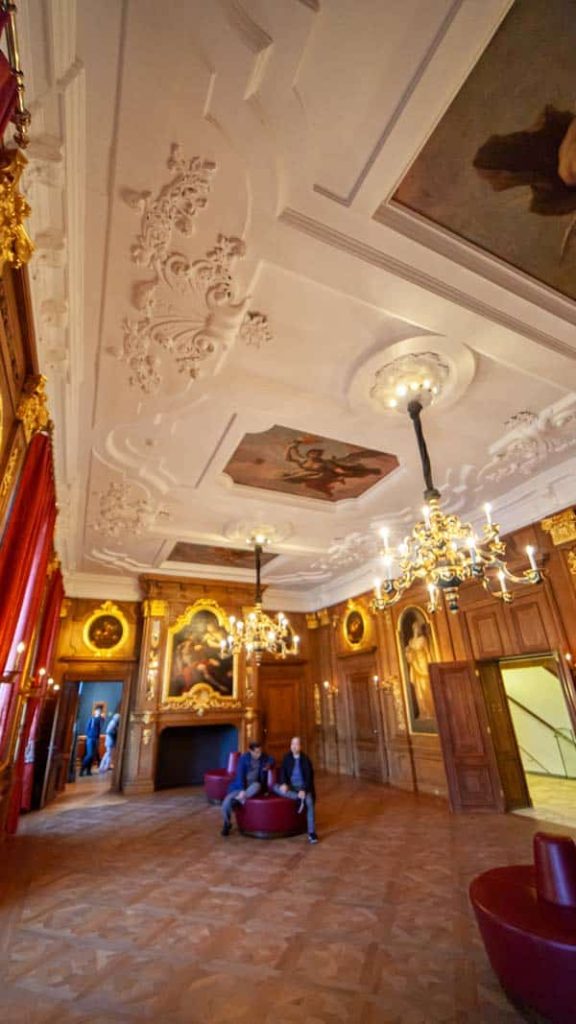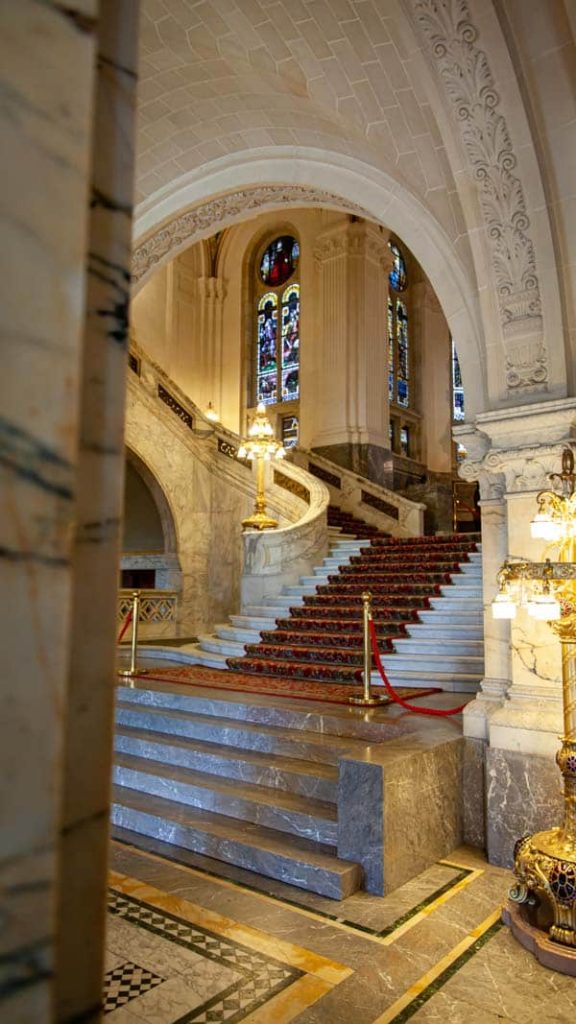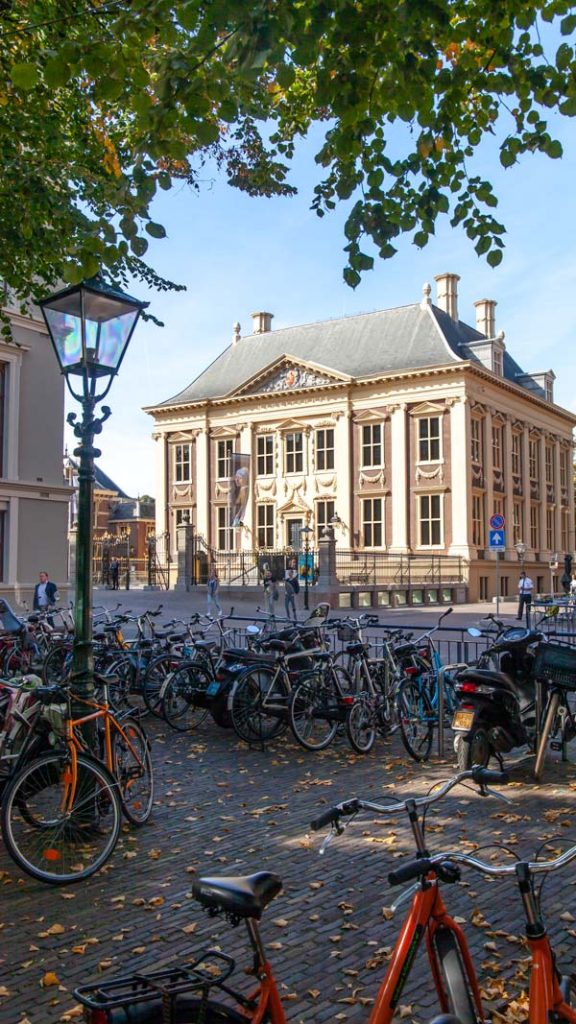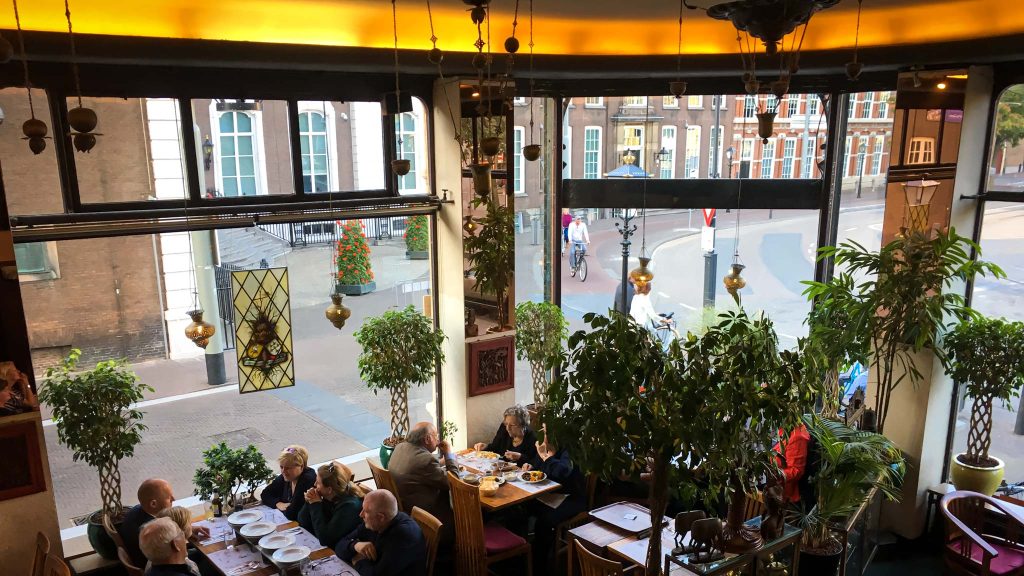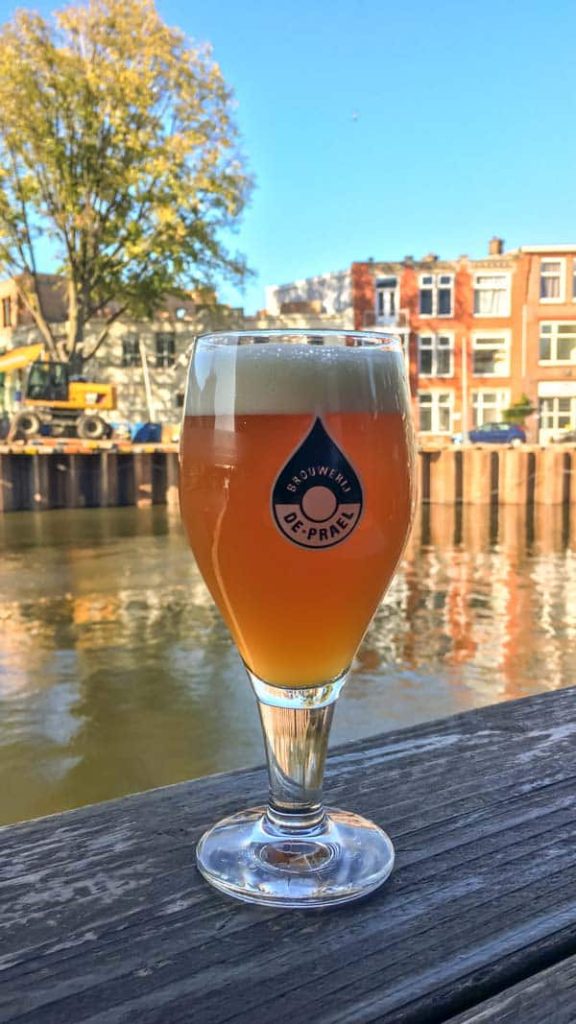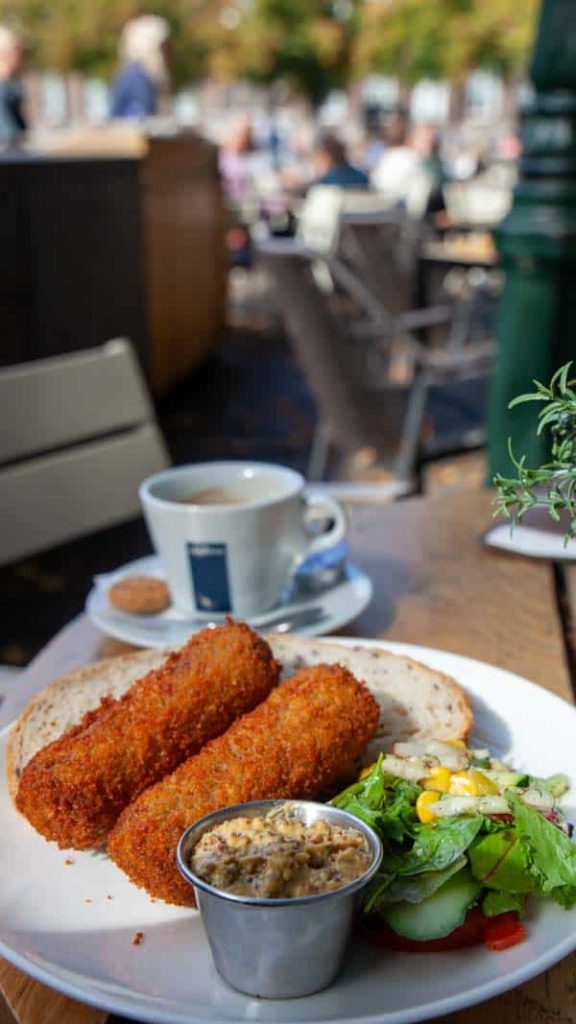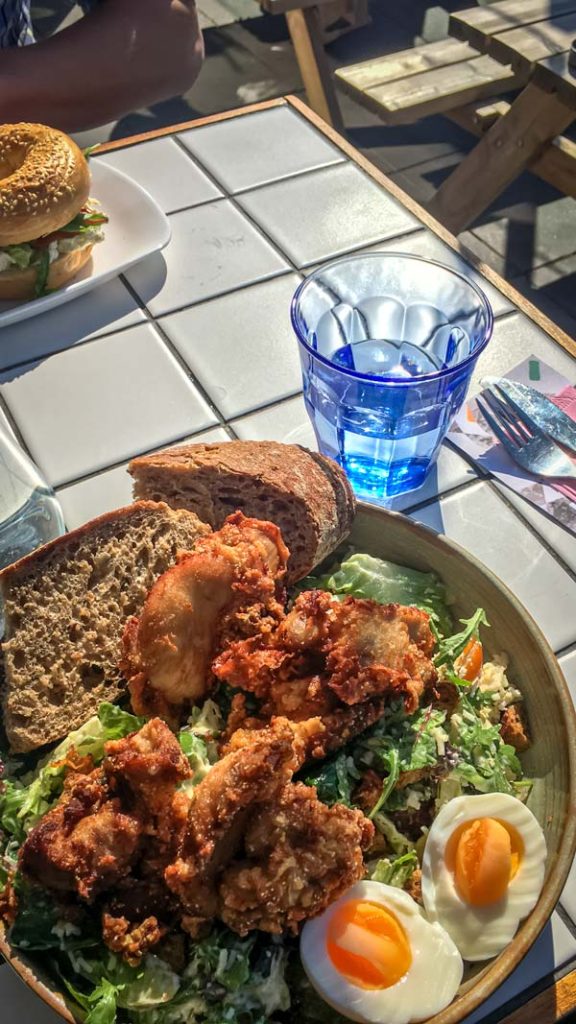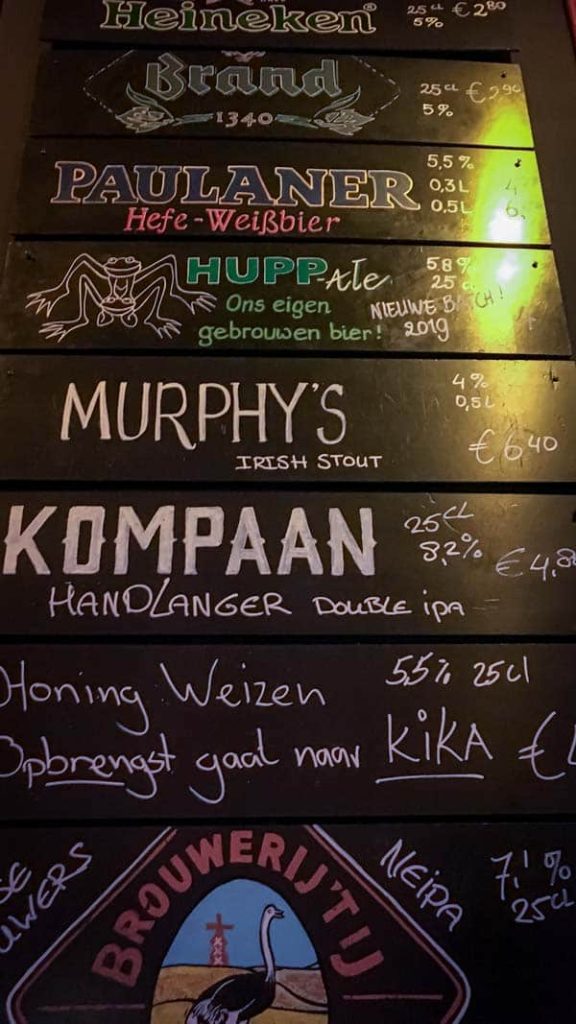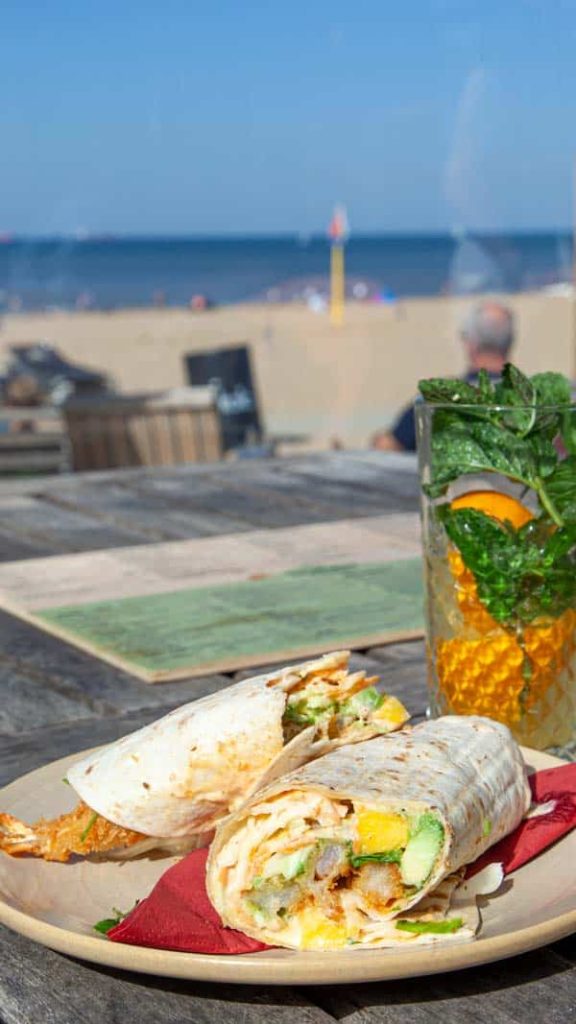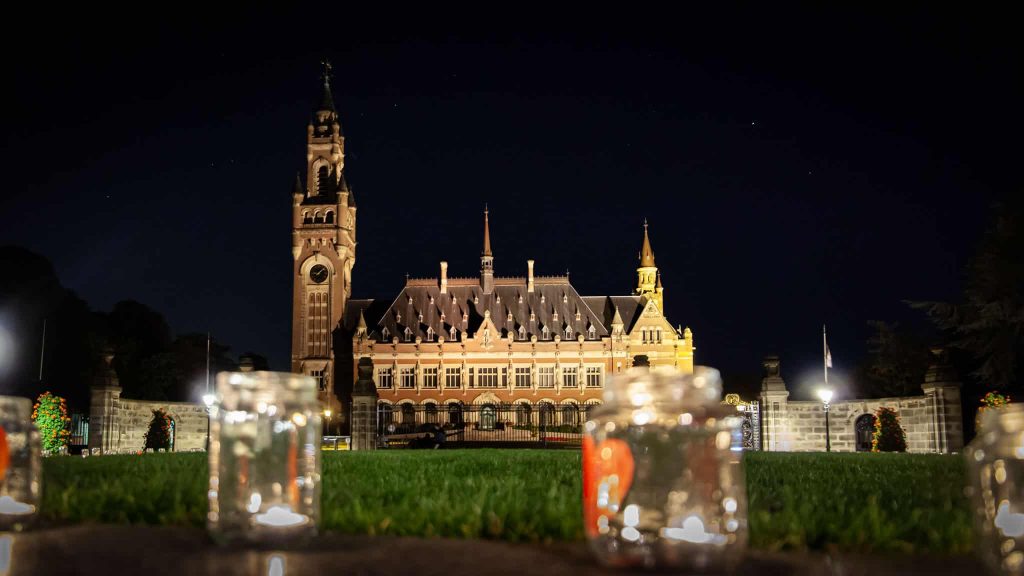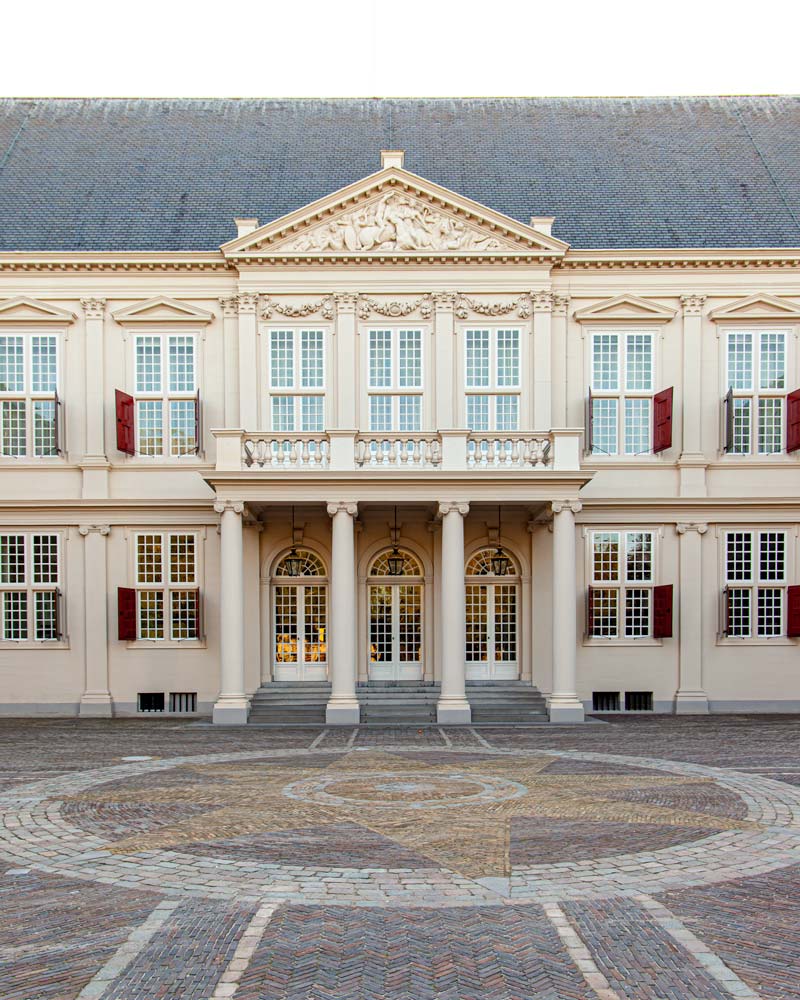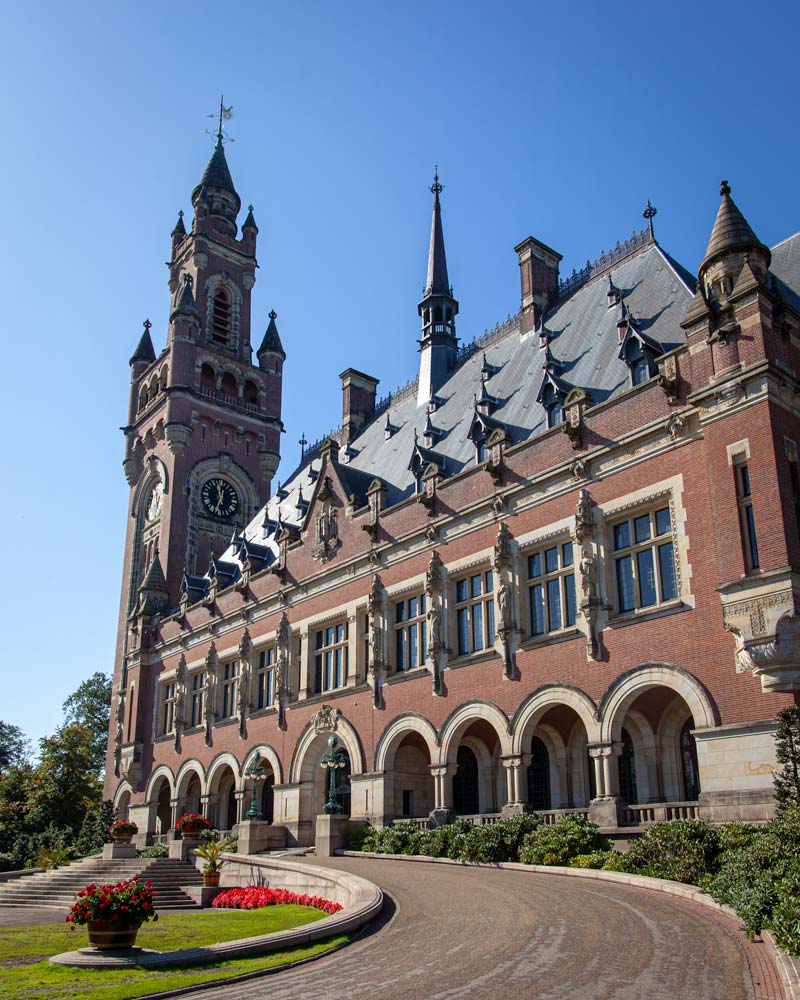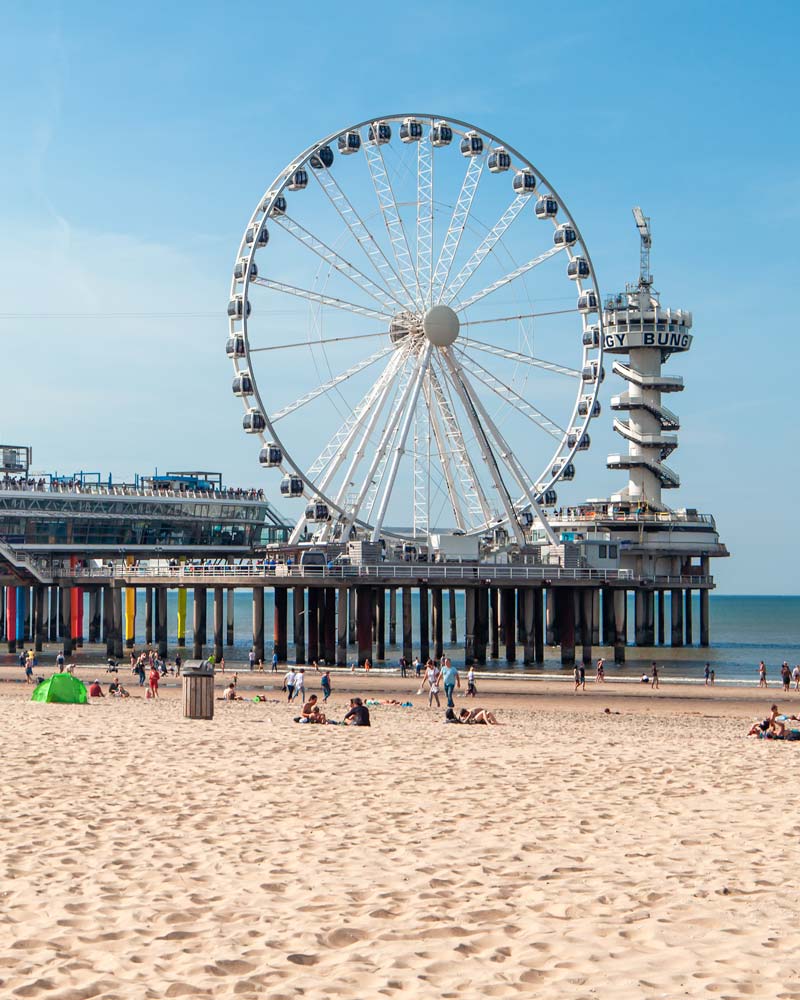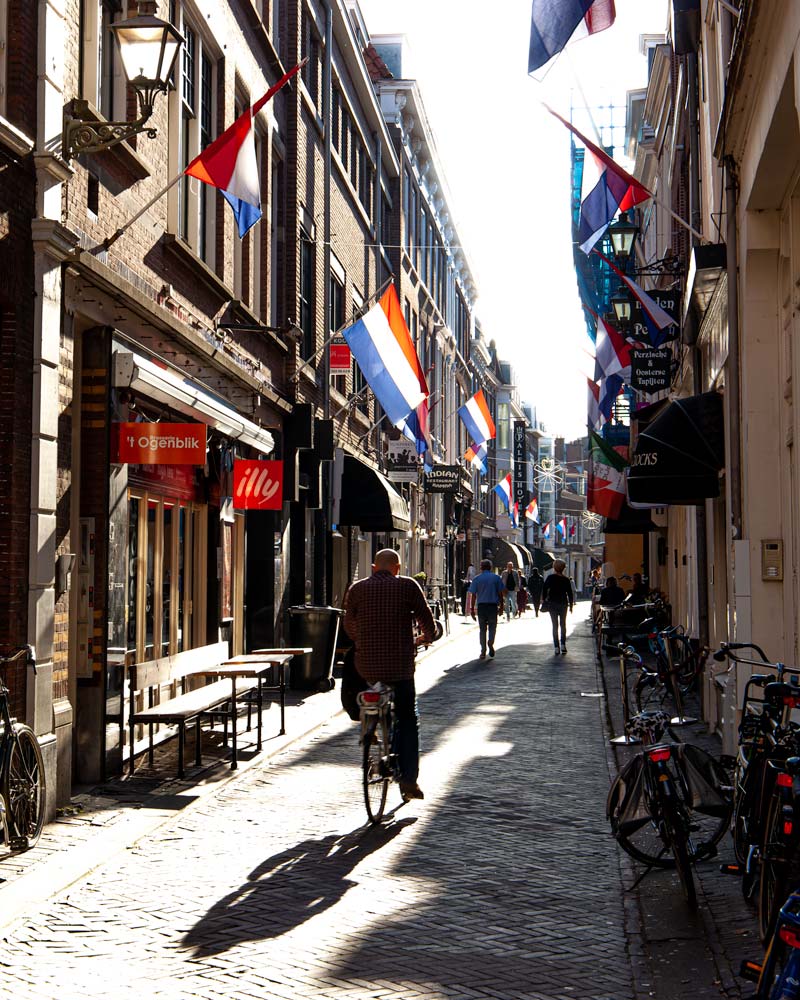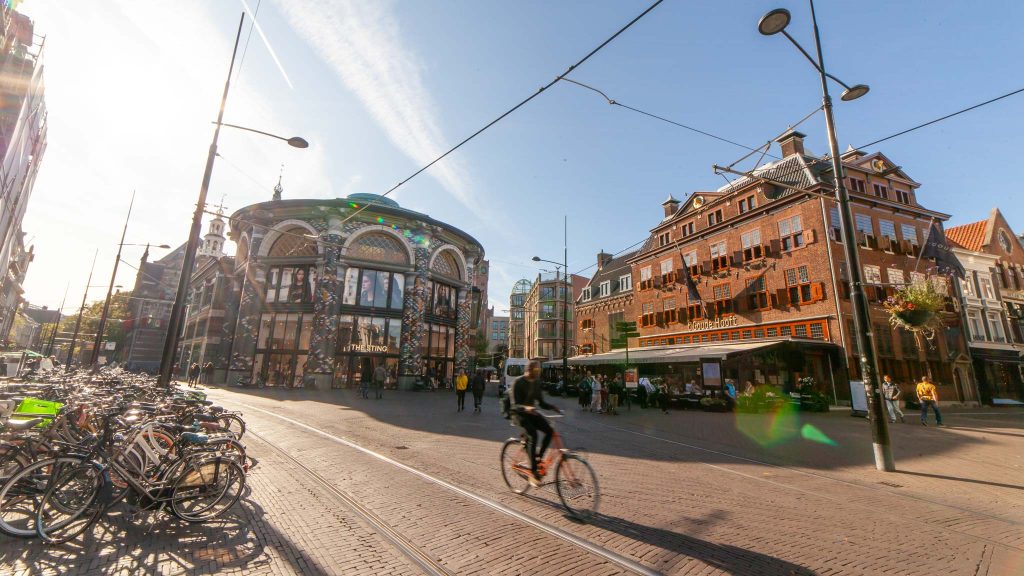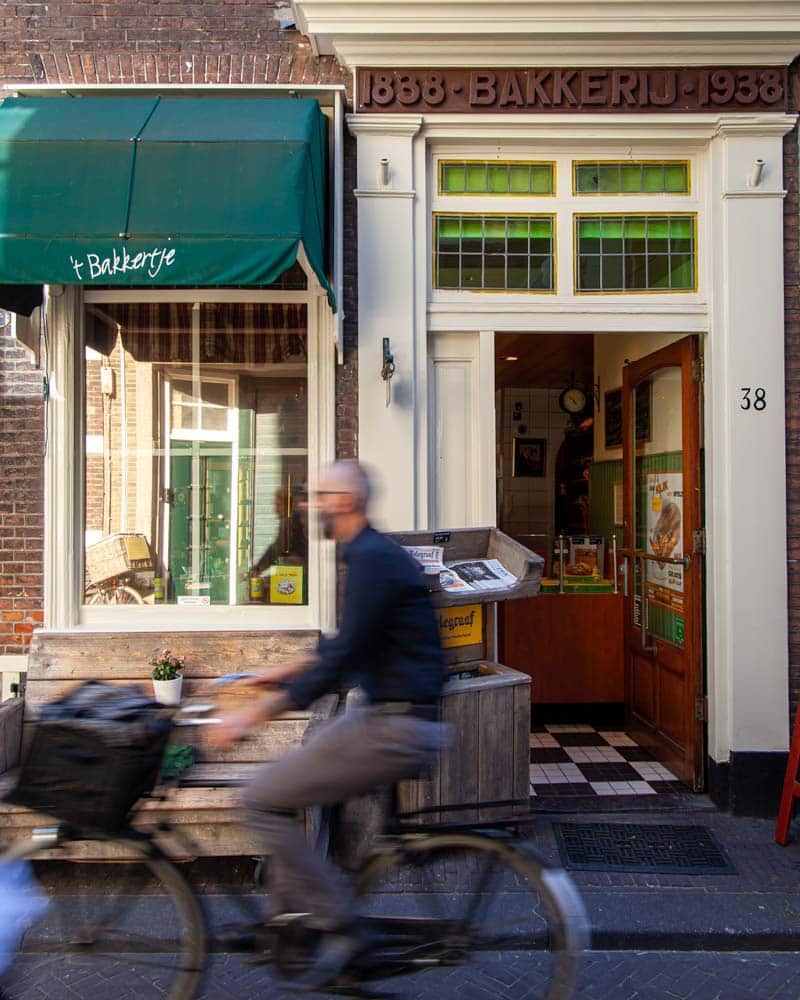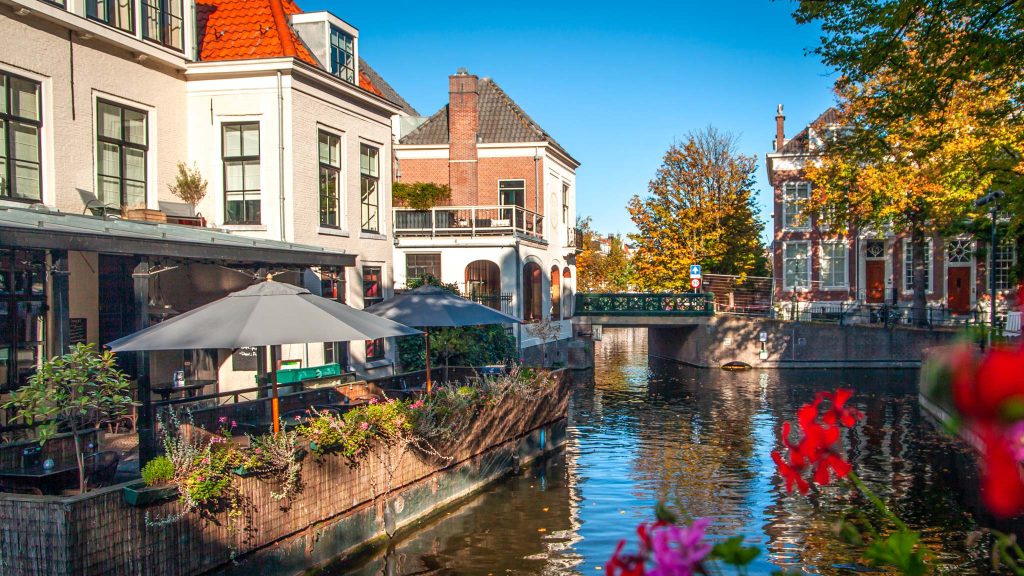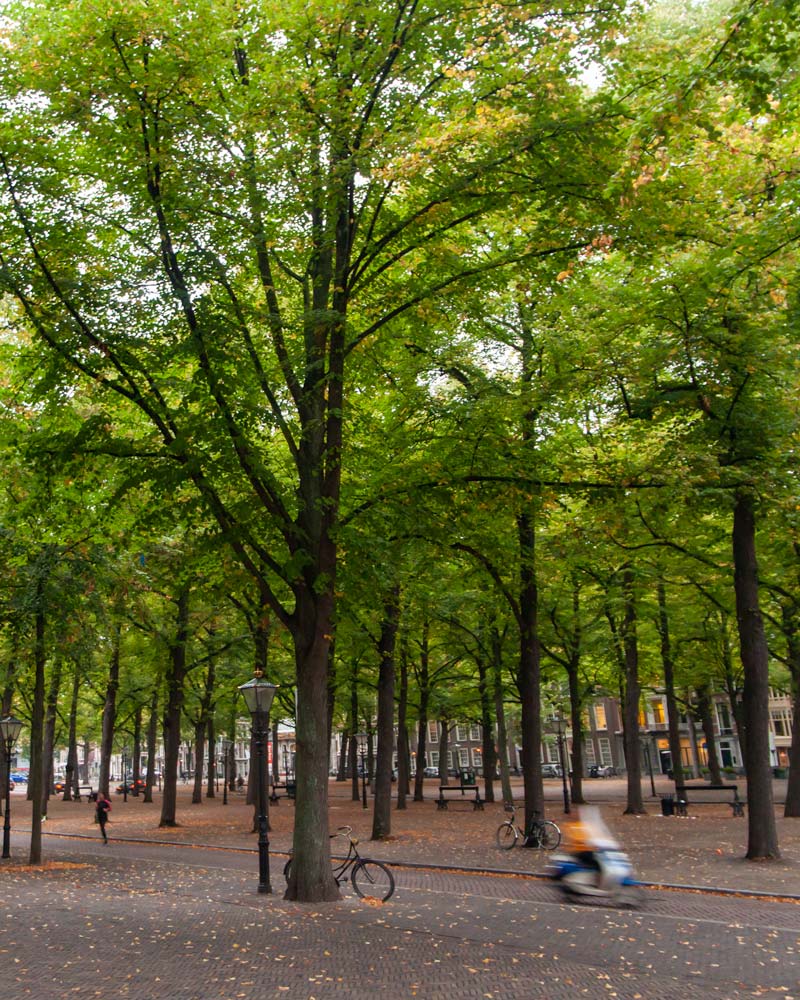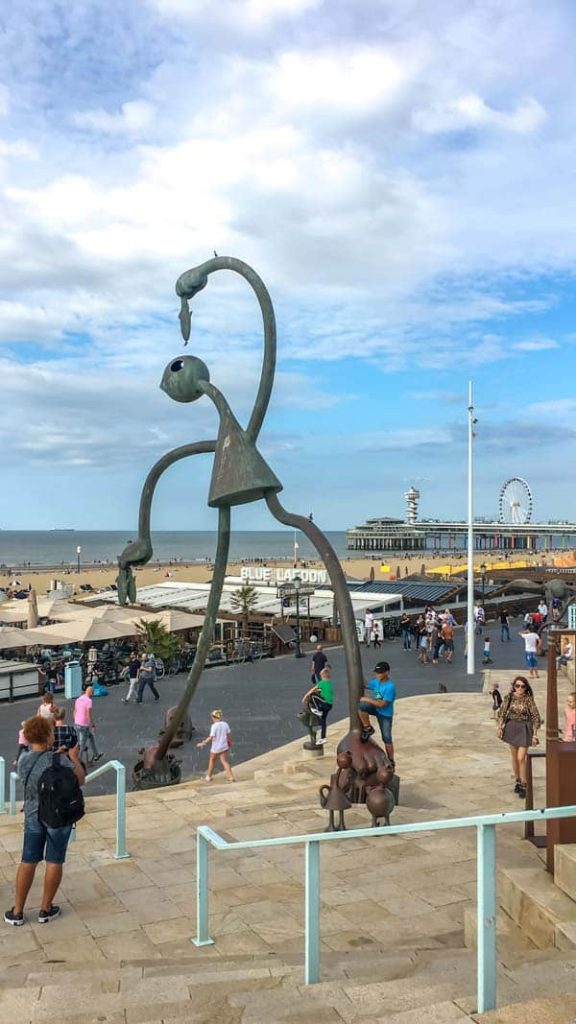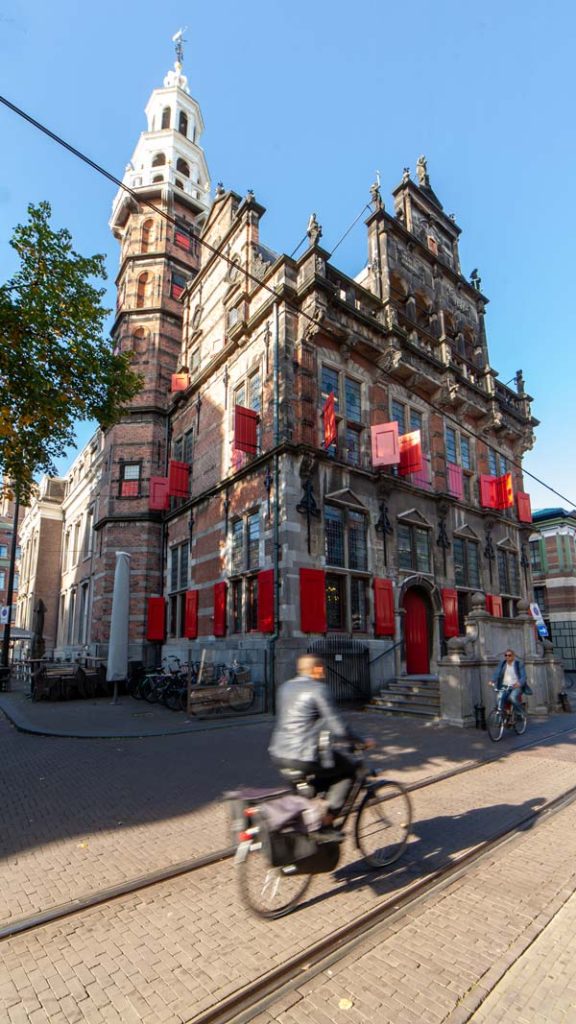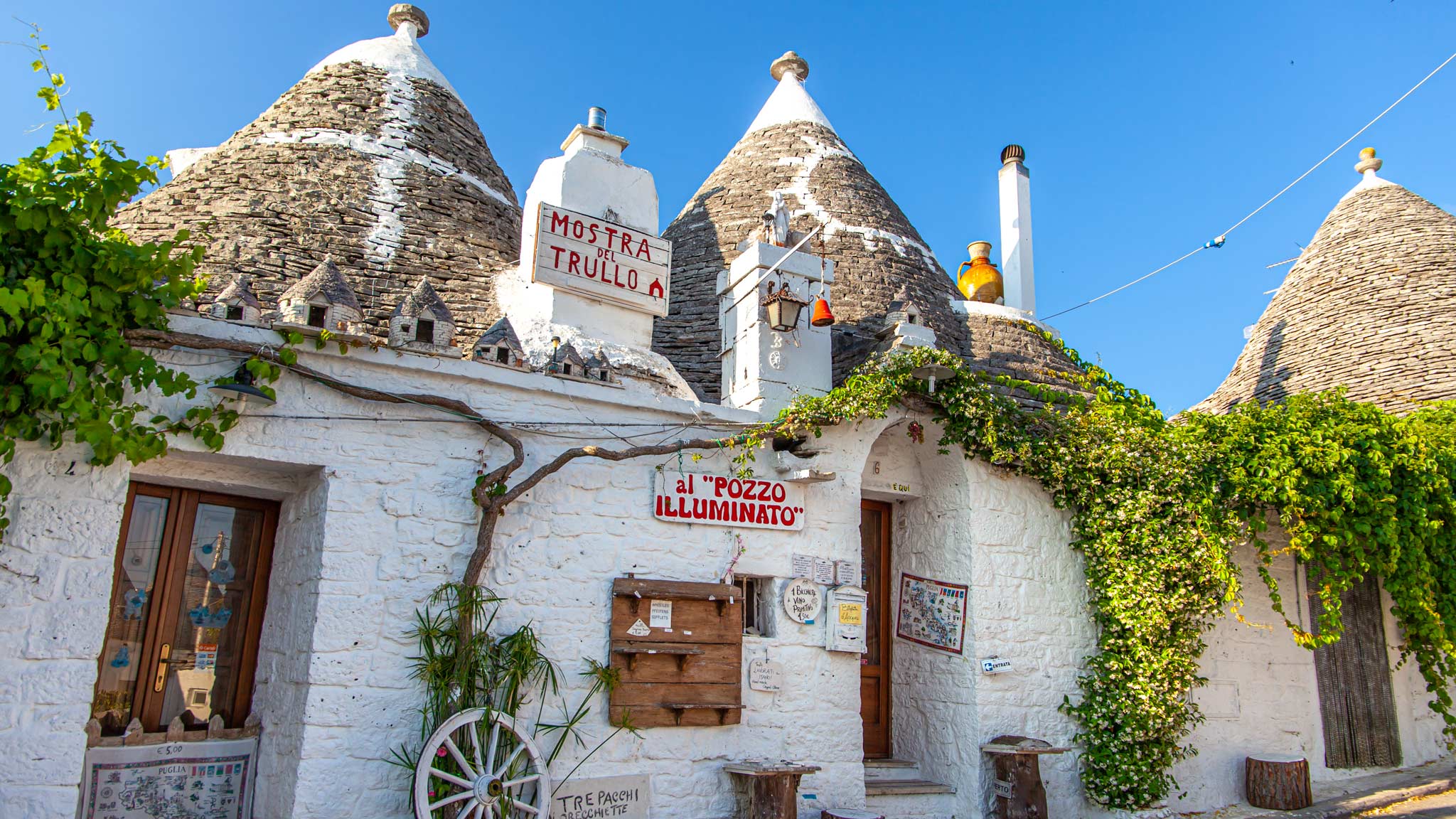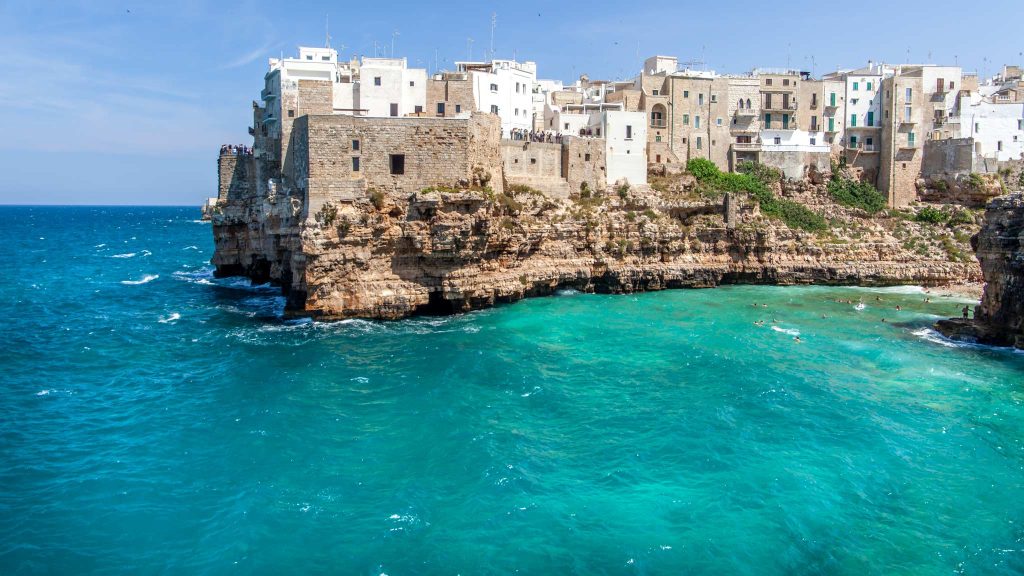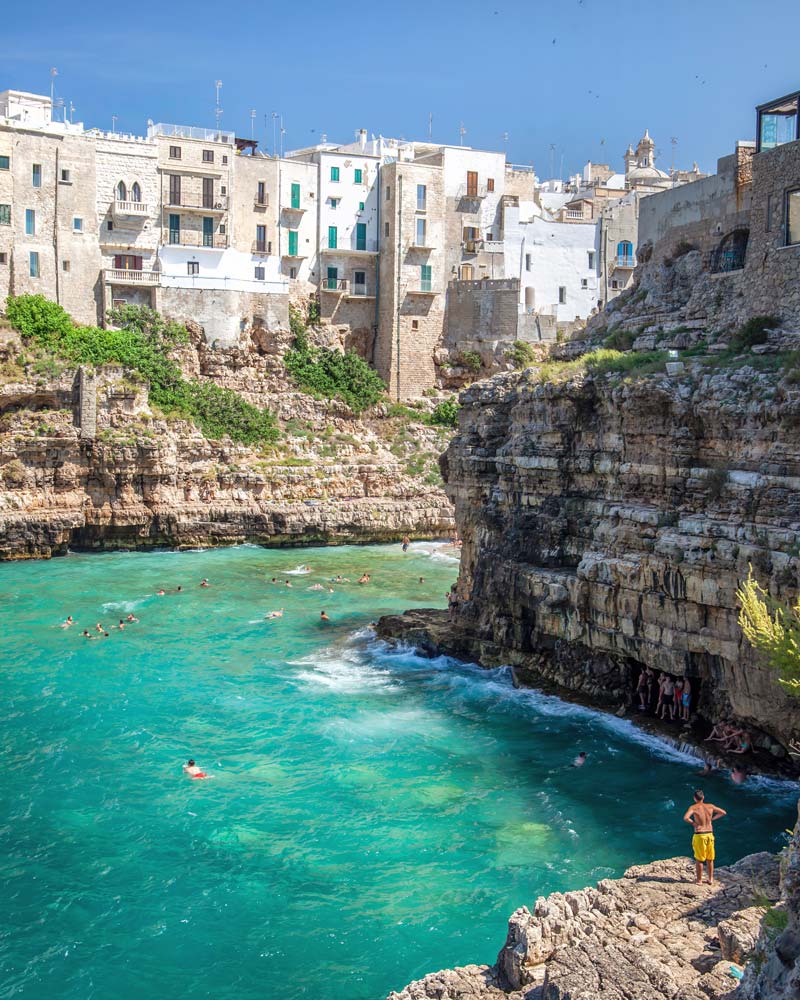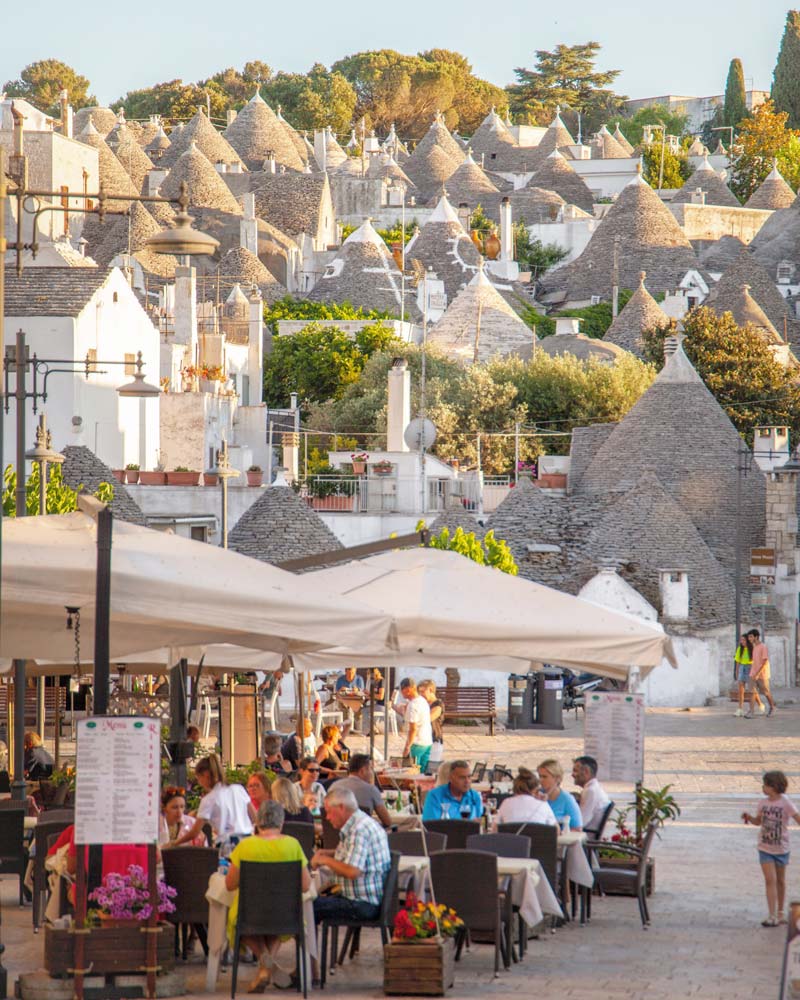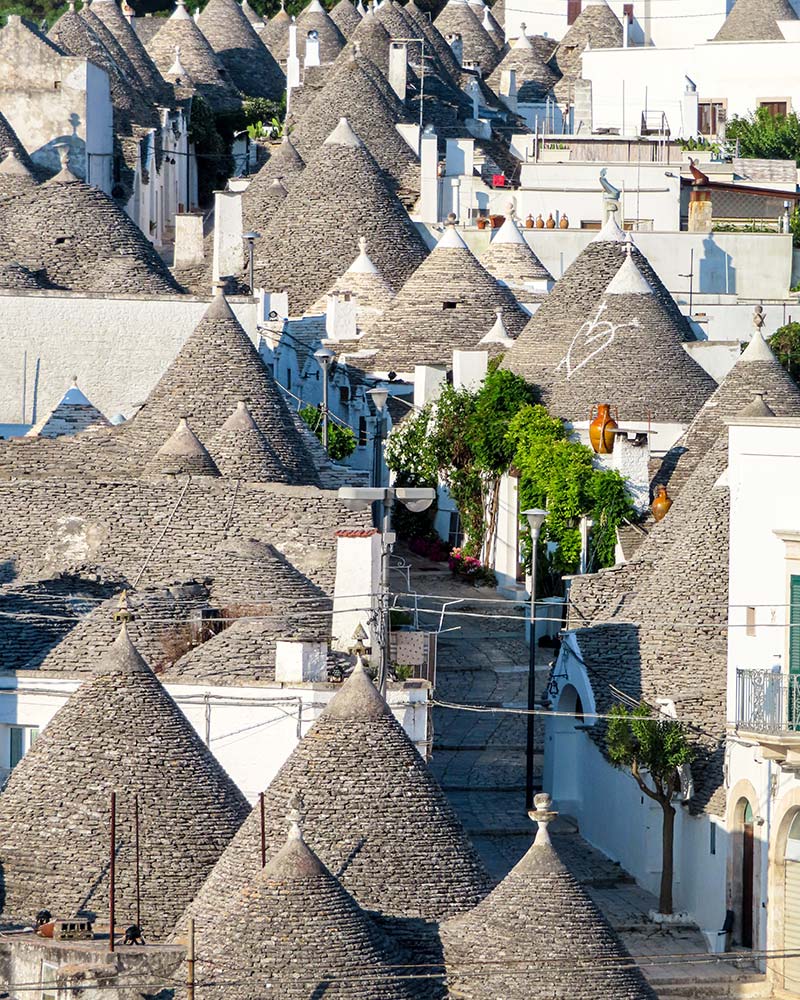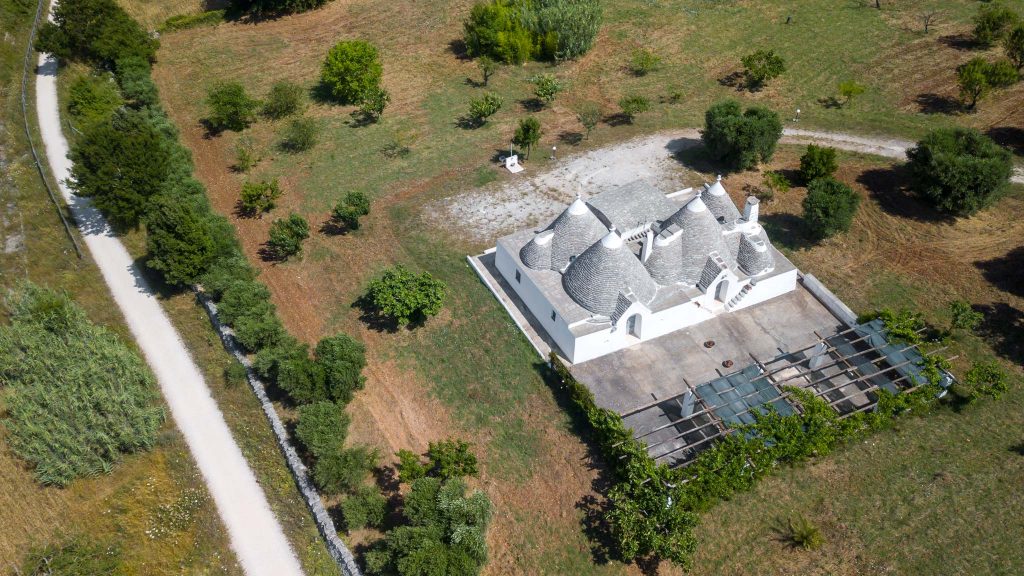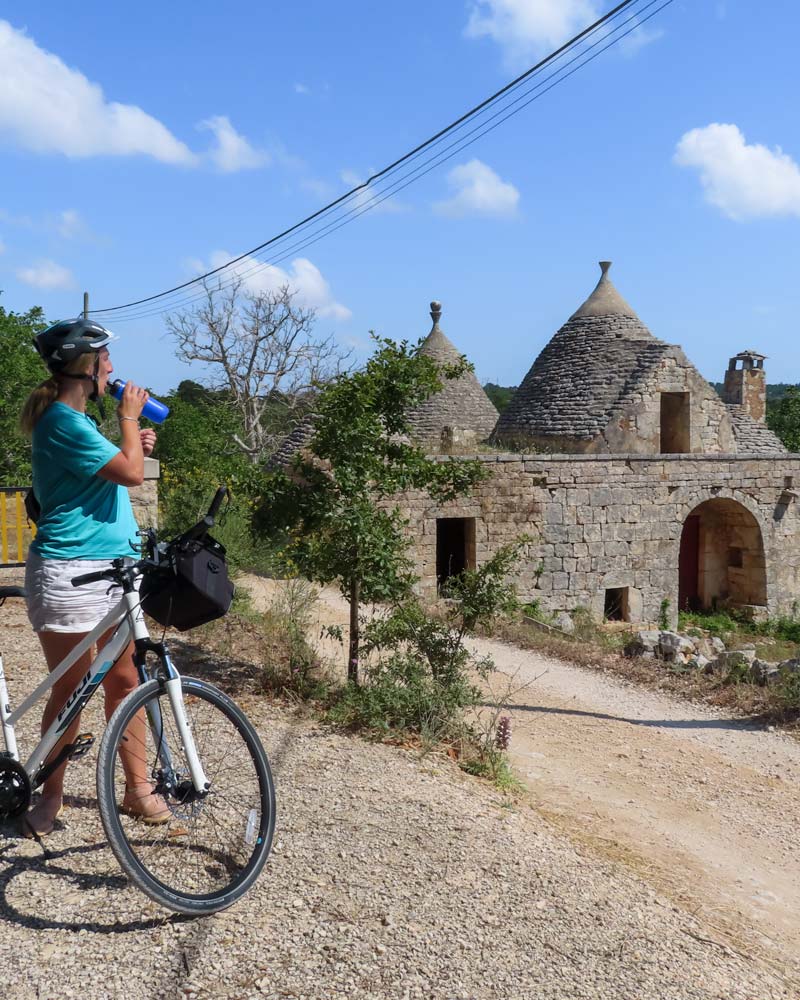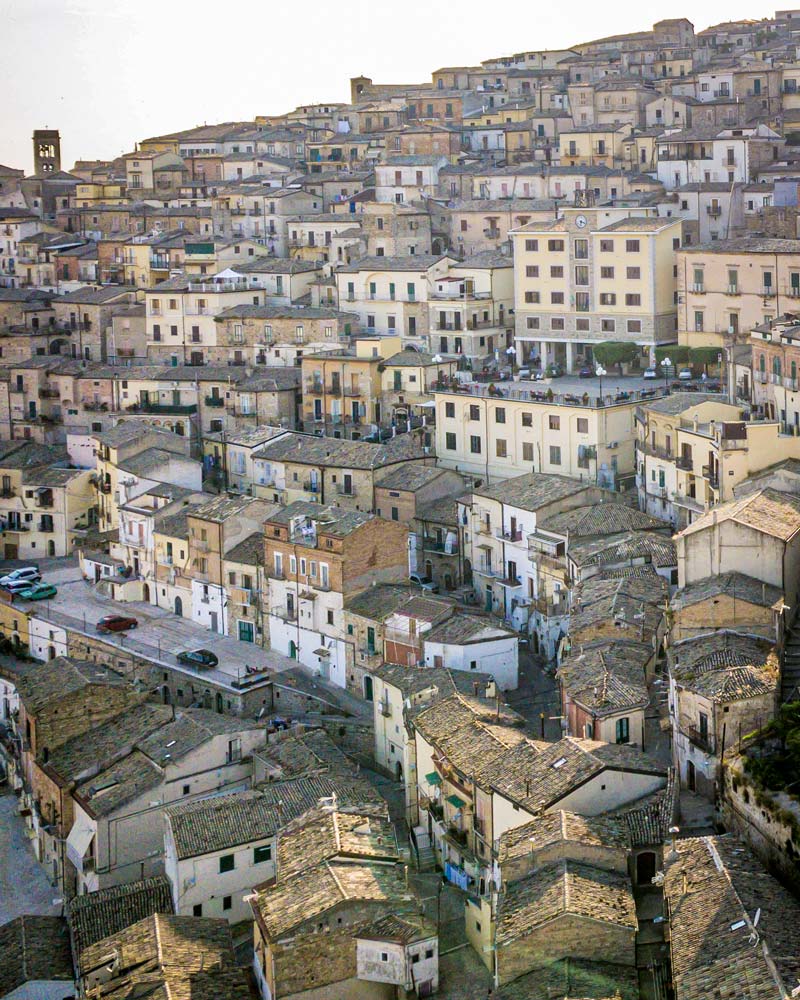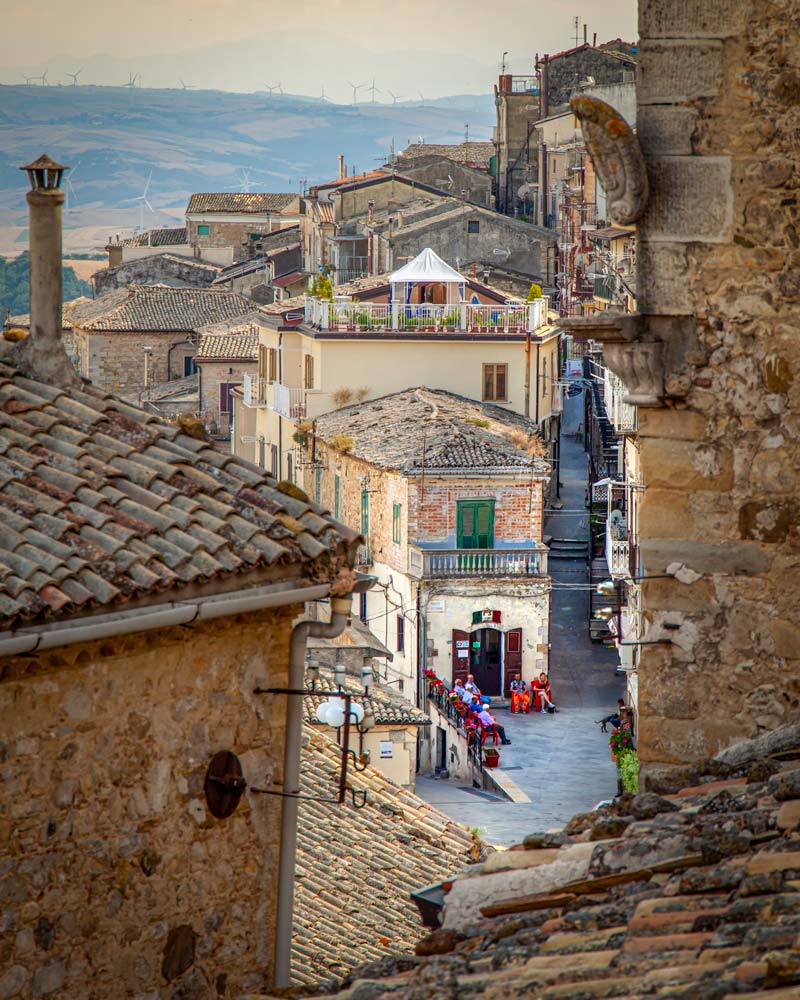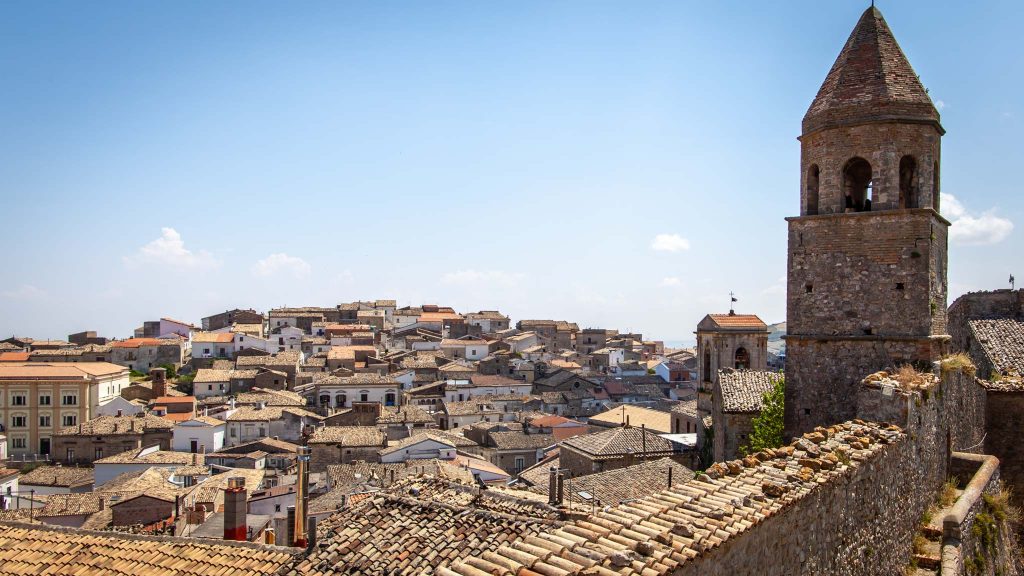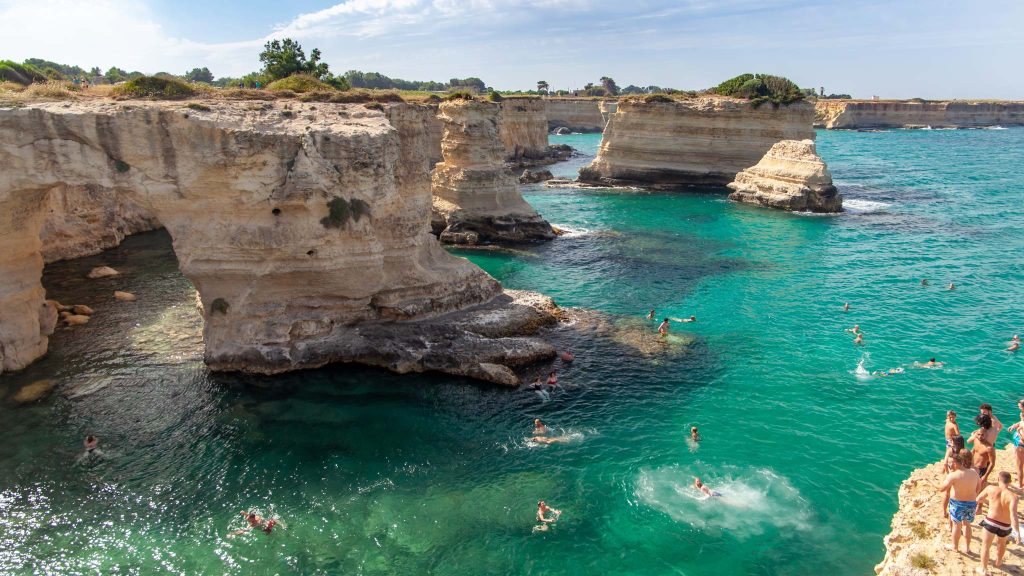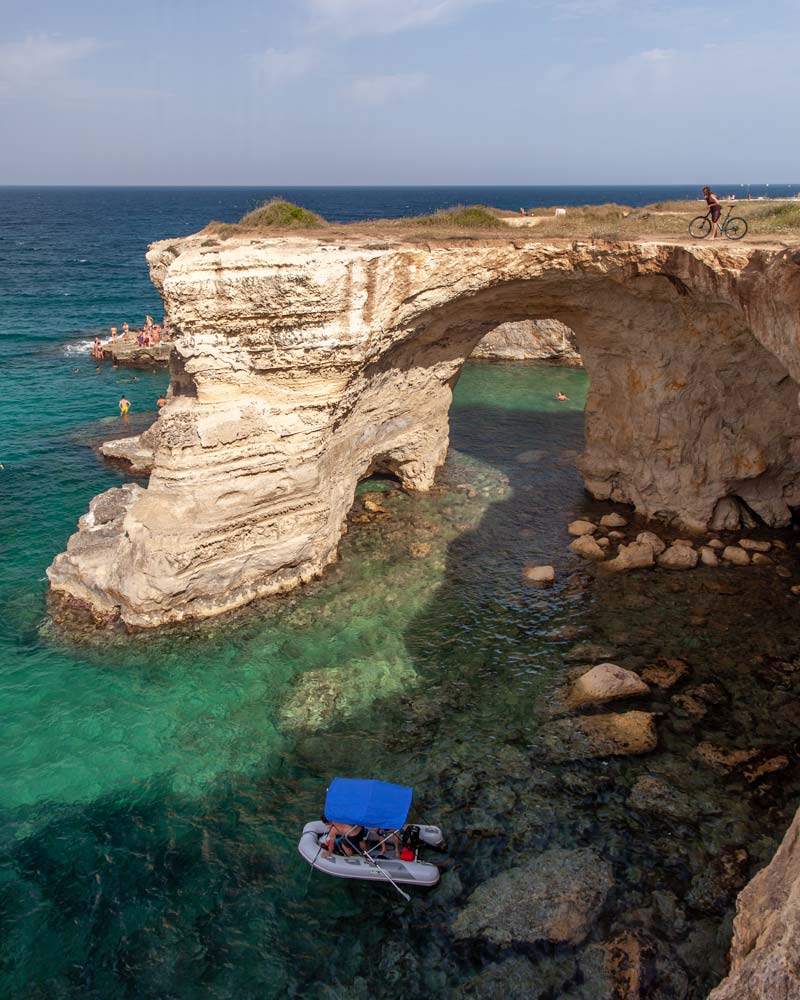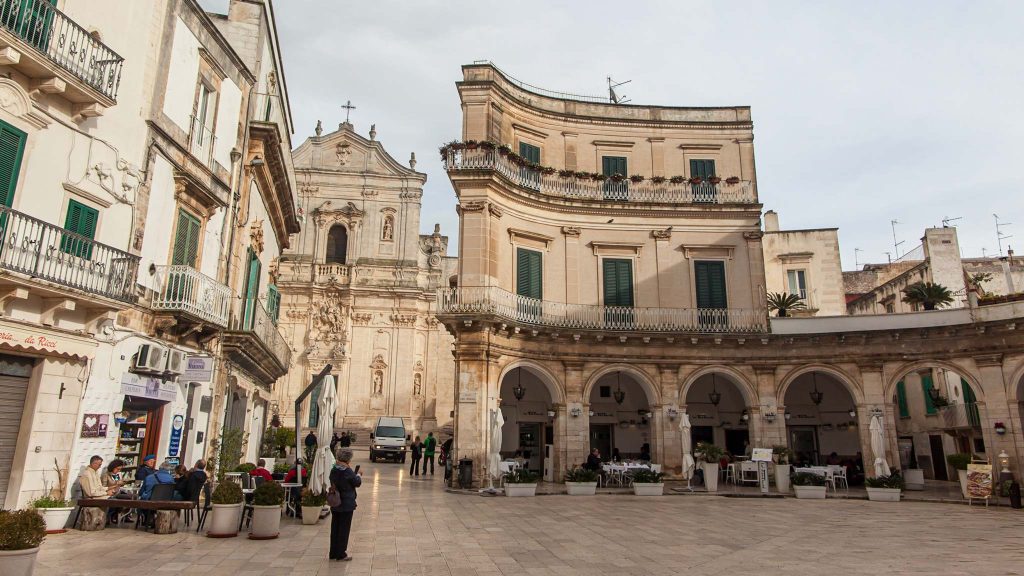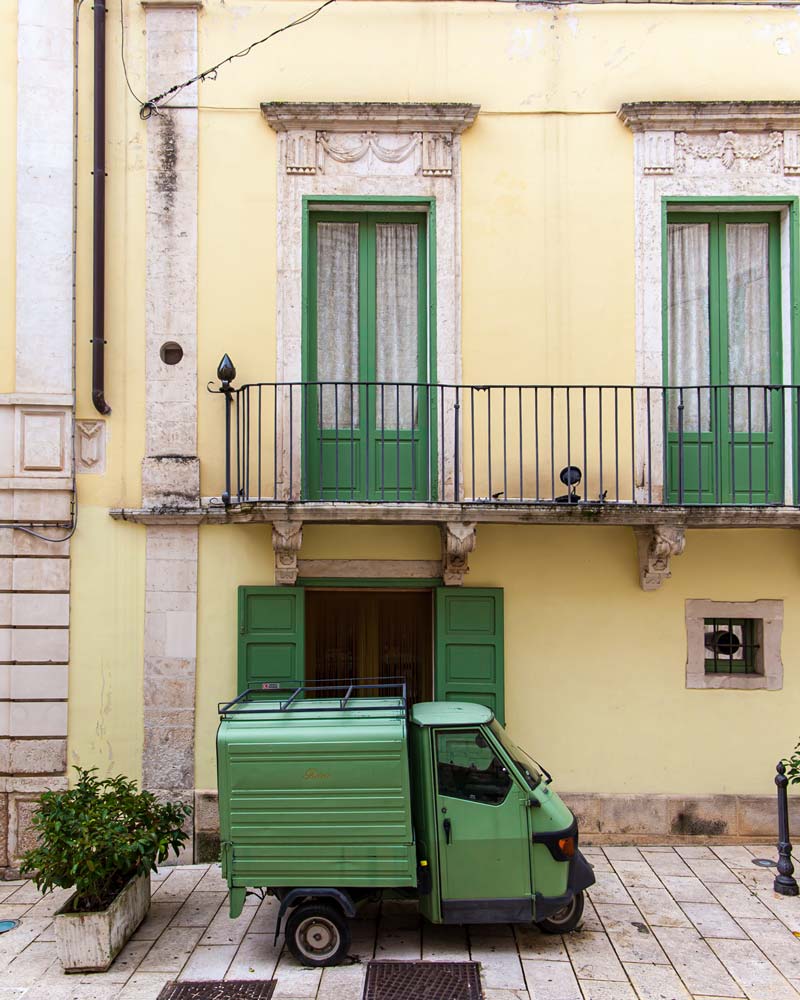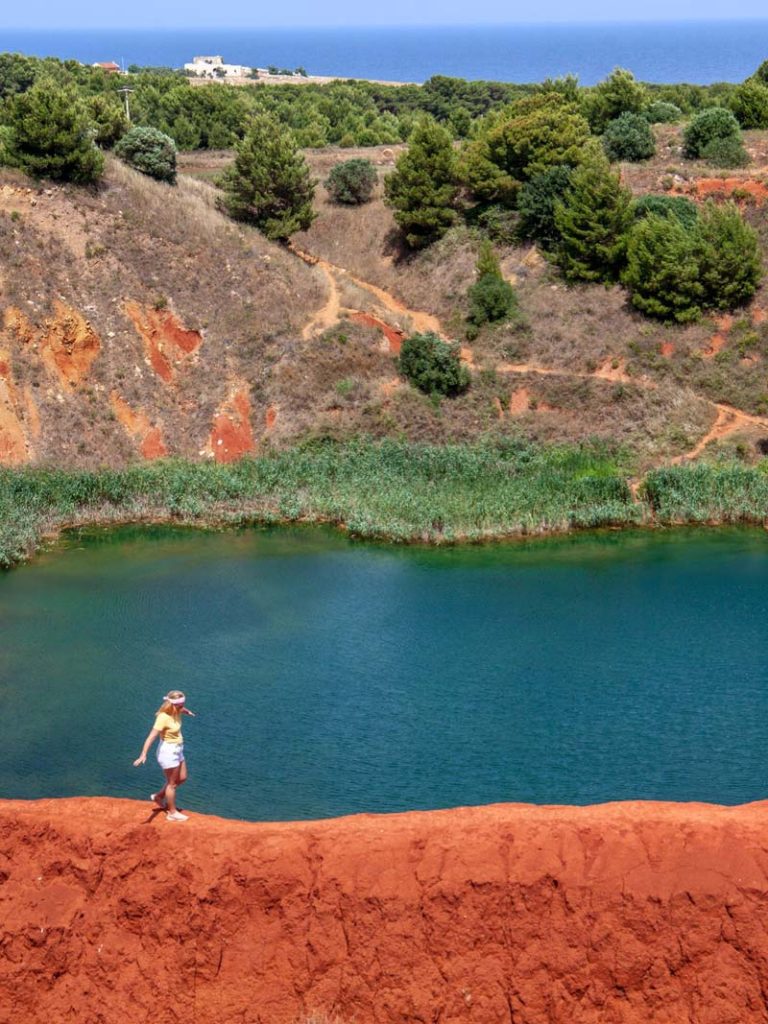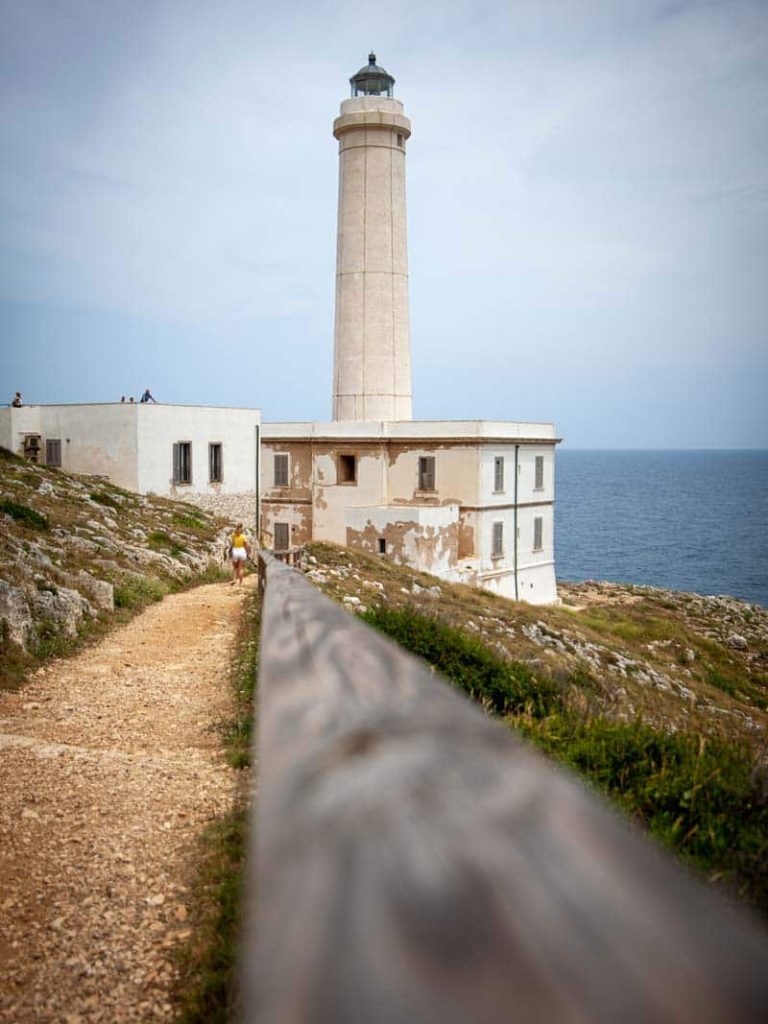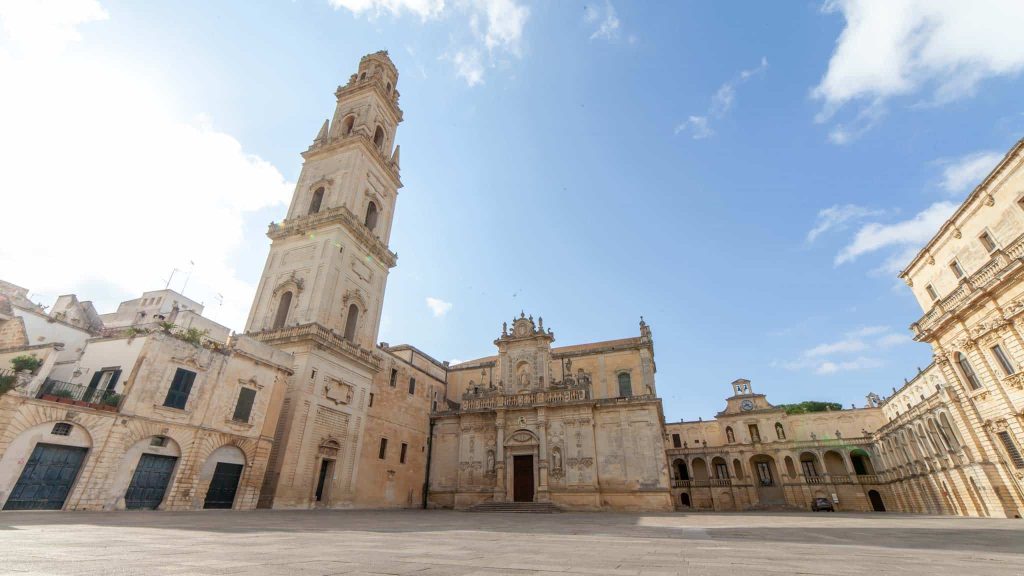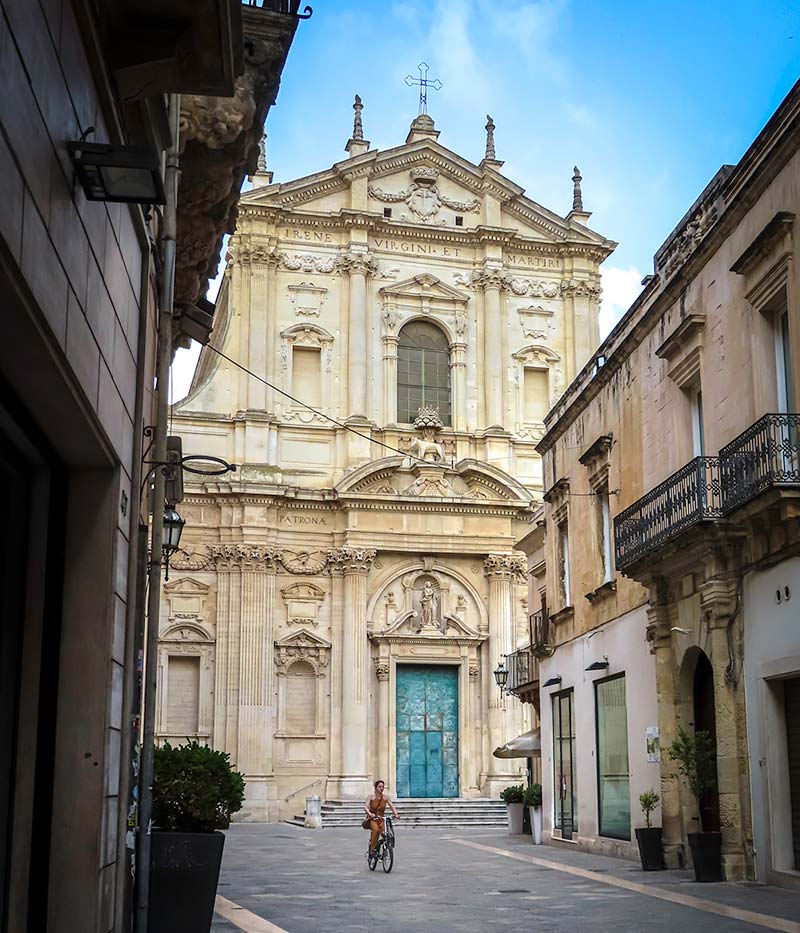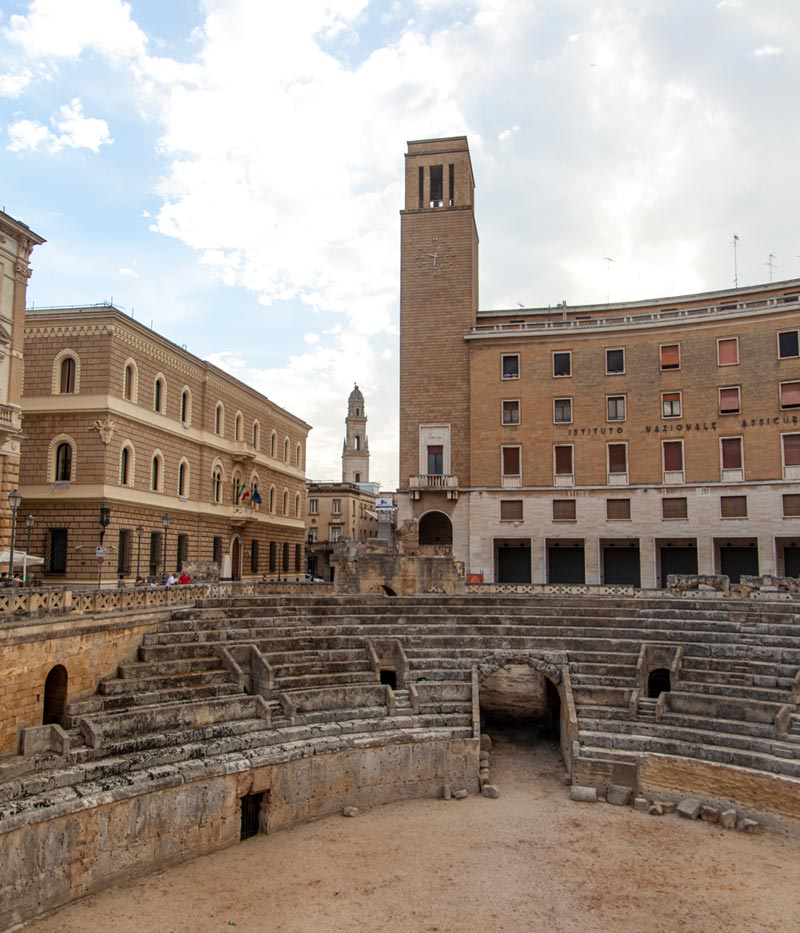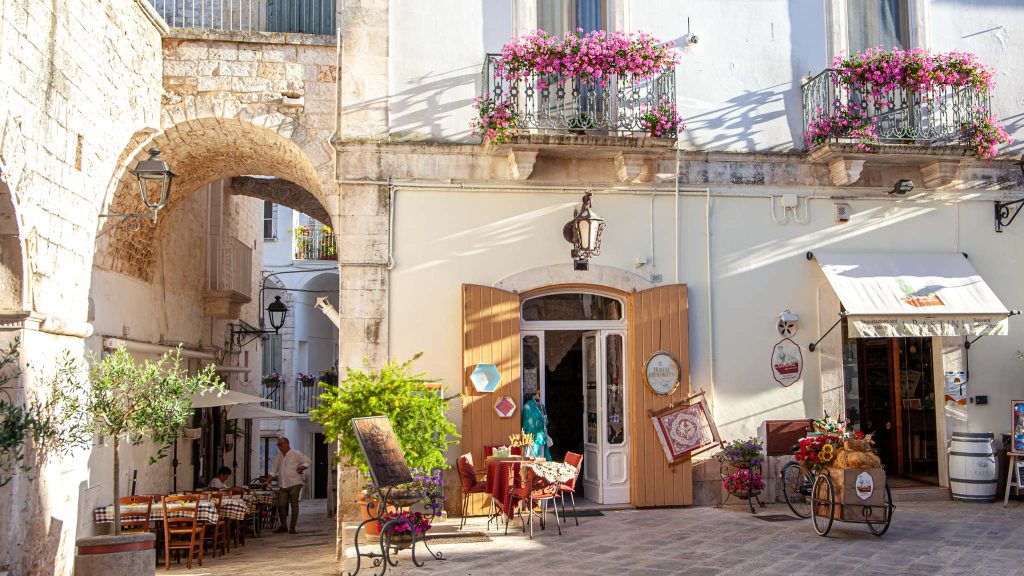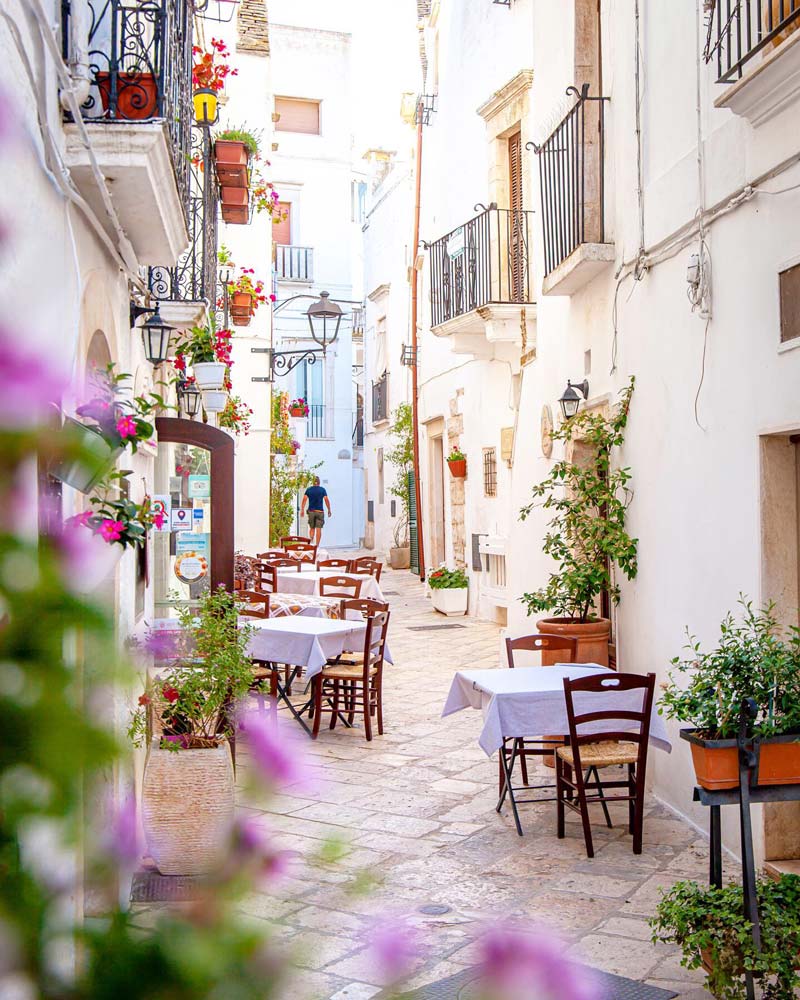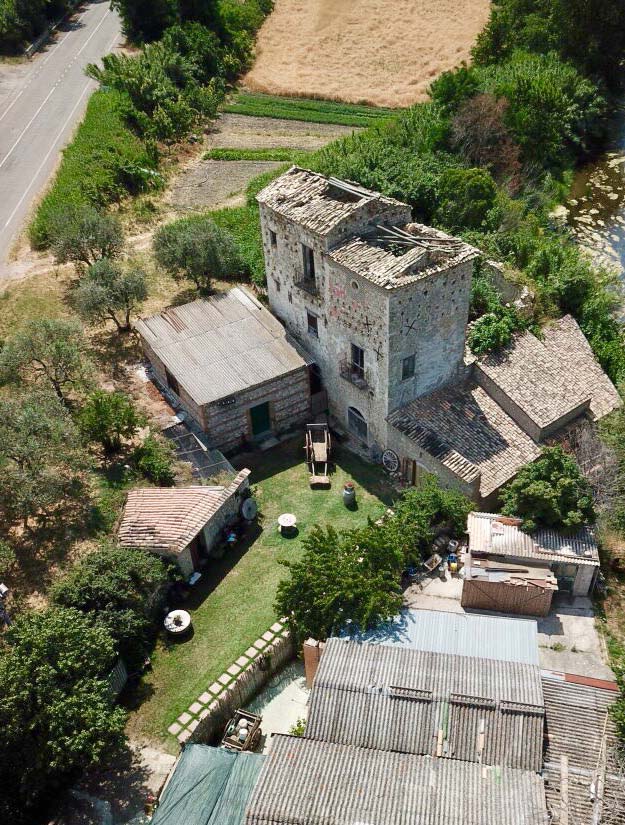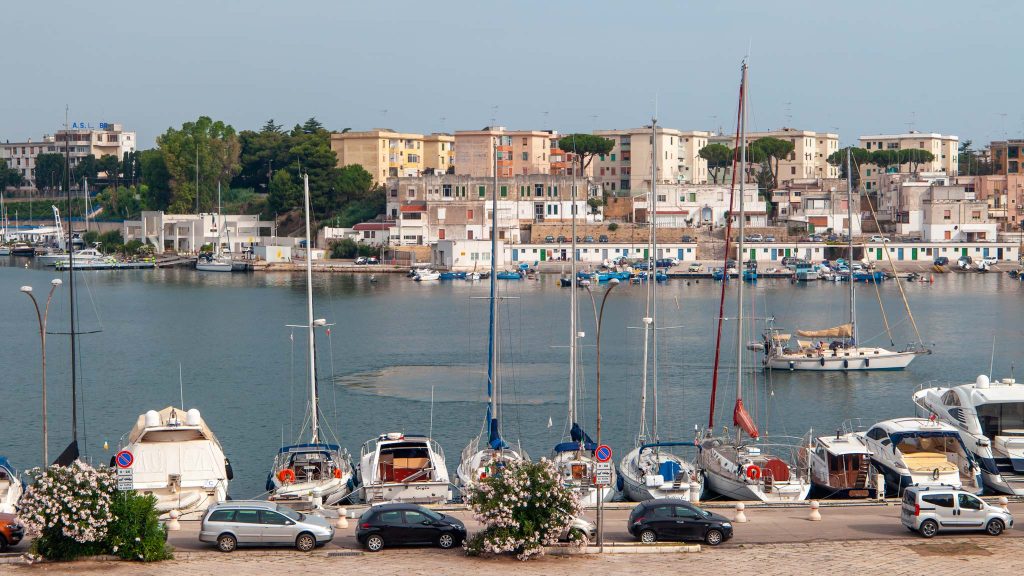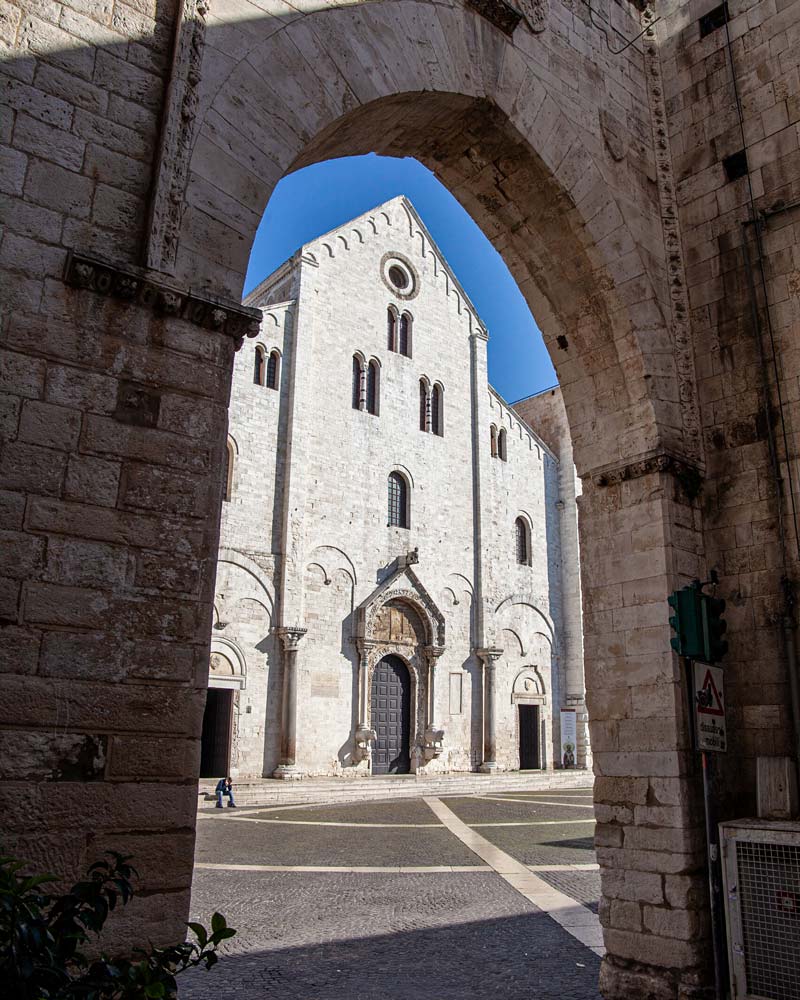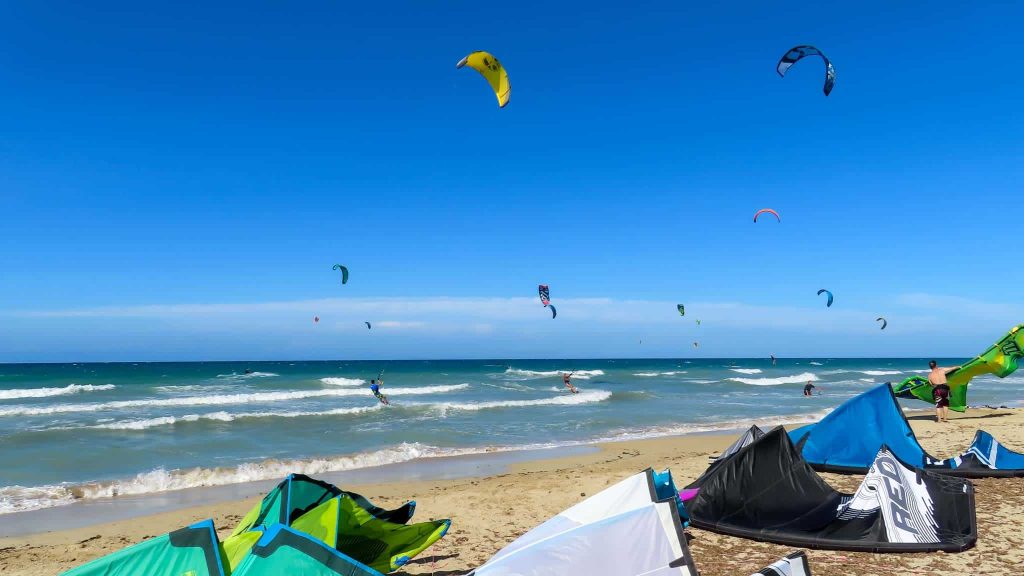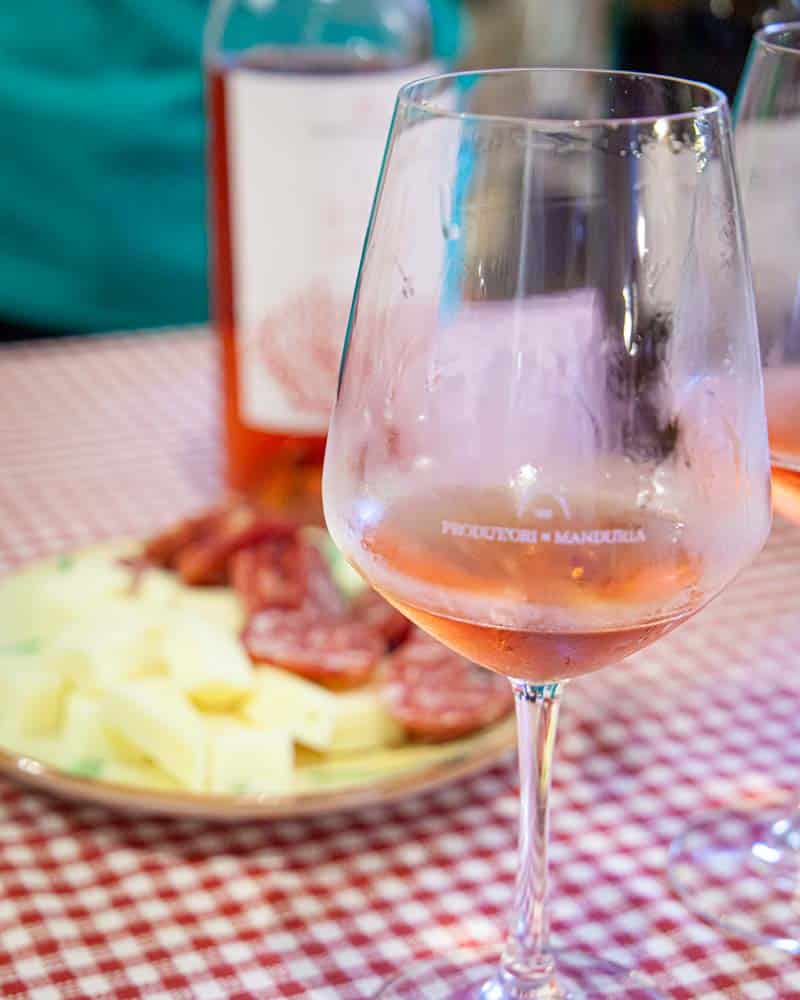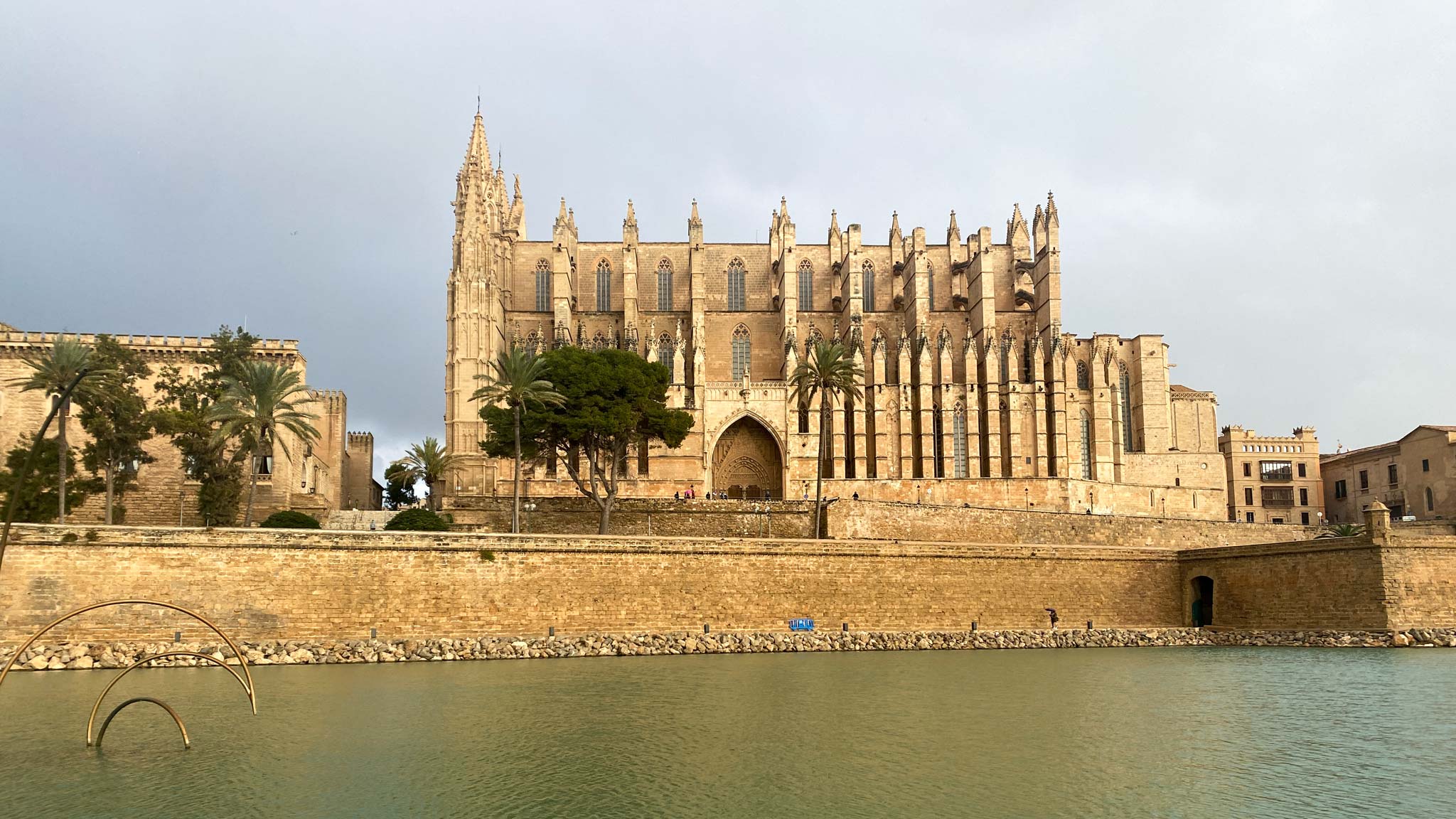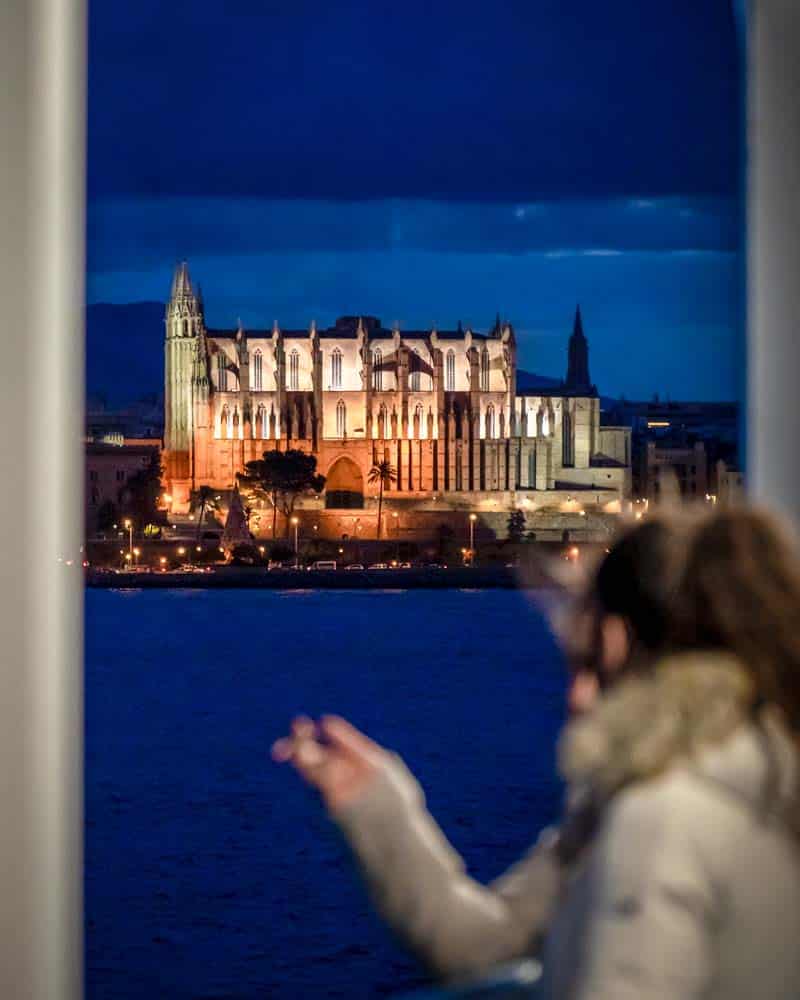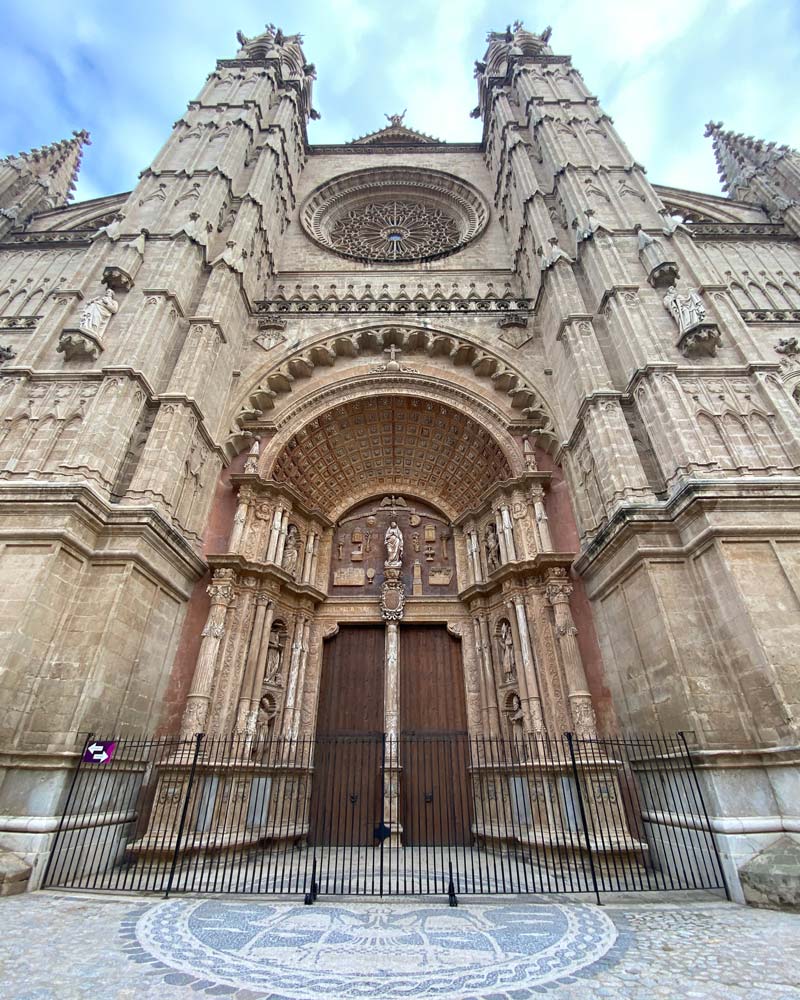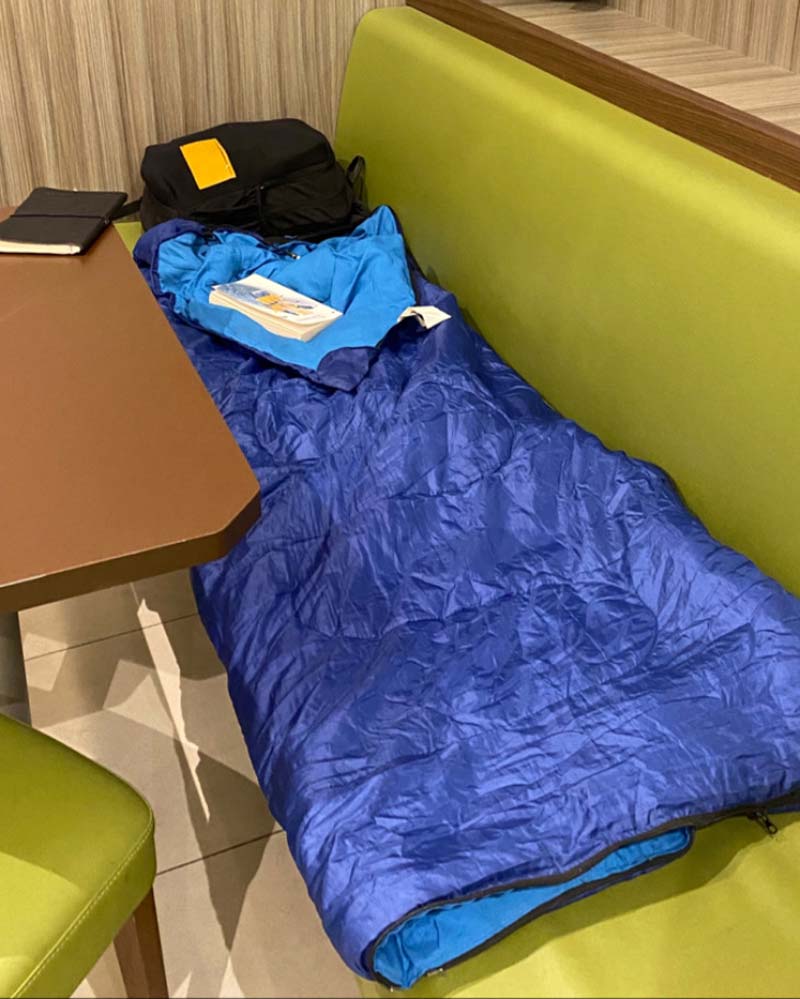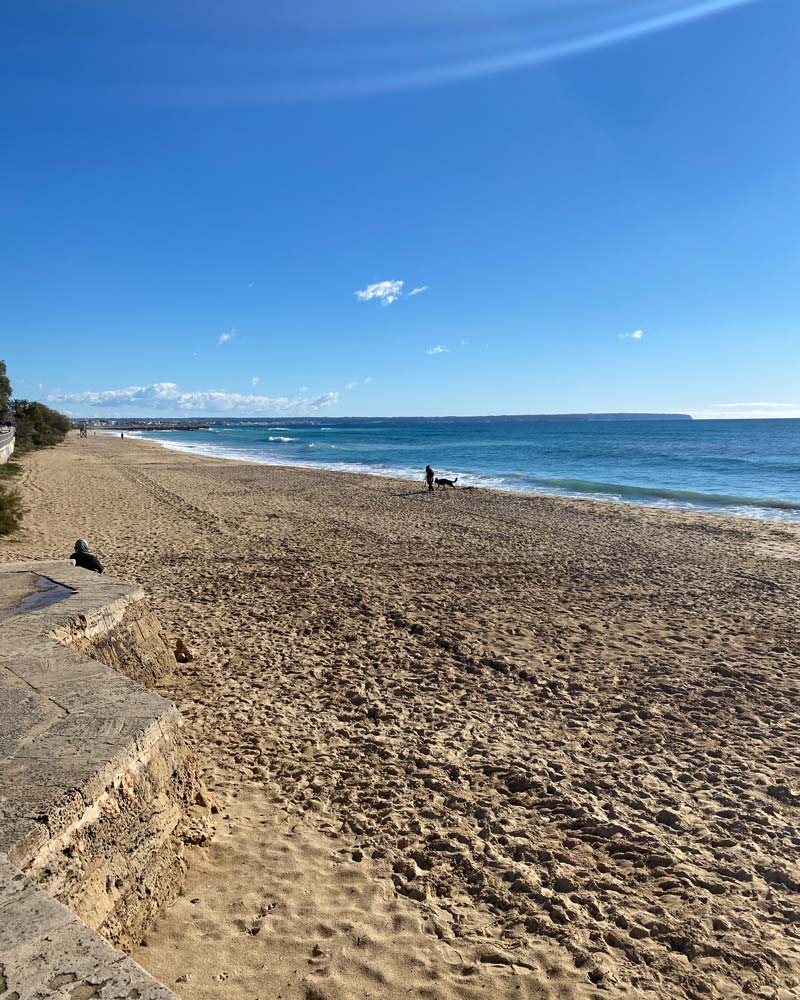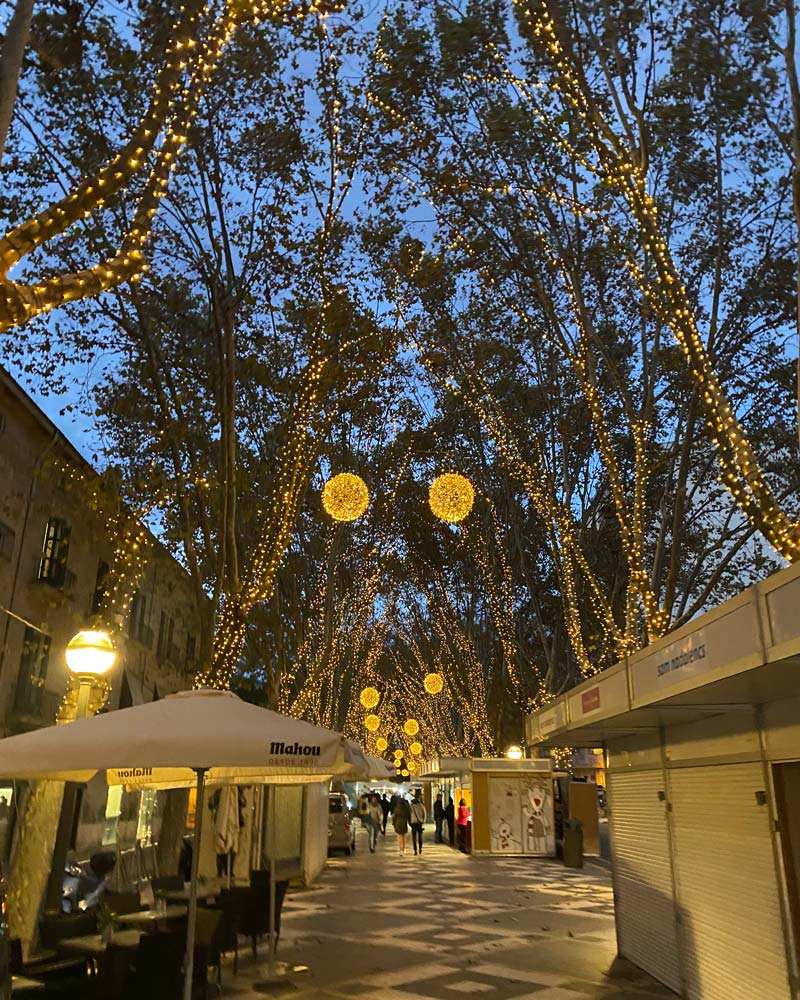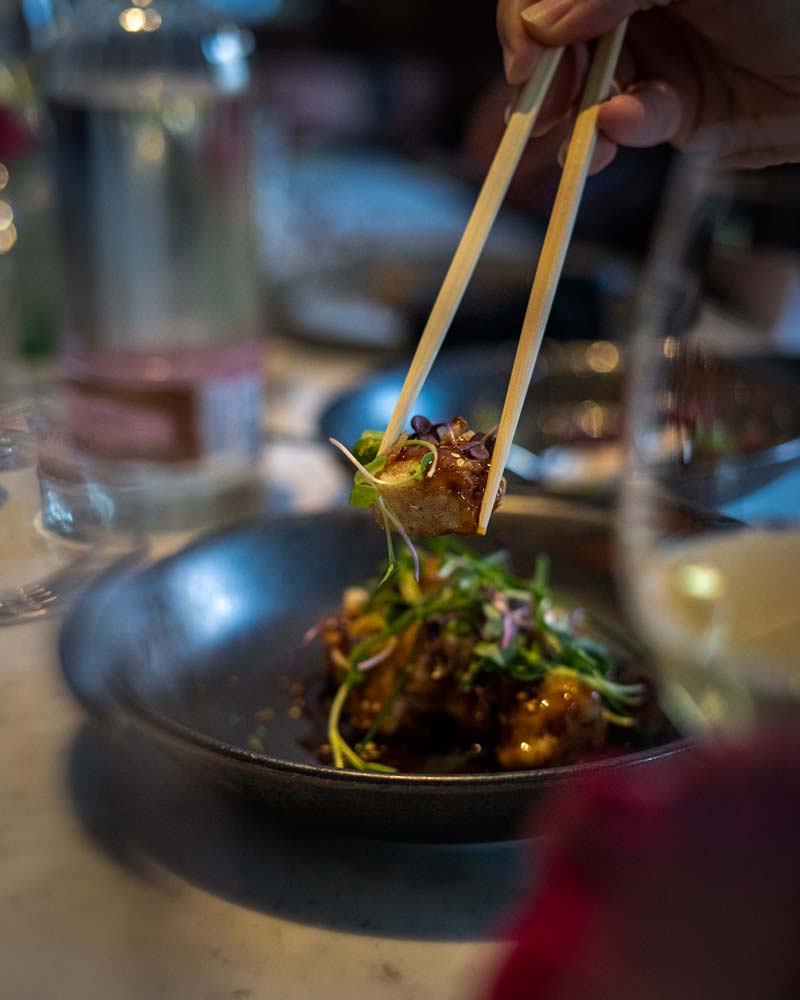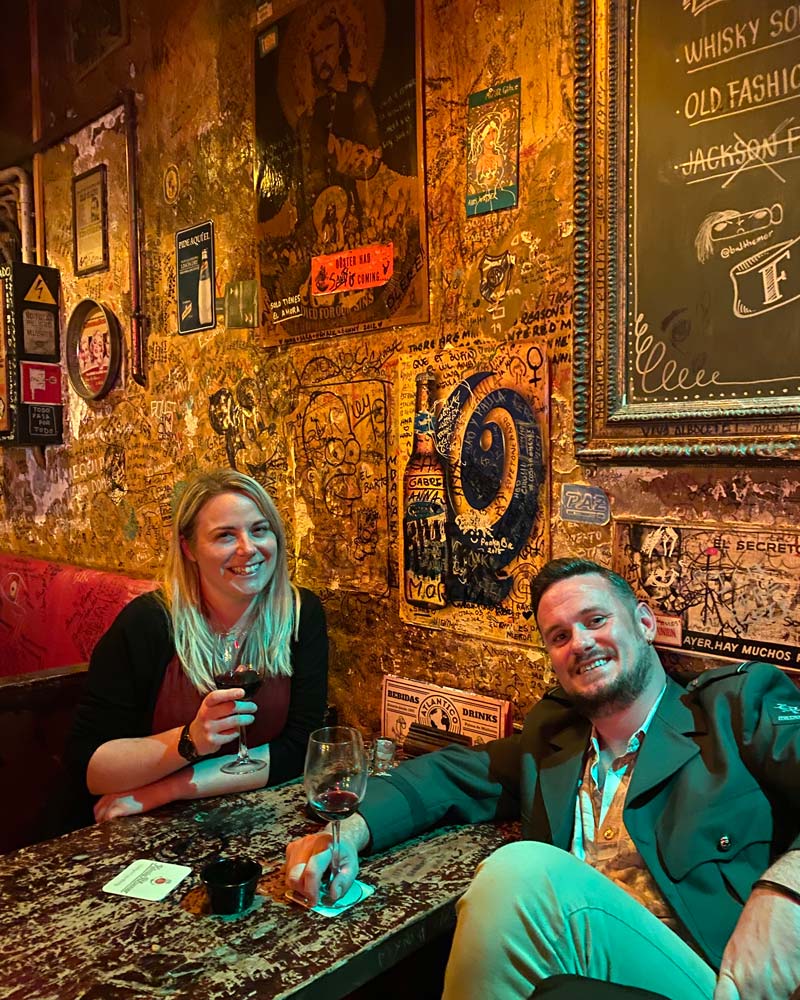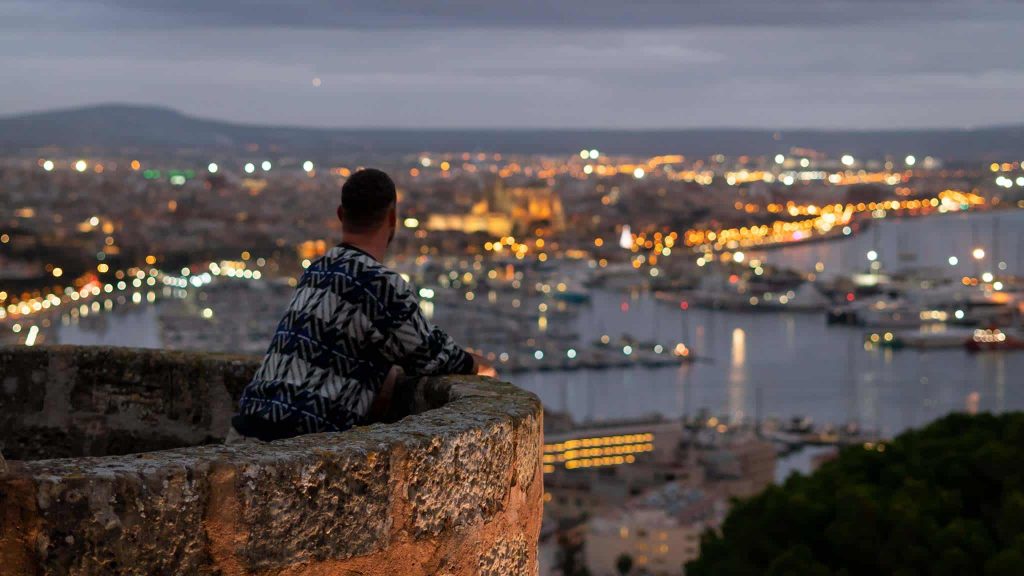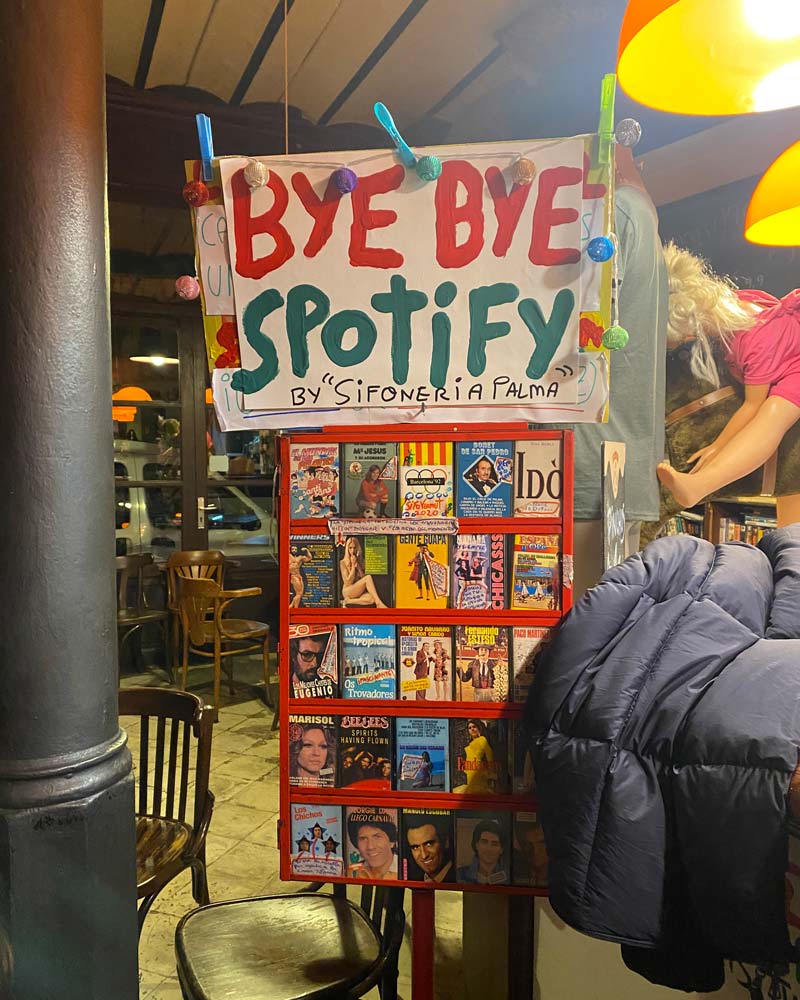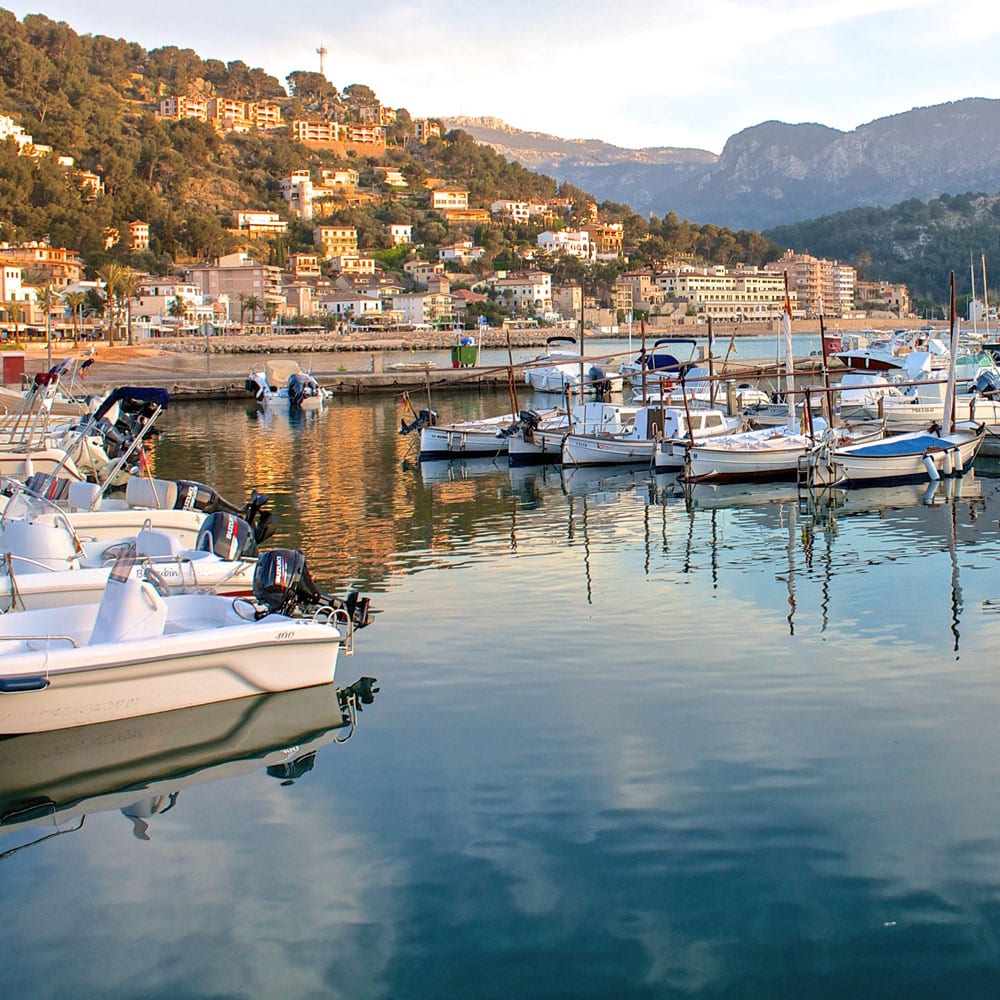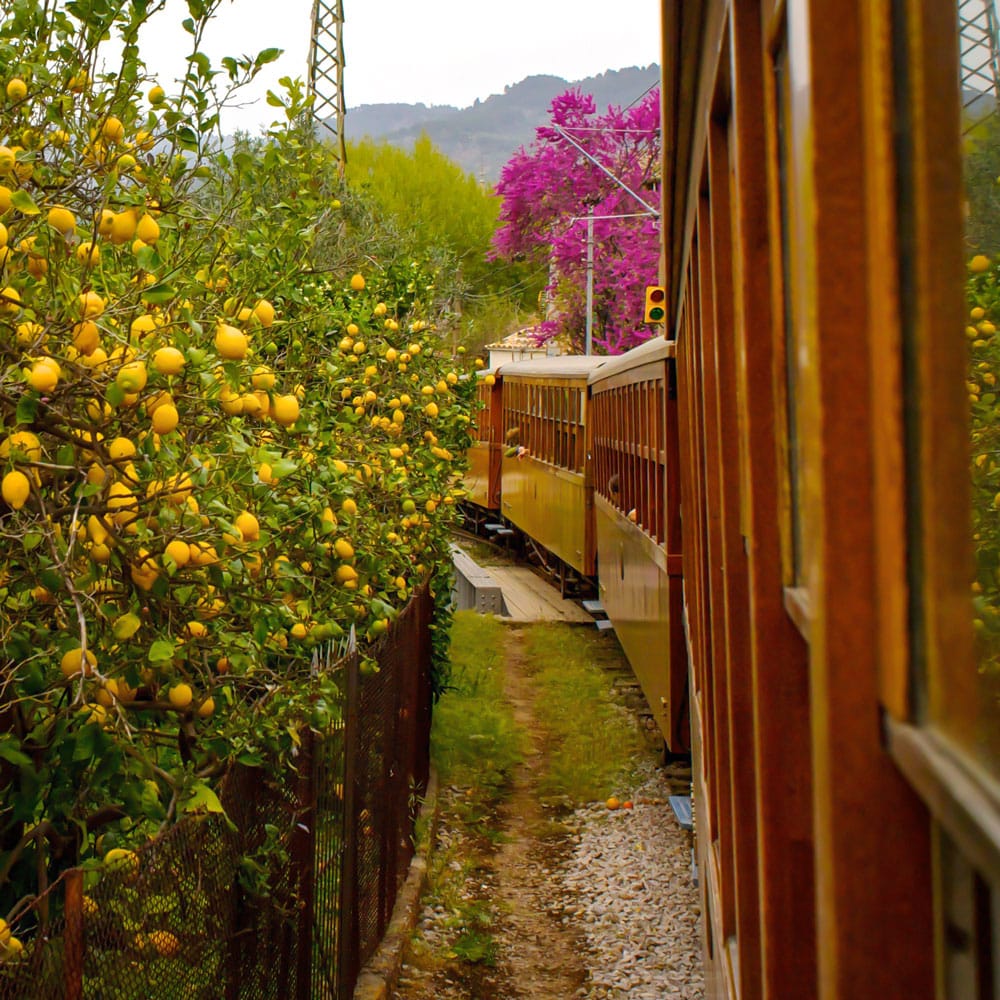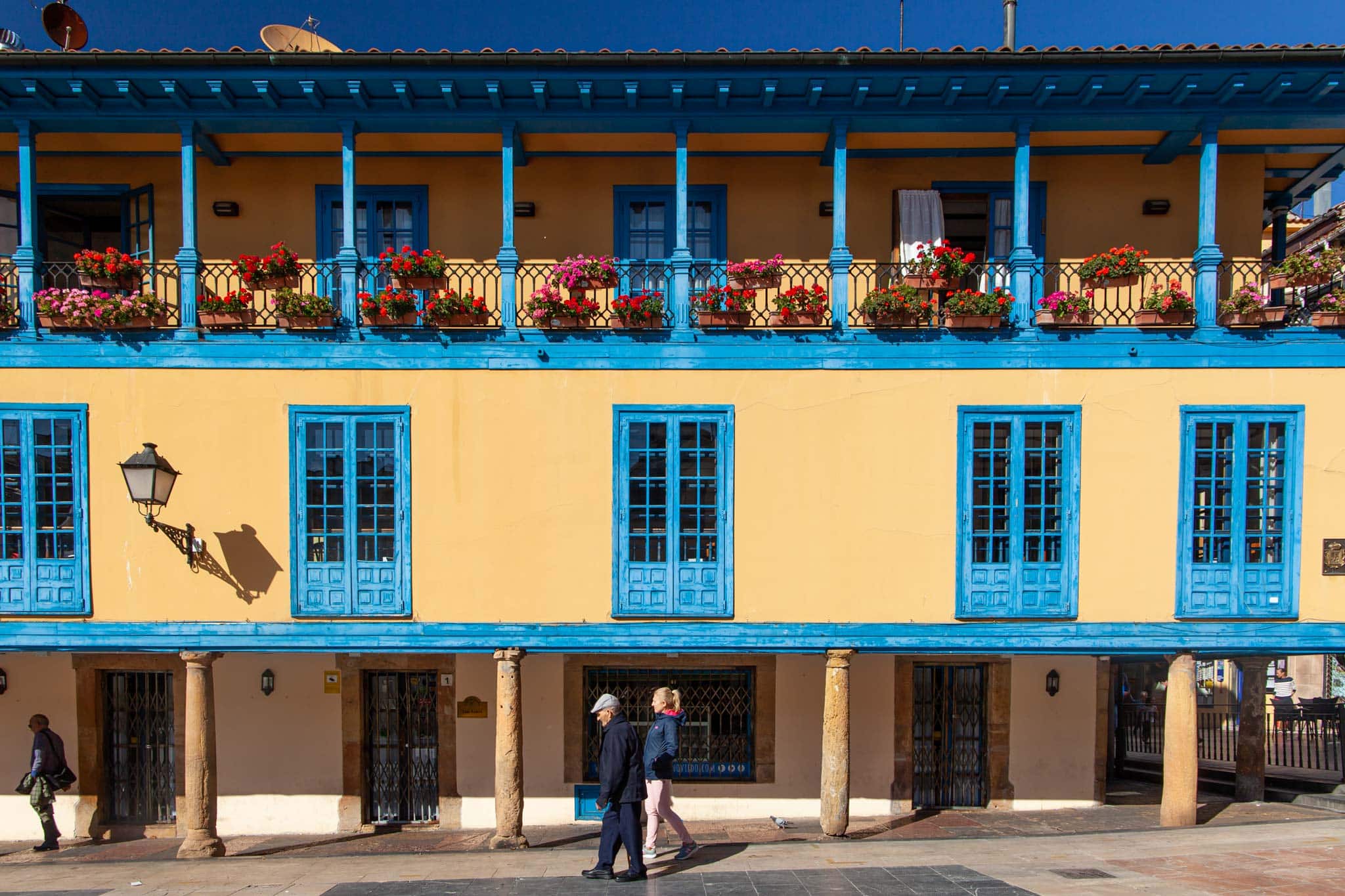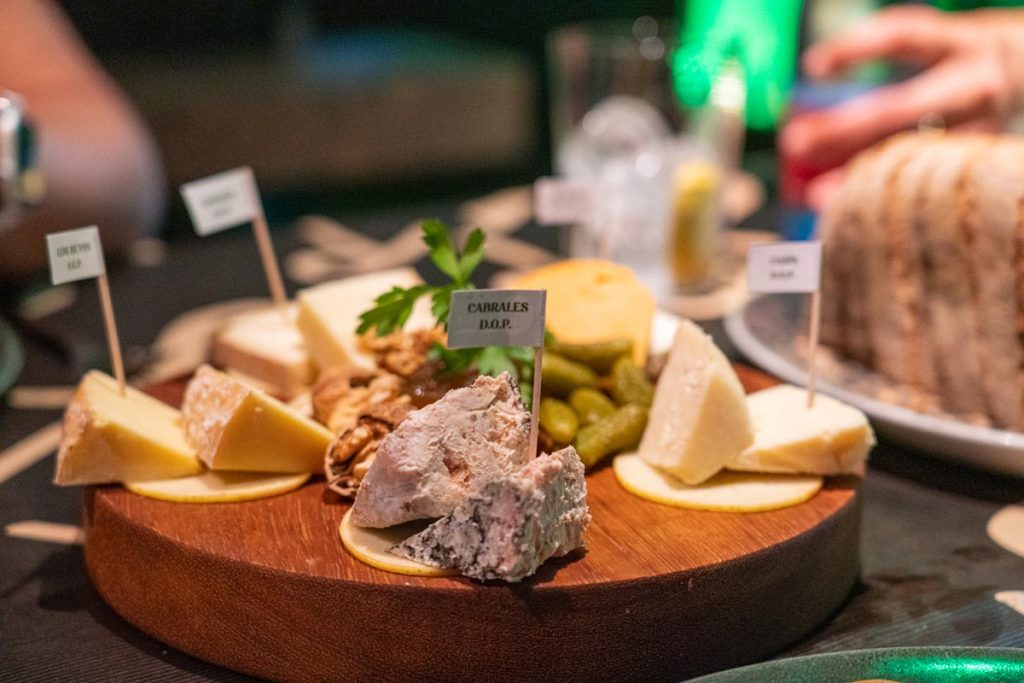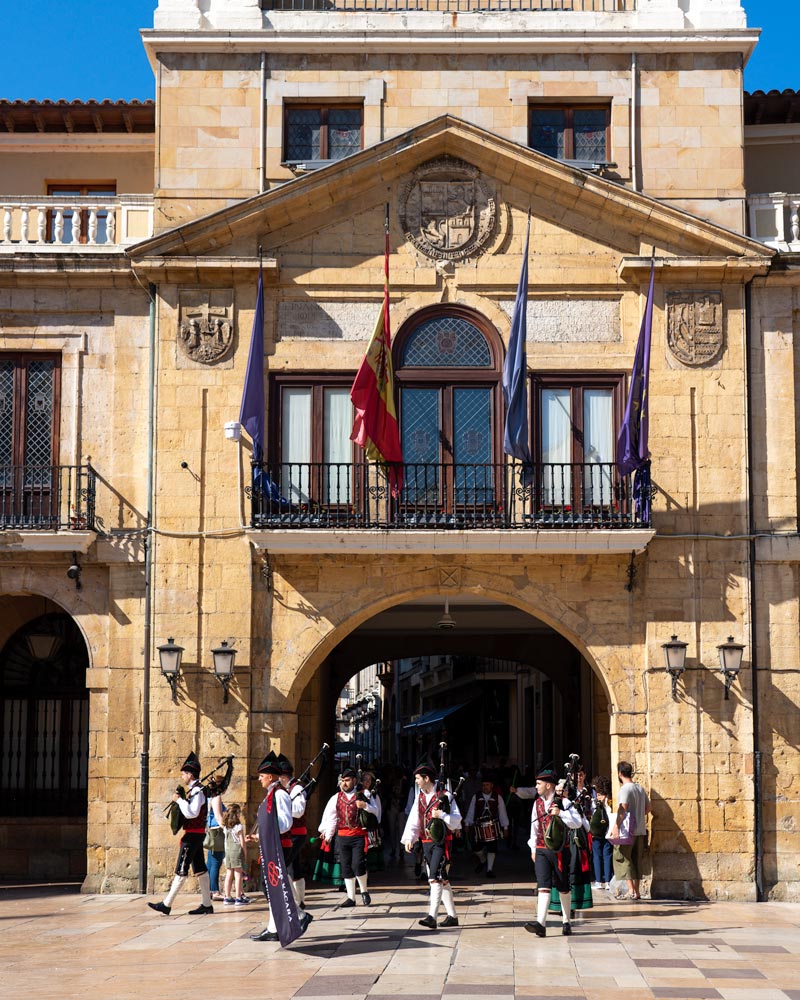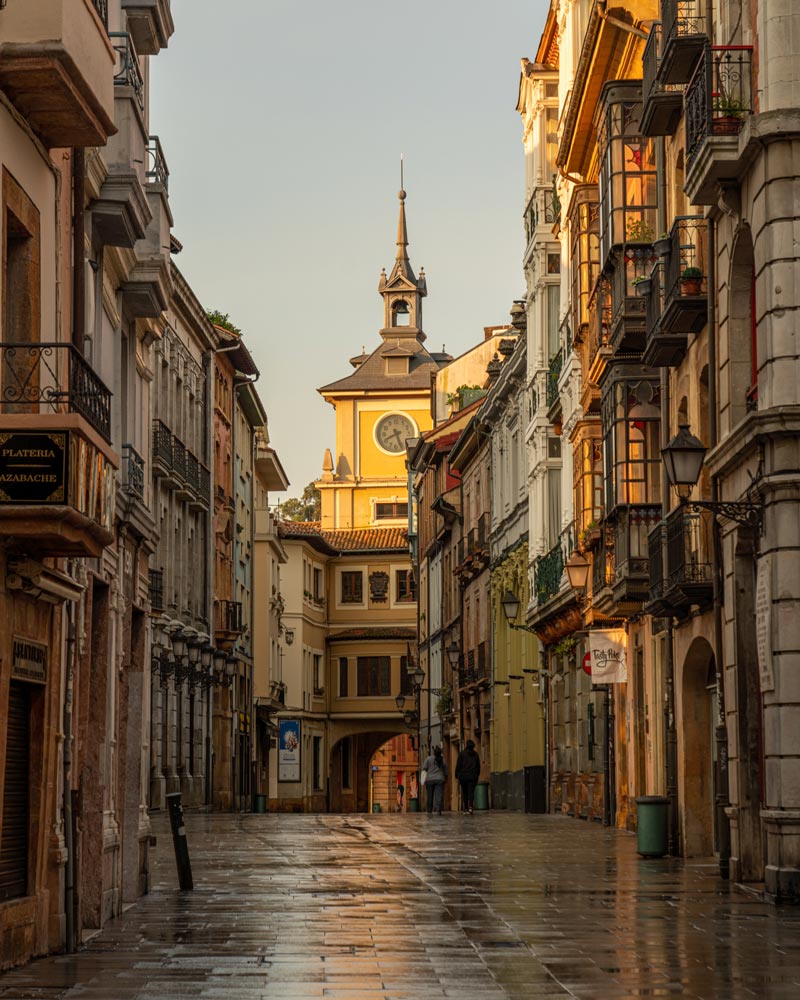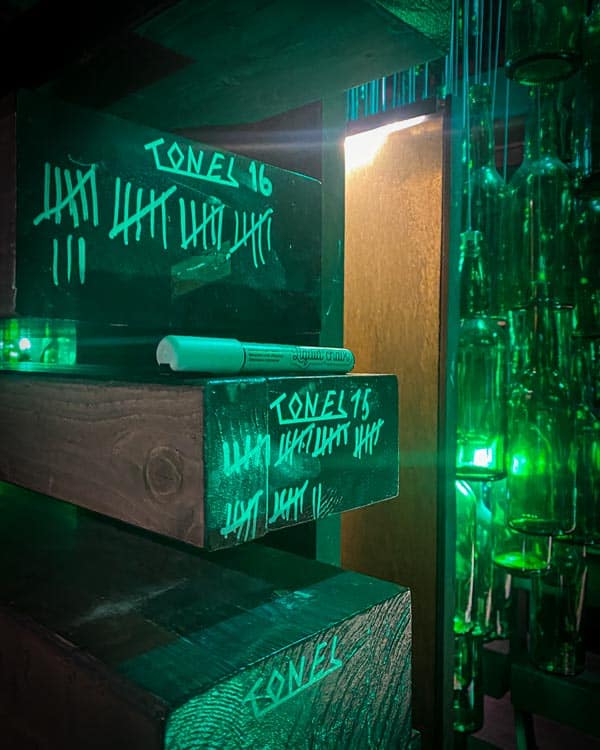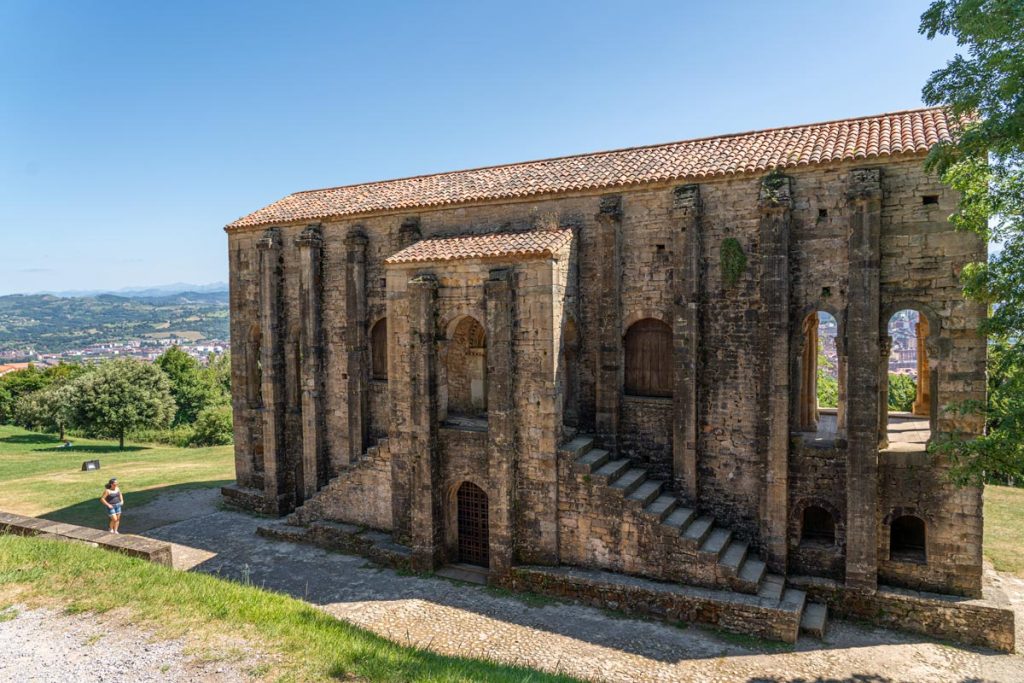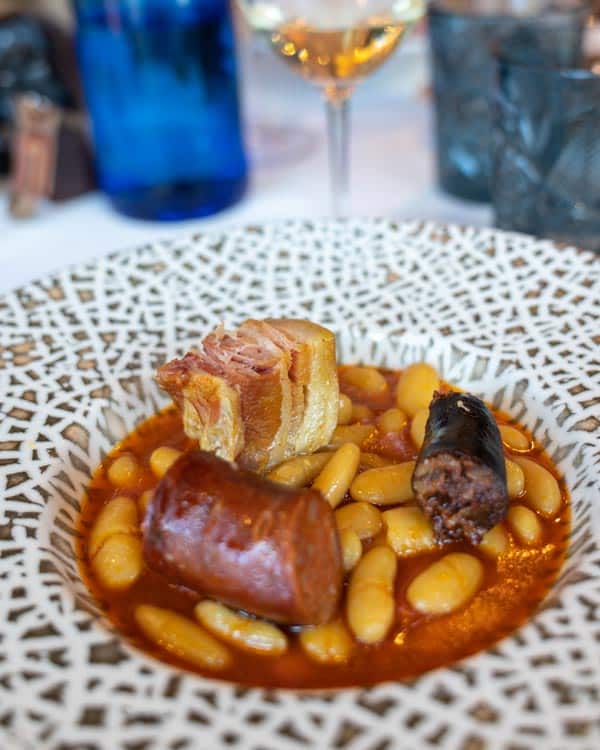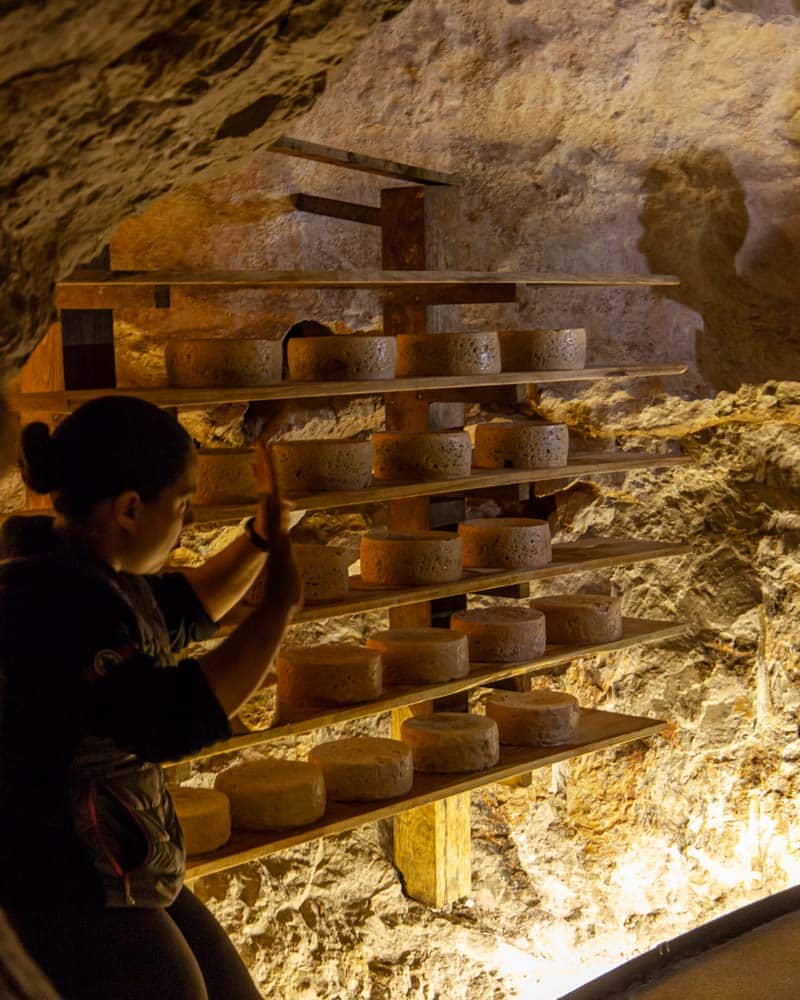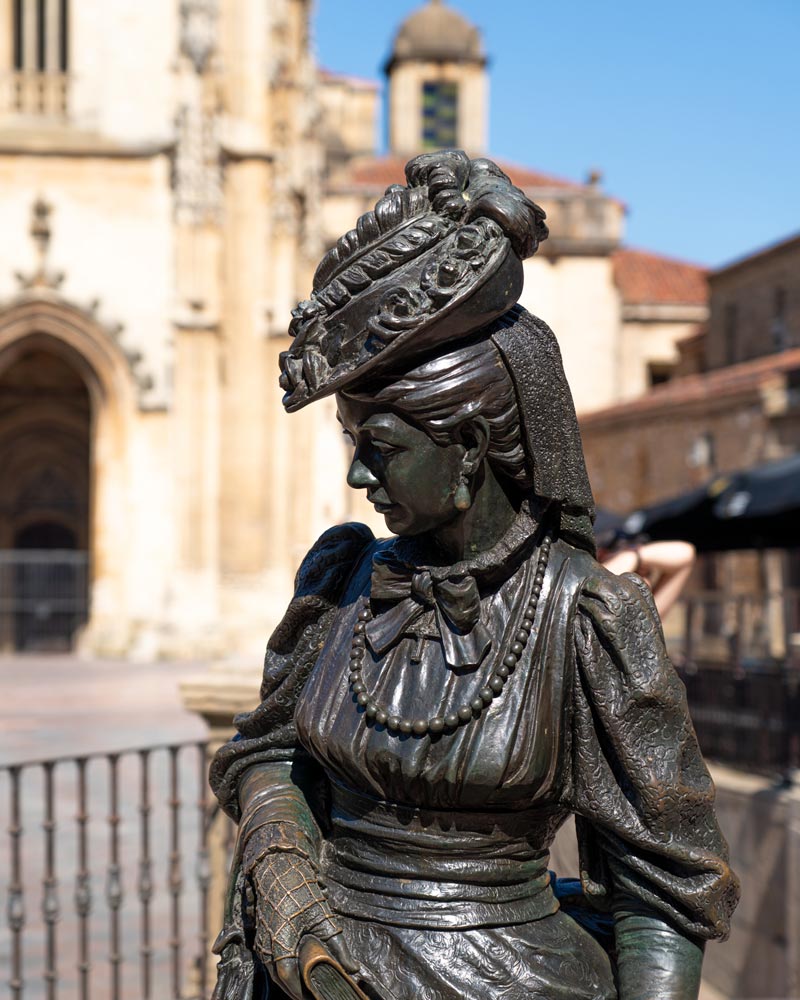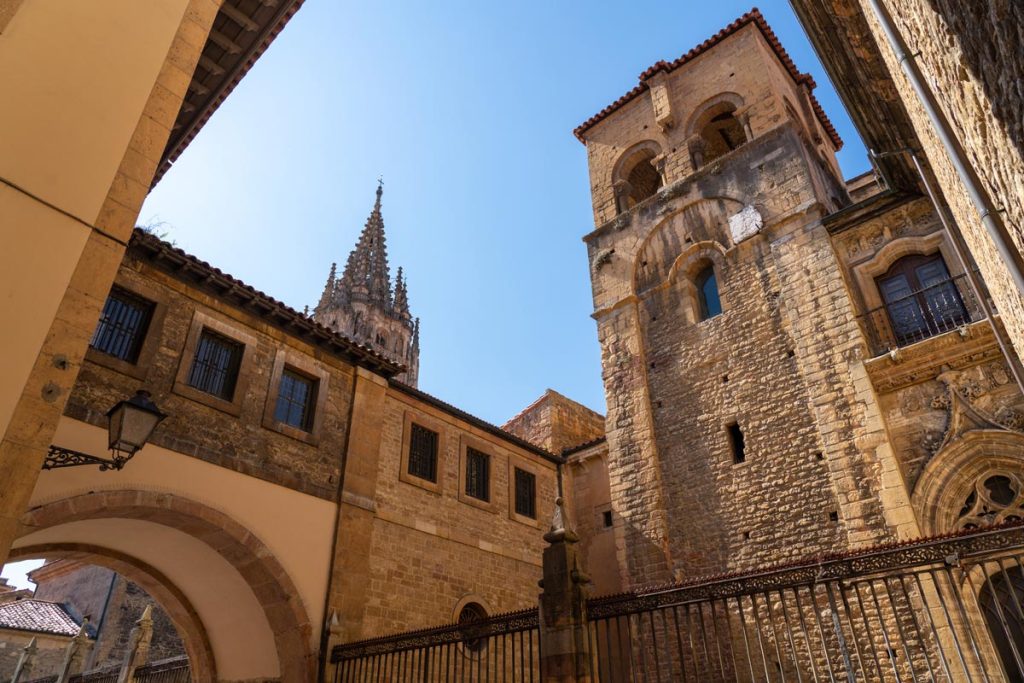The Adelaide to Melbourne drive (or vice versa) is most famous for the Great Ocean Road. Yet, beyond the famous limestone cliffs, there waits a weird big lobster, plenty of penguins, some whales, and a crazy sinkhole.
I’ve completed most of this road trip twice now, and it’s one of my favourite ways to spend 4-7 days in Australia. The rugged cliff roads, clear waters and windy walks make for a killer introduction to both Victoria and South Australia. Being able to cross a state border in this vast country is no mean feat and just another reason to grab some mates and a cool box of beers and head off on the tourist trail of the land down under.
Adelaide to Melbourne campervan rental
Getting a car is one option for this route, and I have done it both ways. Personally, I am a total convert to the Van Life after living in Big Bertha, pictured below, and enjoying the luxury of not one but two double beds wherever I go. (This is the Britz Voyager model).
It should be noted that on a fair chunk of this route you can’t wild camp, so to be legal, you will have to pay for a campsite (although the odd free one may be available), Something to factor into your trip cost.
I loved my Britz Camper rental, and being the only camper company I have used in NZ/Australia, they are my recommendation. They usually have a sale, which means no one-way fees; they make their own campers, so you know it’s good if anything does happen to go wrong, and the slightly out-of-the-city locations make pick up/drop off a no-traffic easy sailing.
If you decide to opt for car hire, we used Thrifty, which was a decent-priced option.

How long is the drive from Adelaide to Melbourne
Technically, if you go inland, you can do it in about nine hours, but along the coastline will be longer. But don’t be a speedy fool; slow down and enjoy one of the best drives in Australia.
This is one of the quicker of Australia’s great drives, which leaves you plenty of time to tackle some others, such as the stunning Broome to Darwin road trip in lesser-explored Western Australia.
I did it over four days the first time which the below with accommodation stops covers, the second time I had a few days in the Bellarine Peninsula first coming the other way. I’ve done it with family and friends, and it’s awesome either way, but sadly, most of my photos got stolen along with my camera, so excuse the slightly crappy Facebook upload images on this.
Anyway, let’s go!

Adelaide
All I can say about Adelaide is this: It gets a fairly bad rep as not having too much to offer, but I liked the vibe here. It’s kind of gritty yet kinda cool, yet not so much going on. It’s a good place just to spend a couple of down days kicking back, having some beers and chilling out, especially if you’ve just got off a super long train trip on The Ghan. I wish I had spent enough time here to write some more details, but luckily, this post is about getting from Adelaide to Melbourne and not the city itself, so let’s get this road trip started…
Cleland Wildlife Park
Before I first came to Australia, I thought there would be Kangaroos and Koalas everywhere. After four days of driving through the East Coast and exploring all the best things to do in Queensland, I’d only seen a few dead ones (road kill, they are seen as pests over here). Cleland Conservation Park is, therefore, a great place with a guarantee of seeing them. This protected park is just outside Adelaide’s city centre and an excellent spot to start your Adelaide to Melbourne road trip.

Fleurieu Peninsula
Once you’ve had your wildlife fix, follow the road along the Fleurieu Peninsula to the first slice of coast you will get on this road trip. If you want to do some boozing, then turn off to the McLaren Wine Region, although I kept my slice of vineyards for the Bellarine wineries at the end of the trip.
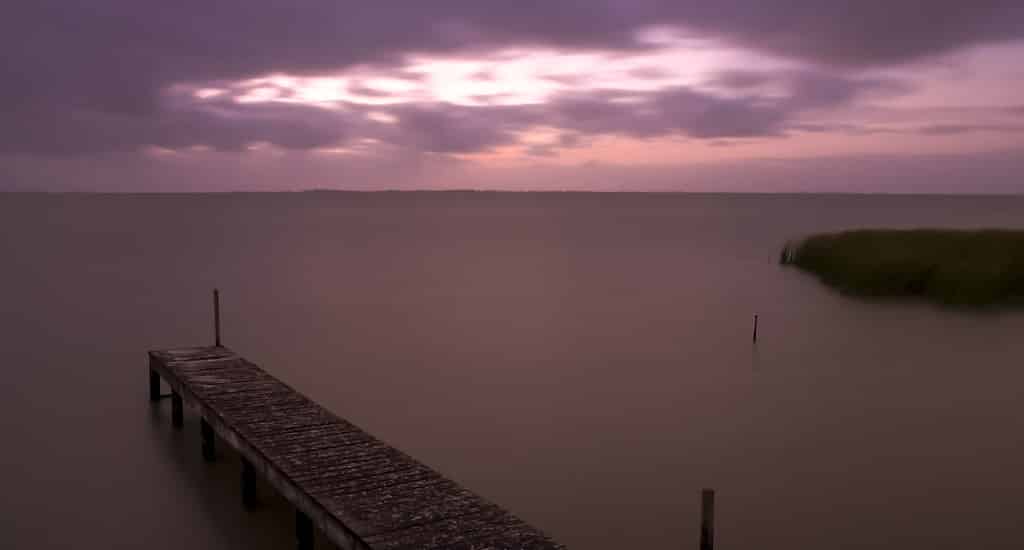
Lake Albert / Meningie
The freshwater body of Lake Albert attracts a lot of pelicans, which, for me, was the main draw. It’s always quite impressive because it’s not a calm lake at all, thanks to the inflow of water from nearby Lake Alexandrina. If you are into birds and feel like nothing is around, here is your spot.
Meningie is the only major town (cough, population approx 1000) on the Lake, and while we opted to crash here for the first night to see the sunset, it was a bit of a disaster, as explained in my non-accommodation recommendations below.
To Camp: Lake Albert Caravan Park has an impressive stop on the lake to set up camp, watch the pelicans and sink a few cold ones to an awesome sunset. Job done.
Upgrade: The place I stayed at here was perhaps the worst accommodation I have ever slept in. My mum booked it based on the views and not the god-awful Trip Advisor reviews. After falling asleep fully clothed on top of the bed because I assumed I would get some kind of disease, I awoke covered in hundreds of dead flies… So yeah, I have no recommendation at all for this place.
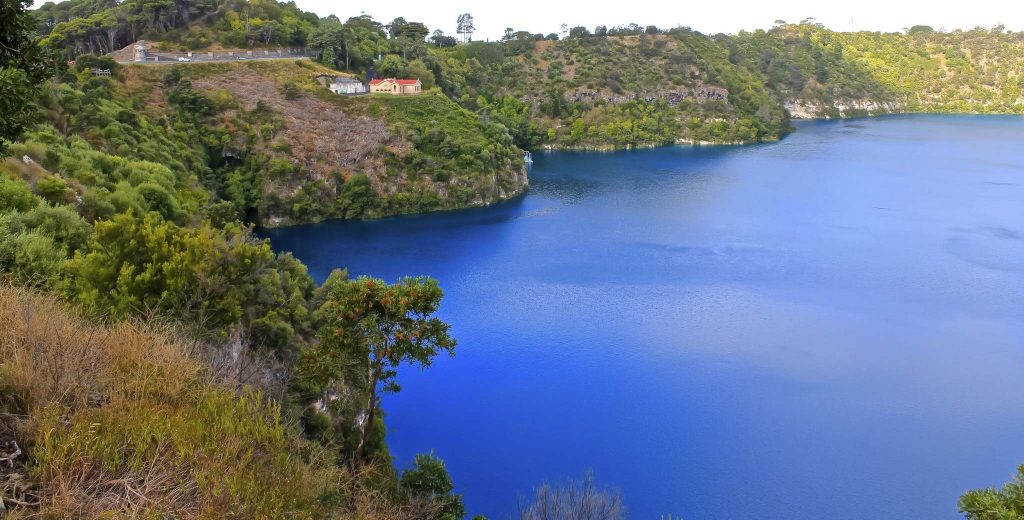
Coorong National Park
A must on your Adelaide to Melbourne road trip is the Coorong National Park, which you will already be in once you arrive at Lake Albert. Hire a Kayak early in the morning to take in the lagoons and their peaceful and impressive wildlife.
The vibes are laid back, and the windy coastline is an excellent way to start the day exploring Salt Creek or Narrung.
The Big Lobster
If you have spent any time travelling around Australia or New Zealand, you will know they like big, weird things. The Adelaide to Melbourne trip is no different. The Big Lobster has officially become a tourist destination, and it even has a name, Larry the Lobster (creative, huh!).
Swing by Kingston for a coffee stop and get a selfie with one of the oddest things you’ll likely ever post to Facebook.
Beachport
The Beachport Conservation Park is another example of just how much protected nature and wildlife the extended Adelaide to Melbourne drive has. Turn off from the coast towards Lake George, and you’ll find yourself a walking path suitable for a stroll to break up the drive.
If you get the chance to learn about the Aboriginal culture in Australia, then you should take it, and this region has plenty of history.
Back on the coast, you can take the seaside pathway towards the lighthouse, which offers a viewpoint towards Penguin Island. You’ll likely need binoculars and luck to see the small population of penguins here, but no fear; once you get to Melbourne, you can head to St Kilda Beach Breakwater and see them a little closer.

Mount Gambier
Mount Gambier was one of my favourite stops in South Australia and also one of the weirdest. Compared to most places you’ll visit on the Adelaide to Melbourne route, it’s quite a happening city with a lot of bars, restaurants and late-night gambling opportunities. That said, in January a popular tourist time of year it was also strangely deserted, it almost seemed like a city built and waiting for people to move in. I assume it has a lot of fly-in/out workers.
Once you’ve checked out the Blue Lake (which is really one of the bluest things you will ever see), head to the city for some modern pub grub and a cheeky drink.
Mount Gambier sinkhole (officially Umpherston Sinkhole) sits in the middle of the city and has been transformed into a well-kept garden space where you can walk down and relax in the gardens. Keep an eye out for Possums, which are adorable (not like the freaky-ass American ones), even though they are still considered a big pest here.
At night, the sinkhole walls are lit up with a light and sound show, which tells the story of how the volcano created Mount Gambier, and it’s actually worth pulling up a chair for. All in all, Mount Gambier is pretty dope.
To Camp: The Blue Lake holiday park is close to the lake, and it’s a good spot to park your wheels to rest for the night whilst being close enough to the (slightly odd) nightlife.
Upgrade: If you want cheap and cheerful, the Red Carpet Motel, slightly out of town, does the job.

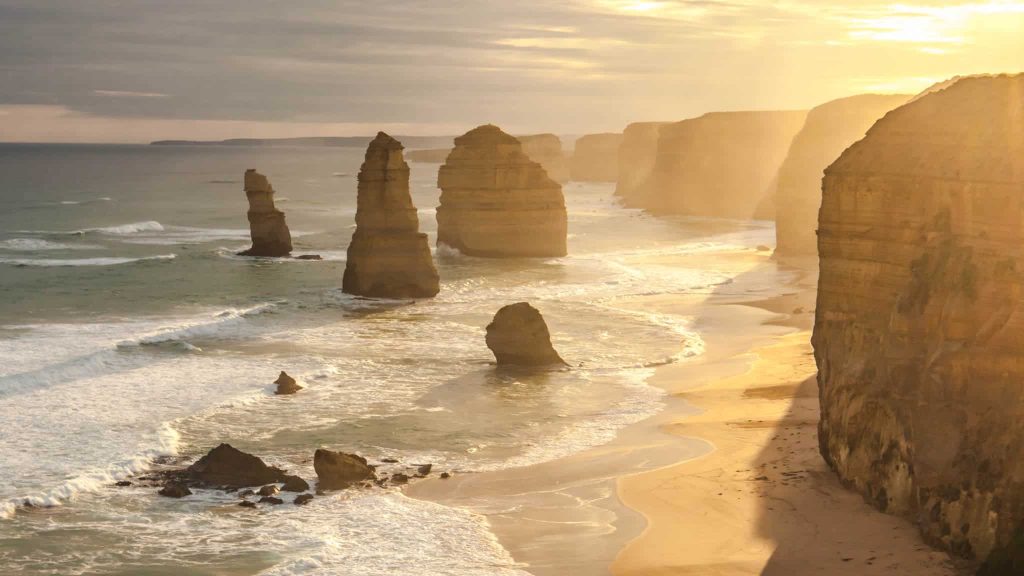


The 12 Apostles
The star of the Great Ocean Road, I’d actually advise you to come ahead the night before for sunset and then again for sunrise. Seeing the different light break along these limestone stocks always provides a unique angle. Sunrise also seems less busy. If you feel like splurging, taking one of the short helicopter flights above isn’t a bad idea for yet another look at one of Australia’s most iconic attractions. Expect crowds.
Great Otway NP
A fair chunk of the Adelaide to Melbourne route is along the coast, but surprisingly, the GOR takes quite a dip inland. No complaints, though, because it is through the Great Otway National Park. The mountain ranges are home to some impressive waterfalls, such as Triplet Falls, and the various boardwalks offer some impressive walks through the park. If you take the main walk to the coast, you will get to the Twelve Apostles. The Cape Otway lighthouse, built in 1848, which is well and pretty historic in modern Australian history, is also viewable from here. Make sure you have one eye peeled for koalas, and if you don’t see them, then Kennett River is a must-stop to try again.

Apollo Bay
Honestly, the beach is nice, and the vibes are chilled, but I don’t see why this place gets so much attention. On my last trip, I just drove through. You have so many more places you can stop and enjoy on the Adelaide to Melbourne route with far fewer people. If you pass by and it’s not too busy, then absolutely, stop for a peek and some seafood (it’s a major claim to fame), but if it’s rammed and you just want some sand, perhaps continue.
Lorne
This place has got pretty hip these days. Fancy burger joints, trendy bars and a struggle to find a parking space even on a not-so-sunny day. If you are feeling hungry, want a beach day with facilities or just want to check into an upmarket joint and bake in the sun (SPF40 on, please; this sun is a killer), then Lorne is a popular place for that very reason.
To Camp: Although I didn’t pitch up, I’ve had friends who have camped at the Torquay campgrounds and headed slightly further along from Lorne and said they got a good deal. Free camping is very limited and, for the most part, illegal along most of the surf coast.
Upgrade: If you can get the Mantra on a deal (which I swear this chain always has a deal), then go for it. Super close to the beach, and you get a bit of luxury for a few nights.
Torquay
The seaside town of Torquay is known not only for its excellent surf but also for its big wave events and competitions. If you want to catch some waves while road-tripping from Adelaide to Melbourne, then spend time here. You can even head along the Surf Coast walk, which will take you to some of the best spots in town.
It even has a national surf museum if you really want to be all about the breaks.
Bellarine & Geelong
People usually skip Geelong and the Bellarine Peninsula as they head up the highway back to the city on their Adelaide to Melbourne road trip. Don’t do that and miss out on this chilled-out region. Head to Point Lonsdale to walk its blissful beach and go rock pooling under the rickety pier.
Take the Bellarine Taste Trail, a map of around fifty places to eat, drink and be merry. With craft beer houses, wineries, and so much fresh local produce, it’s the ultimate foodie getaway in Victoria.
Geelong serves up some cool bars and is undergoing vast regeneration, while heading to Queenscliffe is a bit like stepping back in time. I’ve got a whole other guide on a weekend in the Bellarine Peninsula, so check it out for more inspiration.
To Camp: The Big4 Bellarine campsite is conveniently located in the middle of the region, making it an ideal base to call home with the camper.
Upgrade: I was living the Van Life in the Bellarine, so I can’t offer up any go-to suggestions of where to stay, but find someone on the beach, and as always, you’ll be winning!
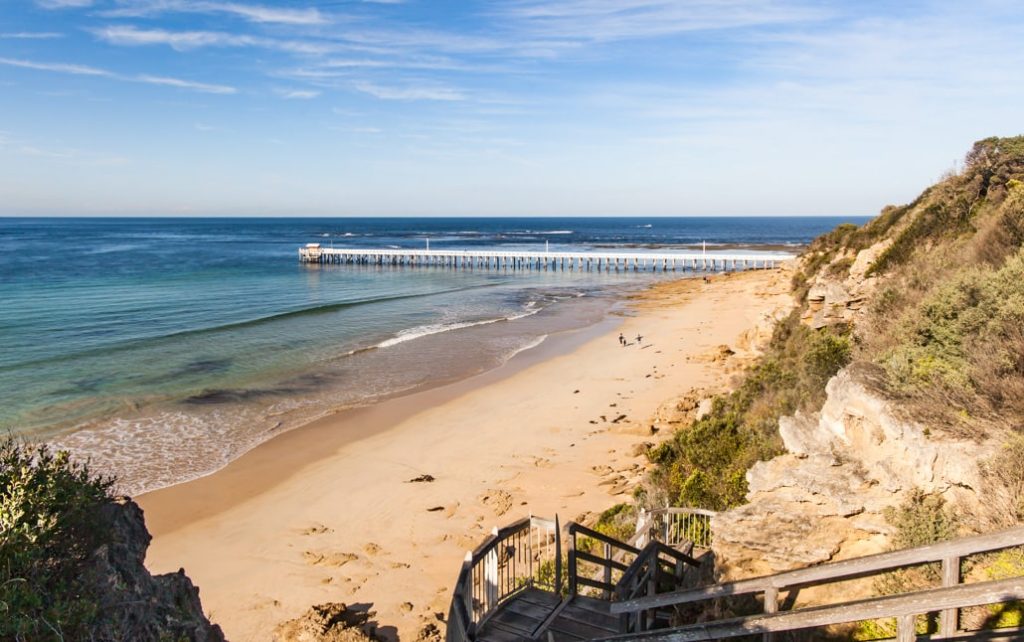
Melbourne
And that’s a wrap. Drop off your Britz campervan on the outskirts of the north of the city, hop on a train, and you are ready to check out the craft beer, take in the buzz and hell, and join a Neighbours set tour if your mum drags you along on one… Melbs is an awesome city, and I think it deserves its own post!
Have an awesome road trip along the great, great ocean road!
Need to know:
Adelaide to Melbourne by Bus: To see all the attractions on the route, it is likely best to take a tour. That said, V-Line offers some bus services throughout the area, which you can find on the map link.
Adelaide to Melbourne Trains: Although this is possible at a stressful ten-hour journey, it takes the inland route, which means skipping all the coastal goodness. Unless you have no other option, I can see no reason you would make this trip by train. There are some trains which connect with buses to do this – see the VLine link above.
The one-way fees can sometimes cause quite an increase in price, but luckily, Britz (and most others) will often waive these or have a sale on to skip them as it’s such a popular route to do in both directions.
